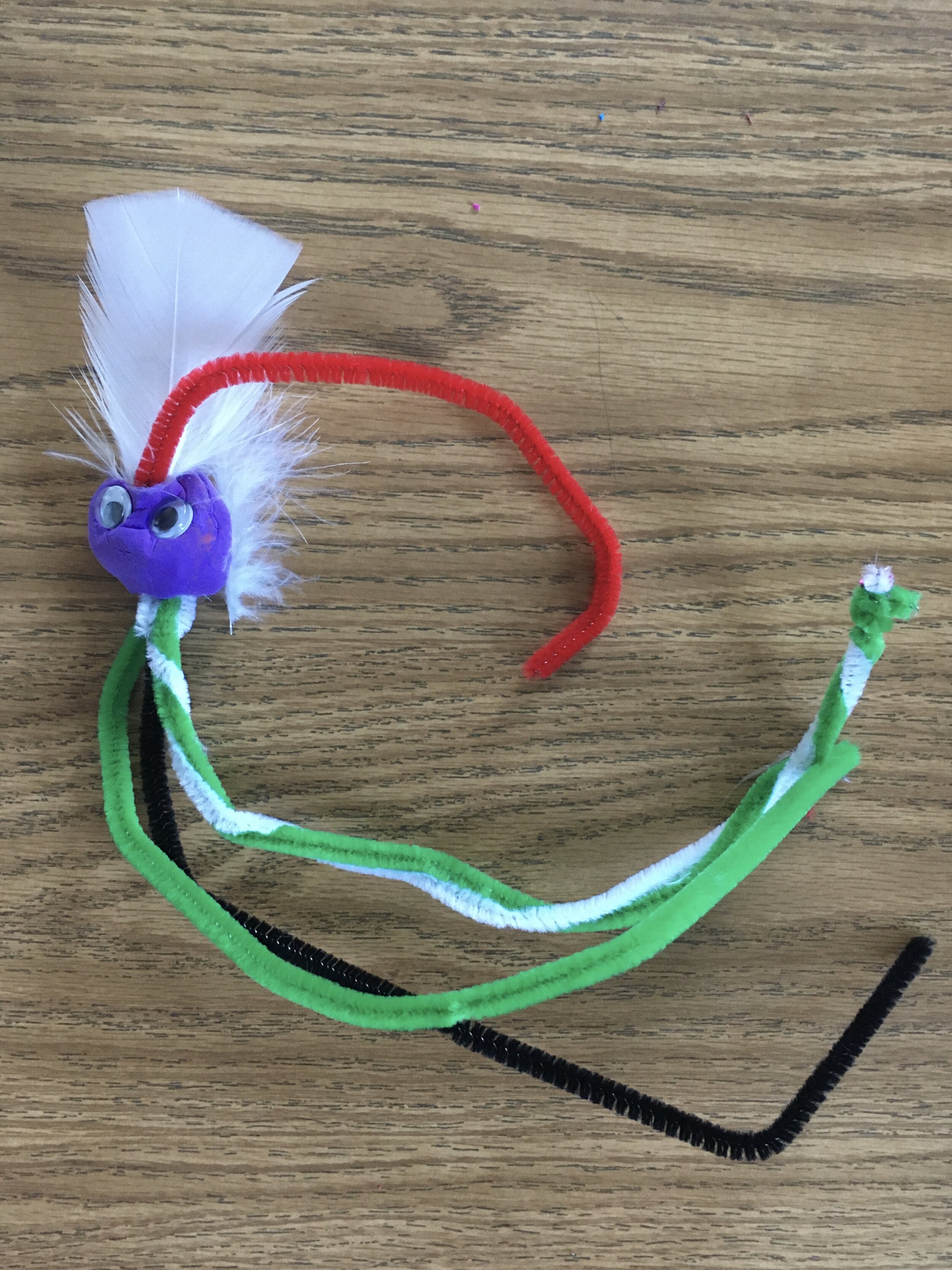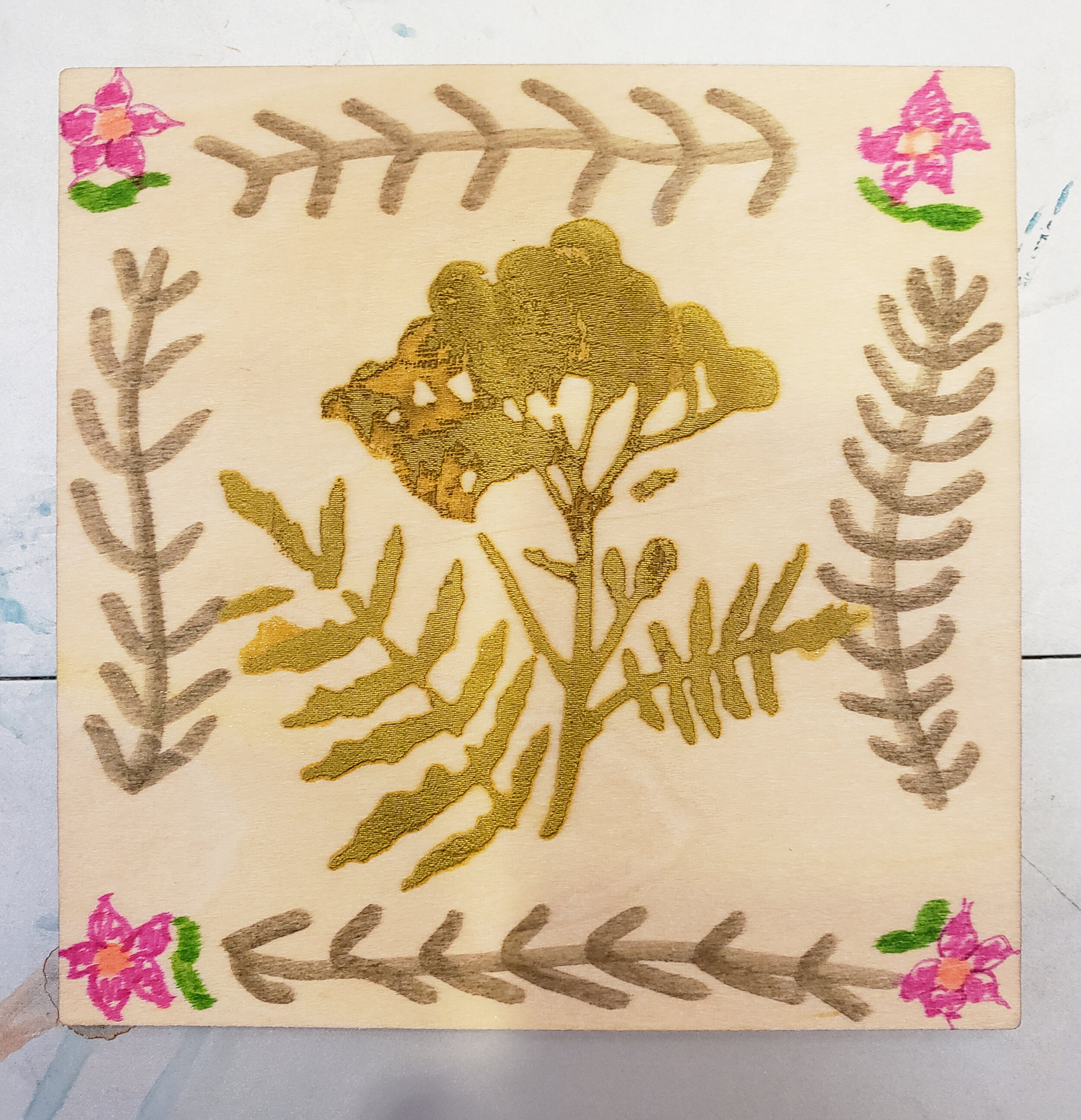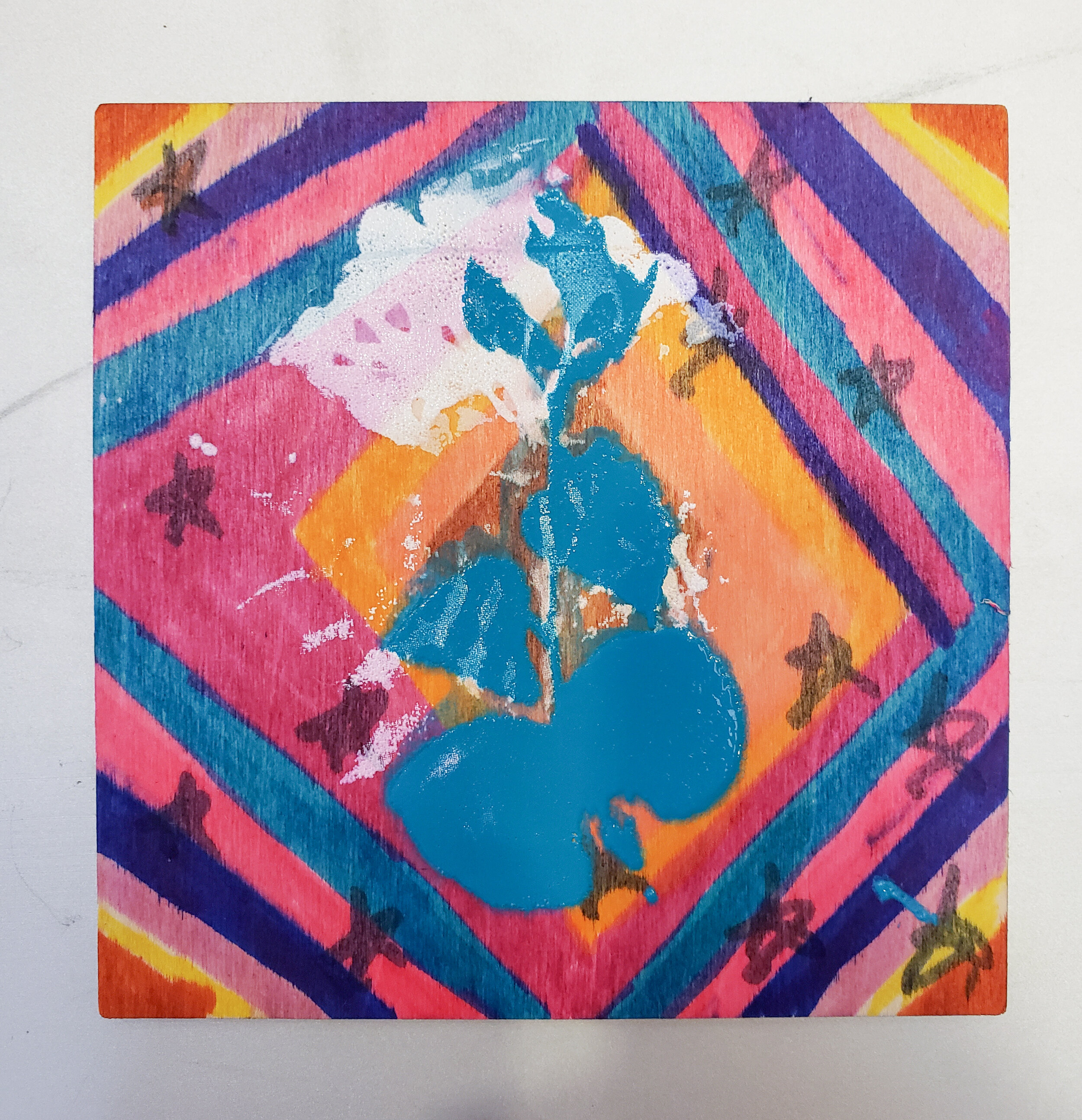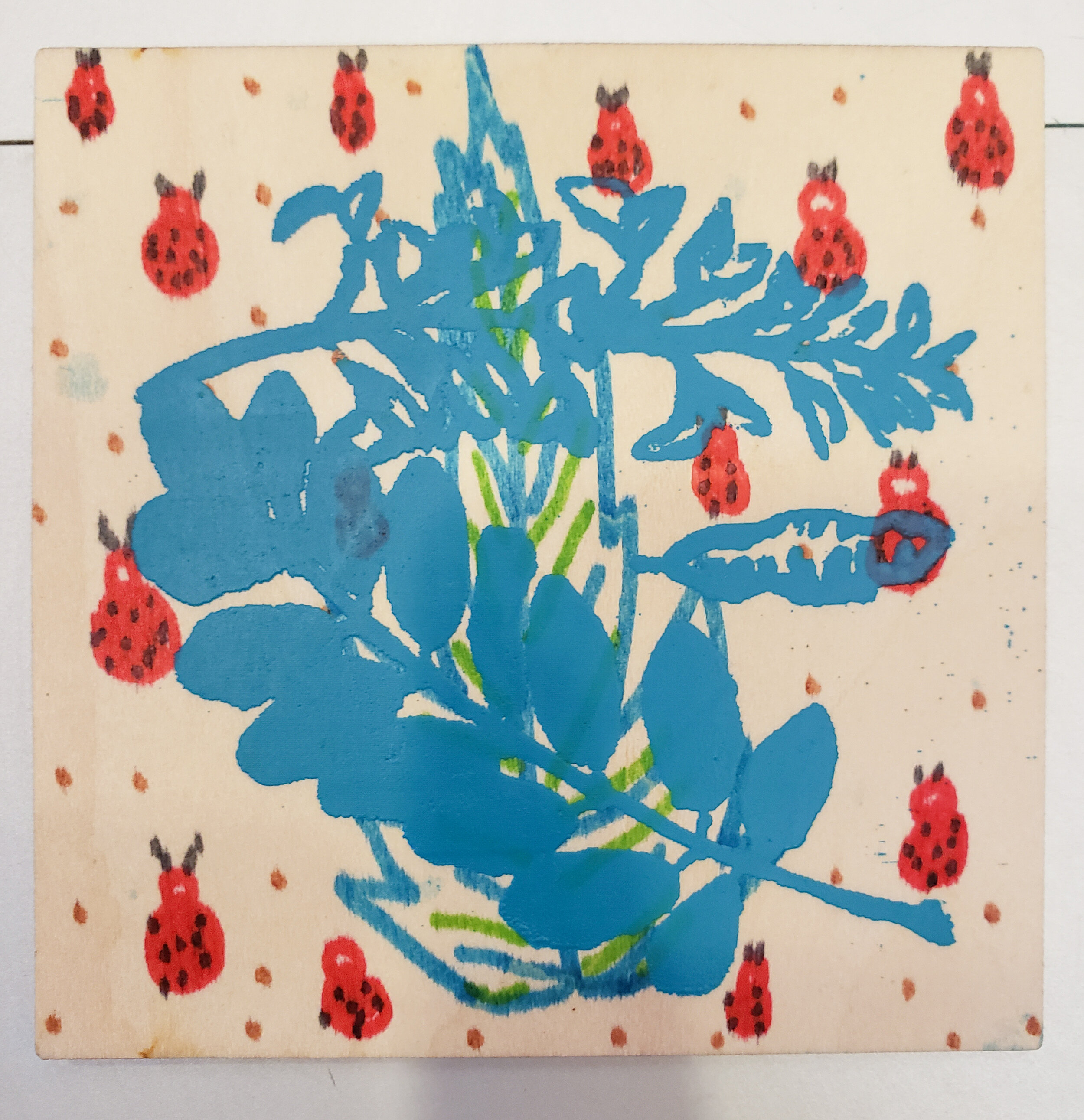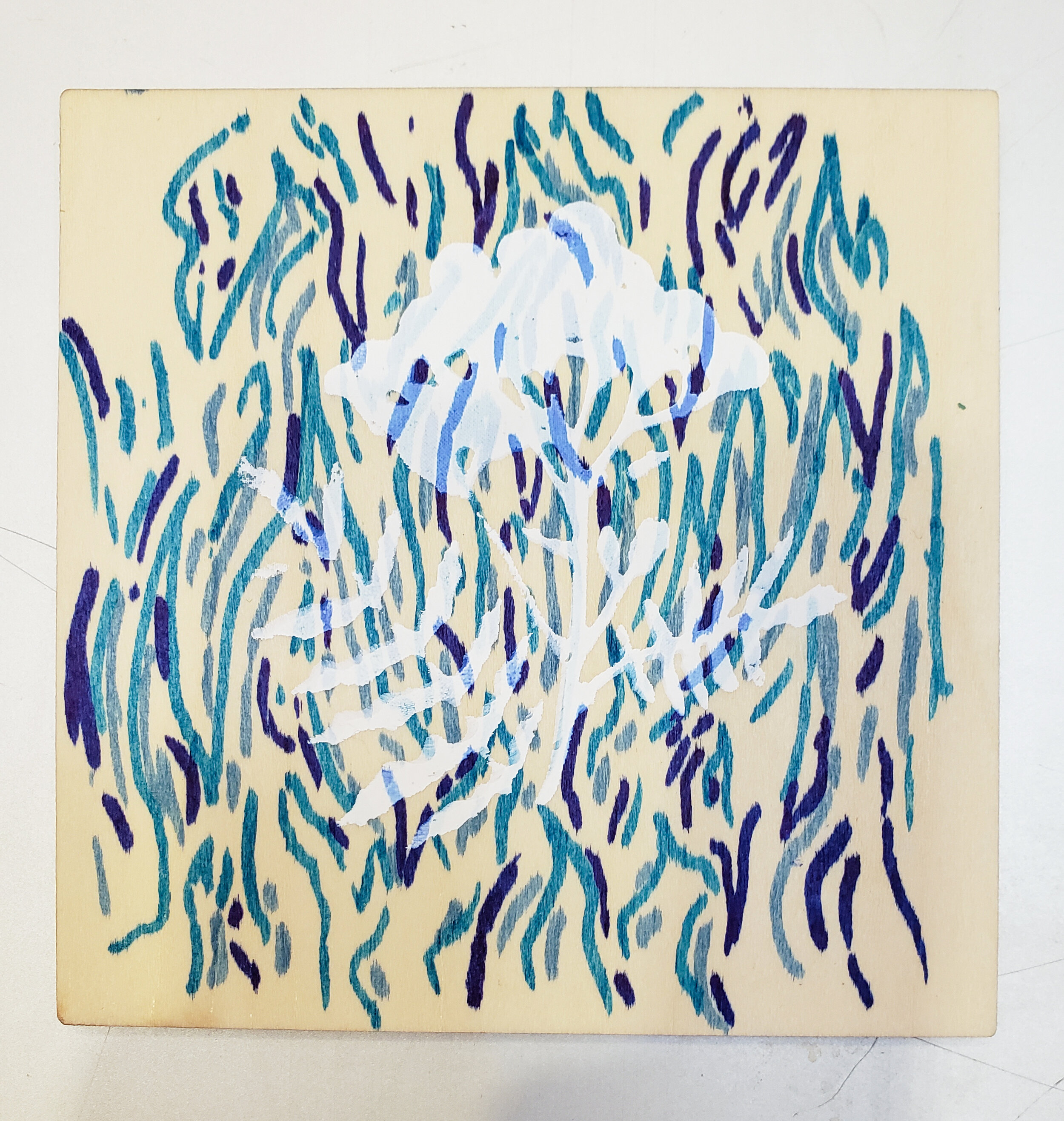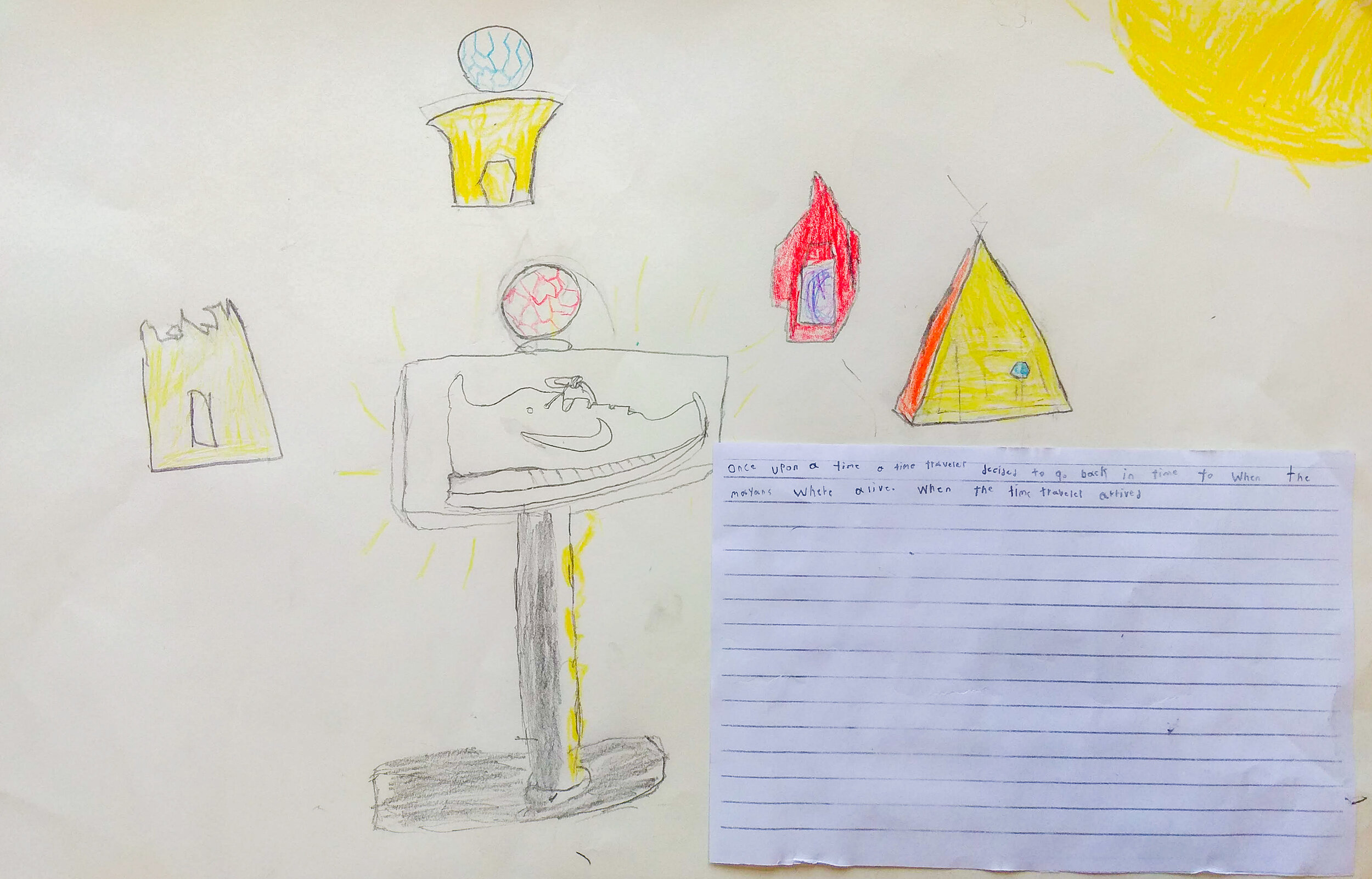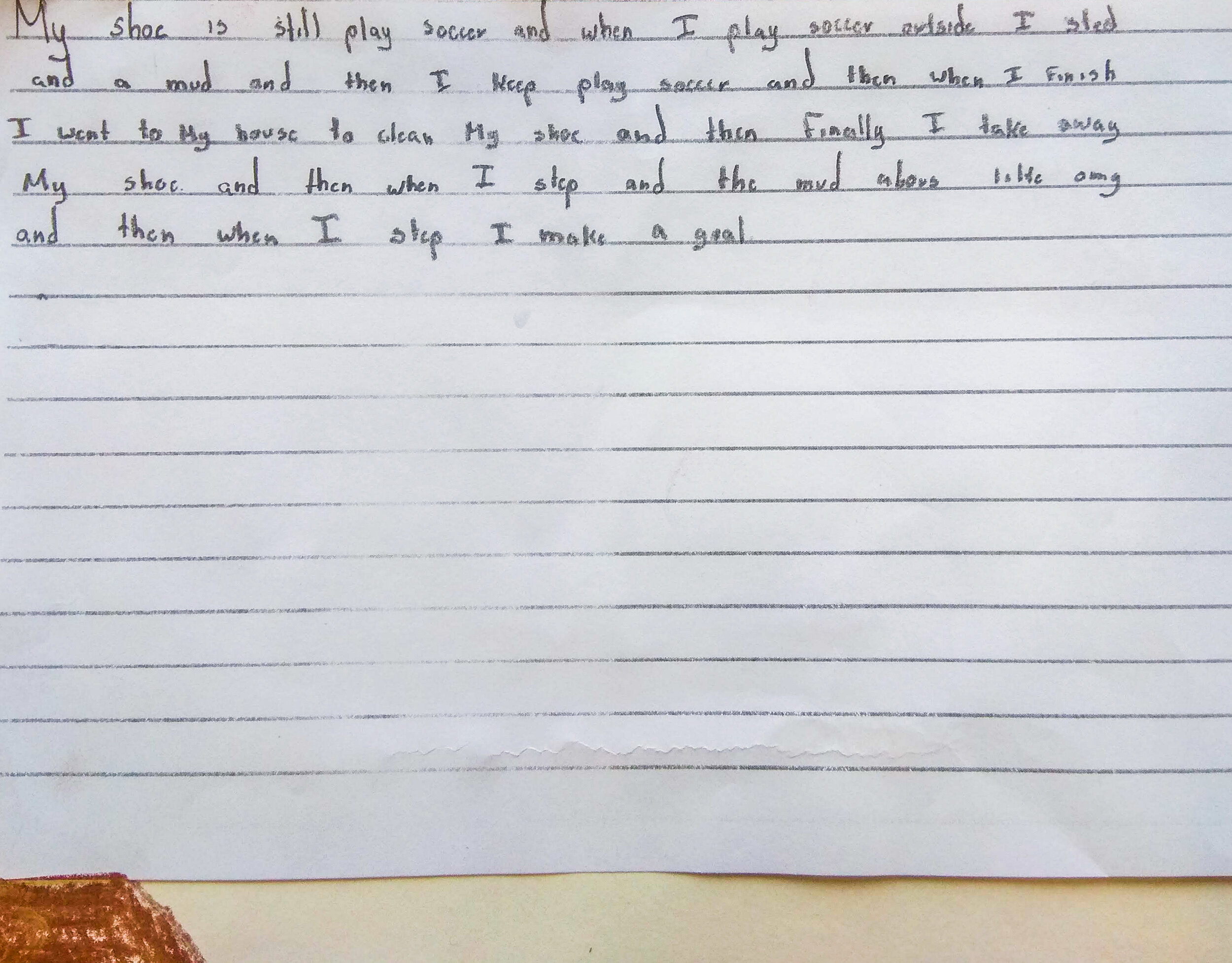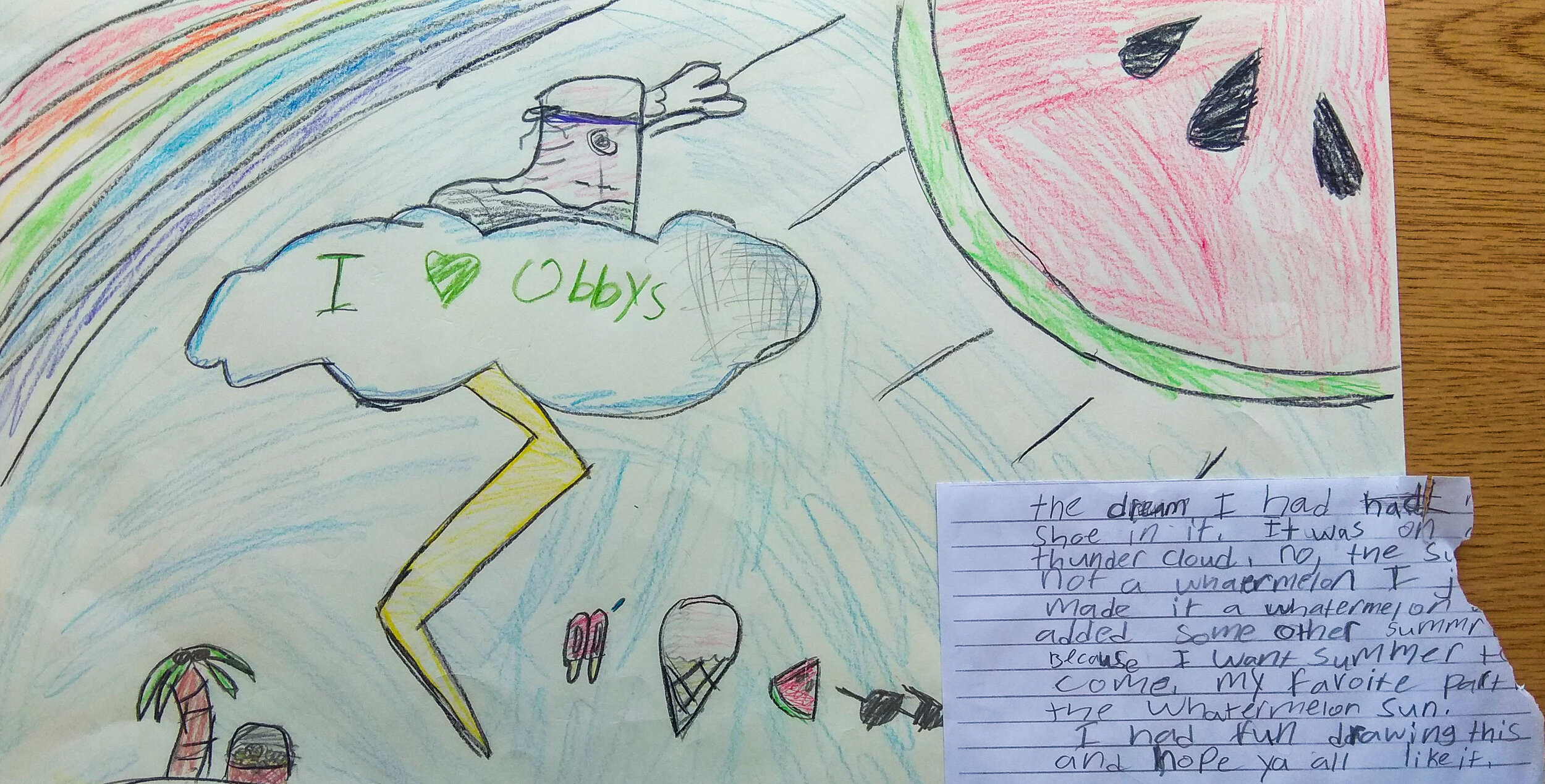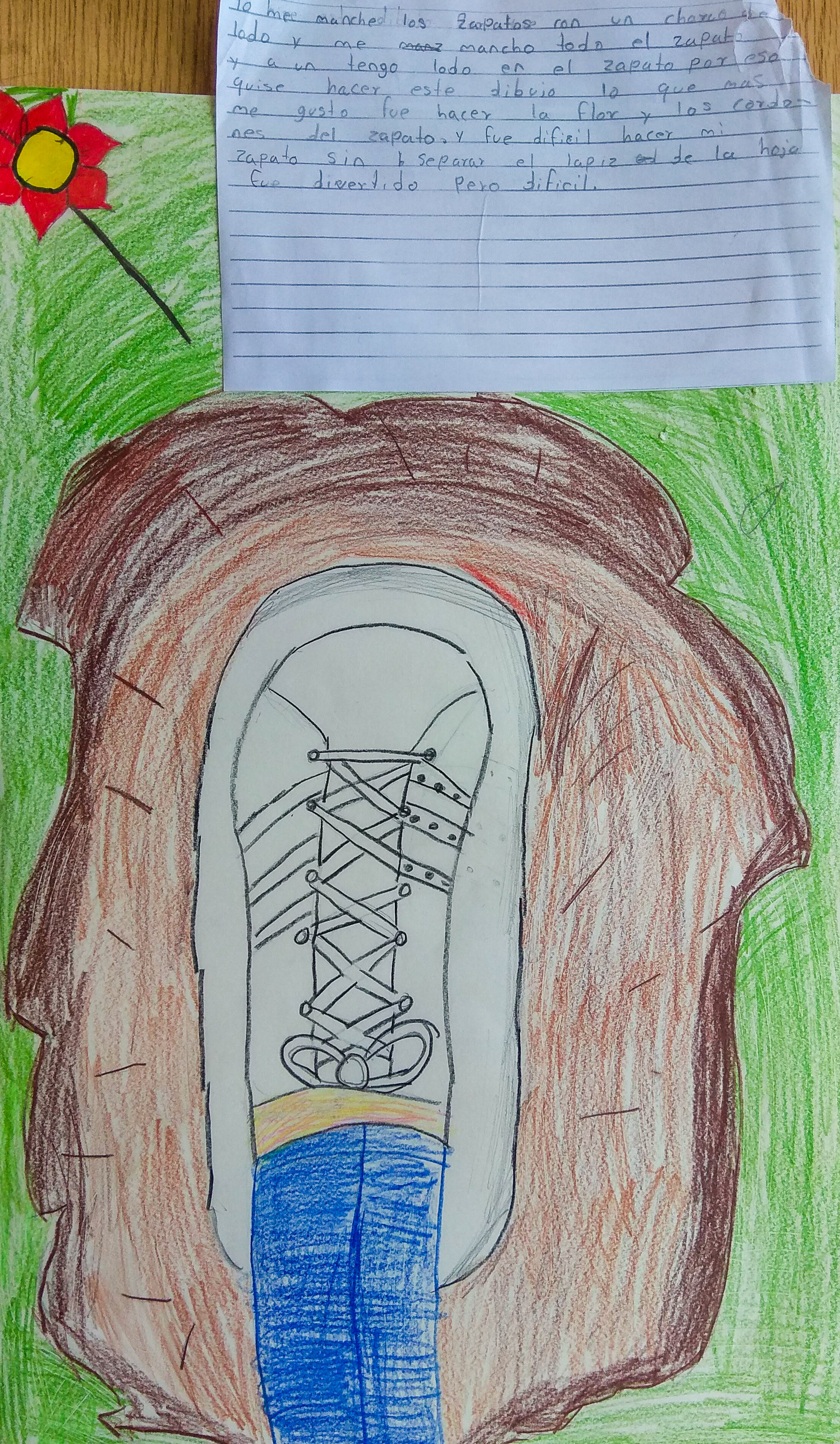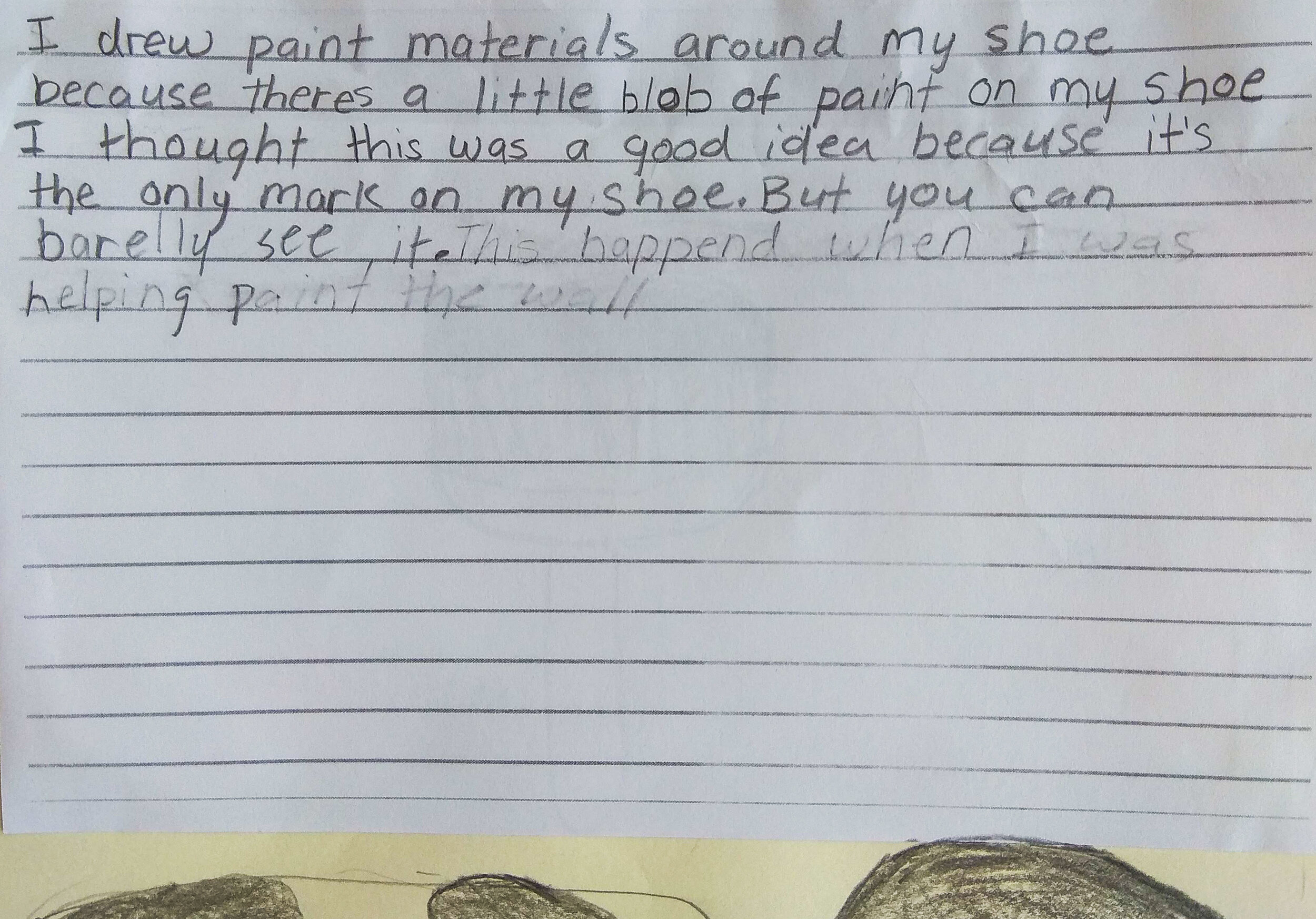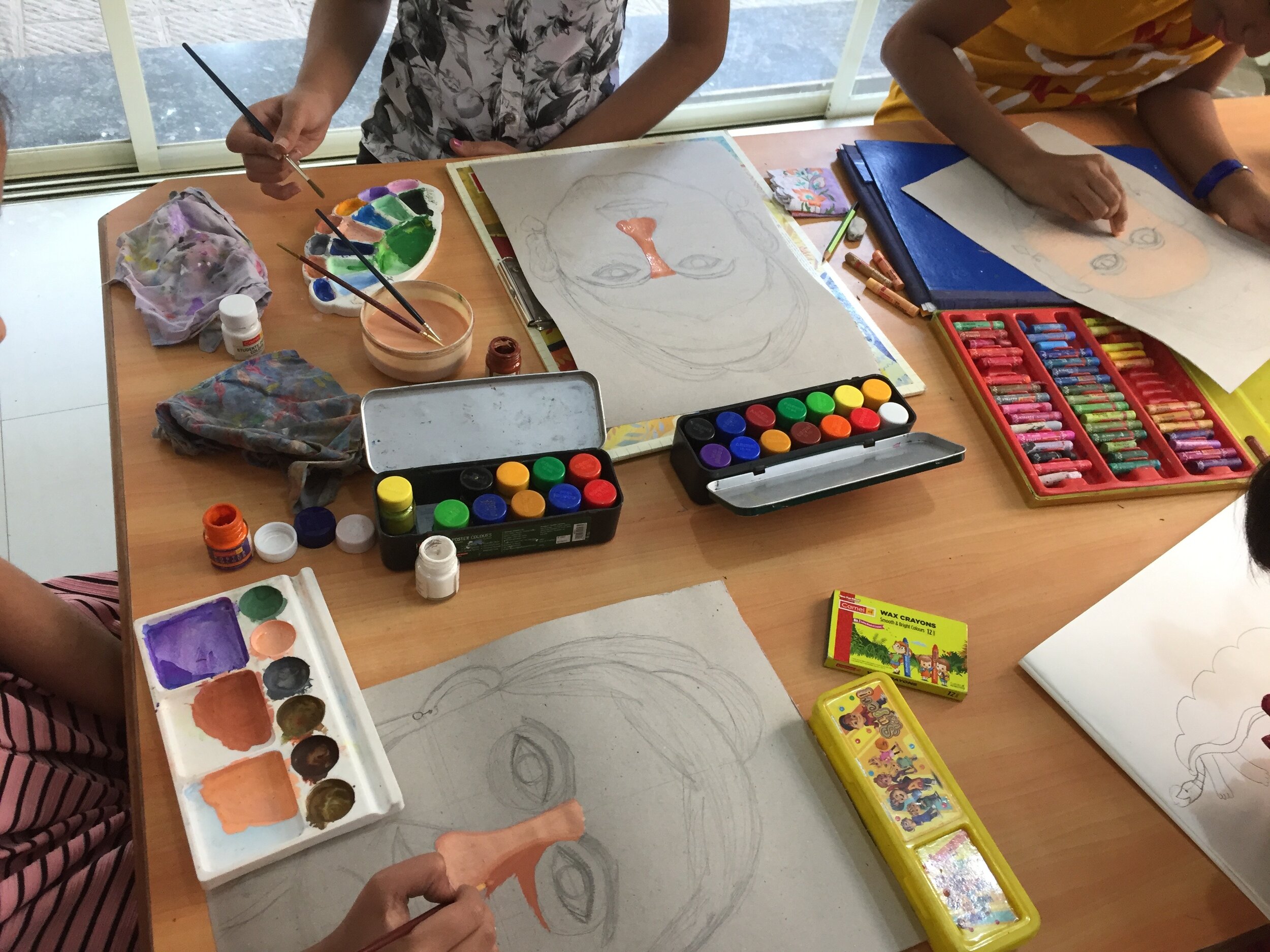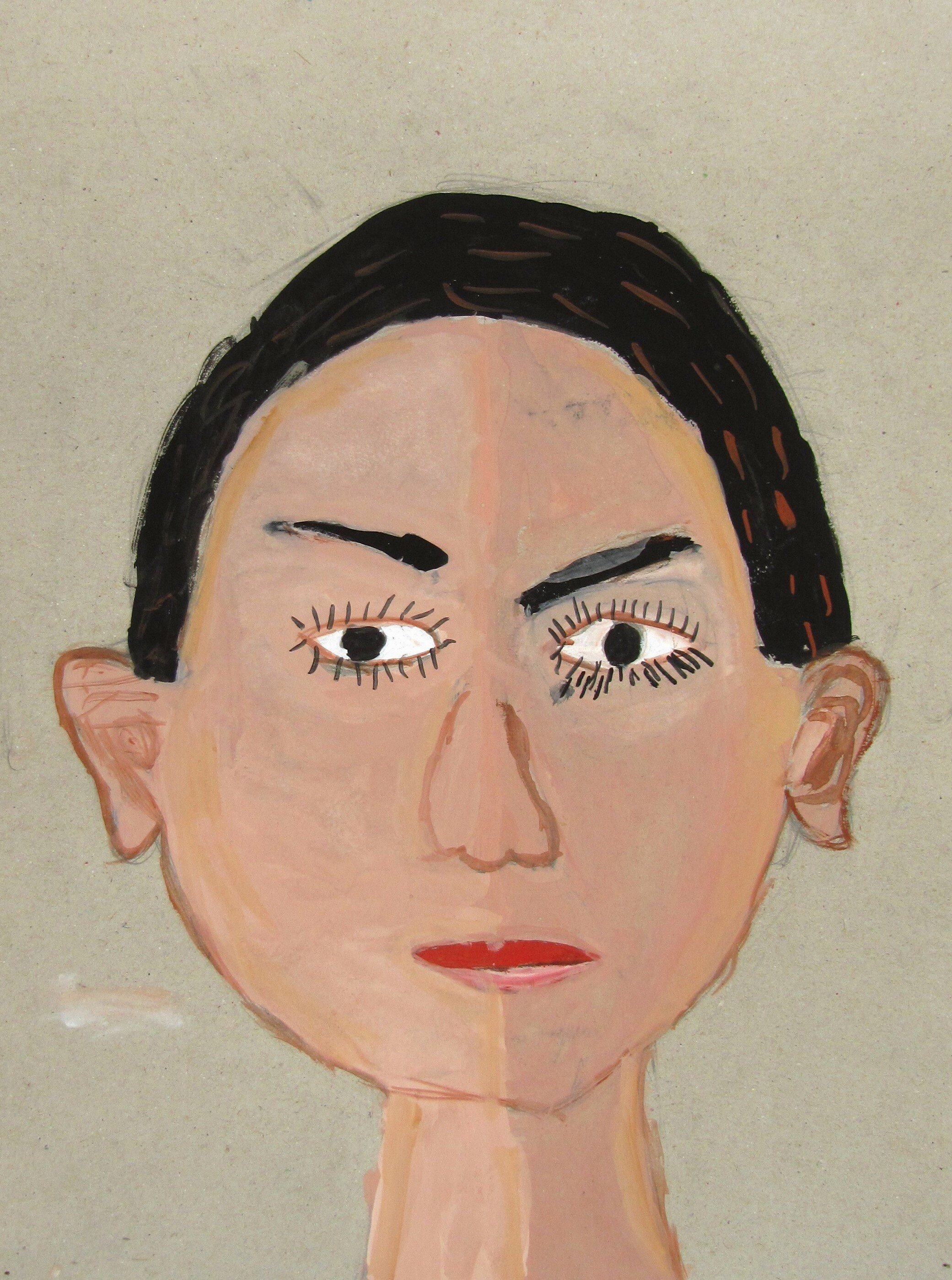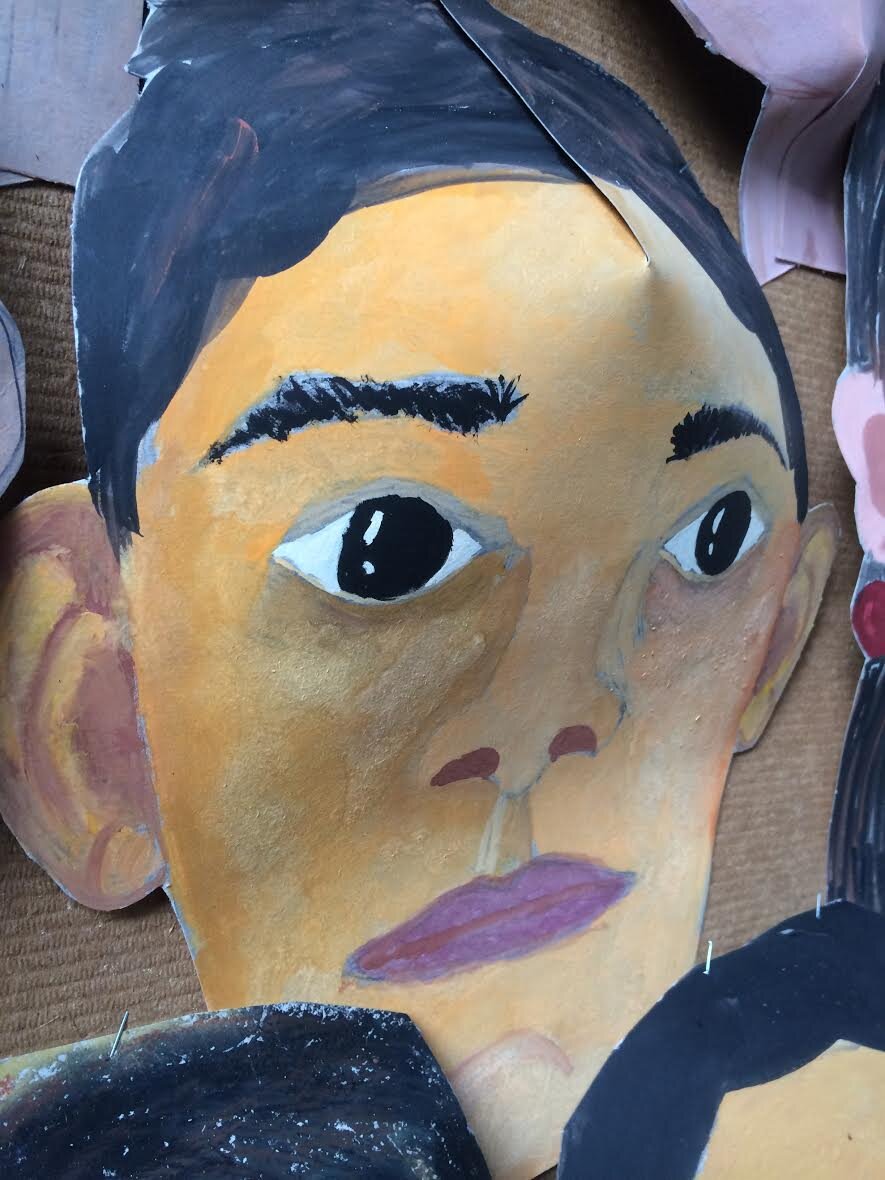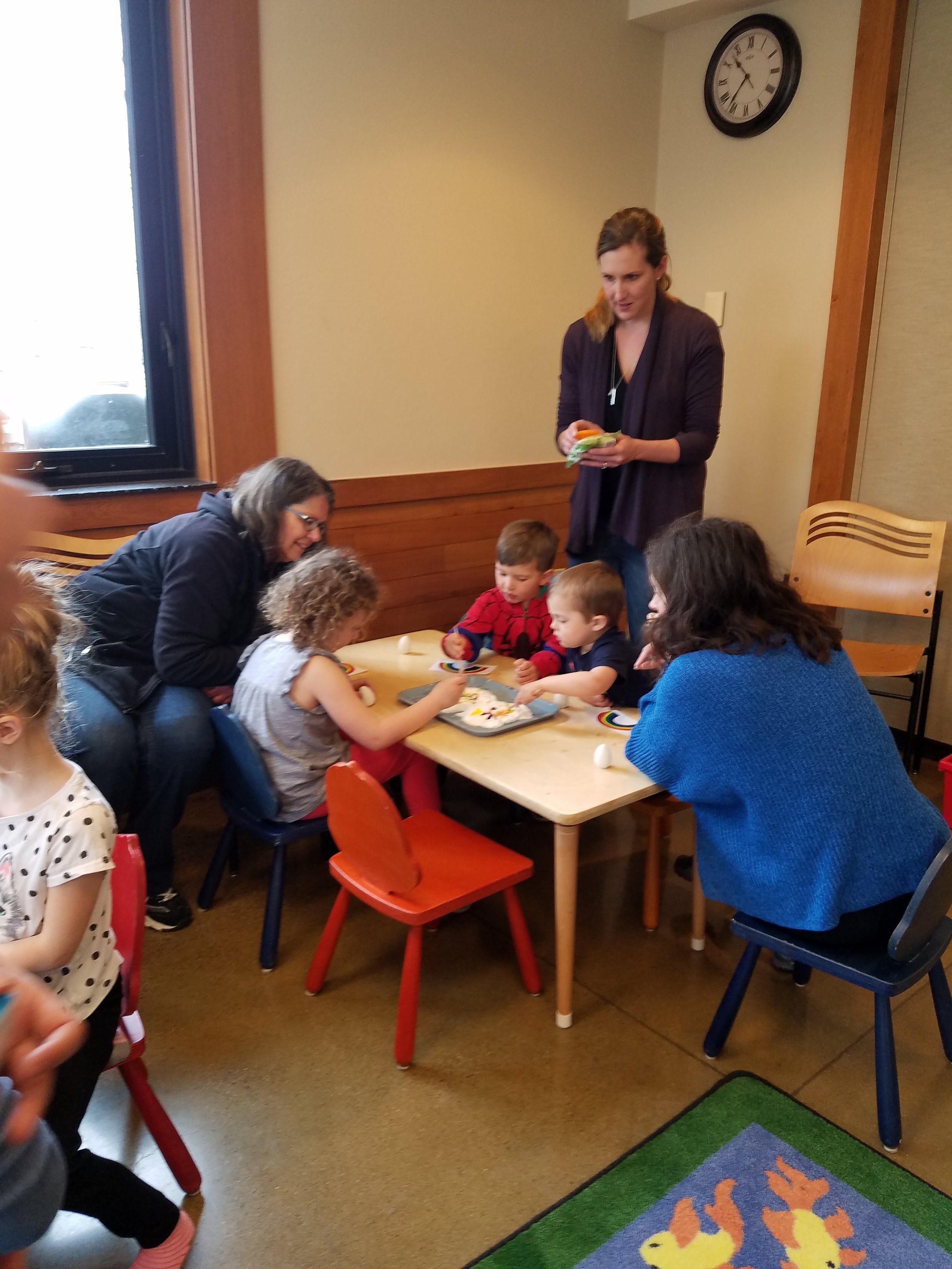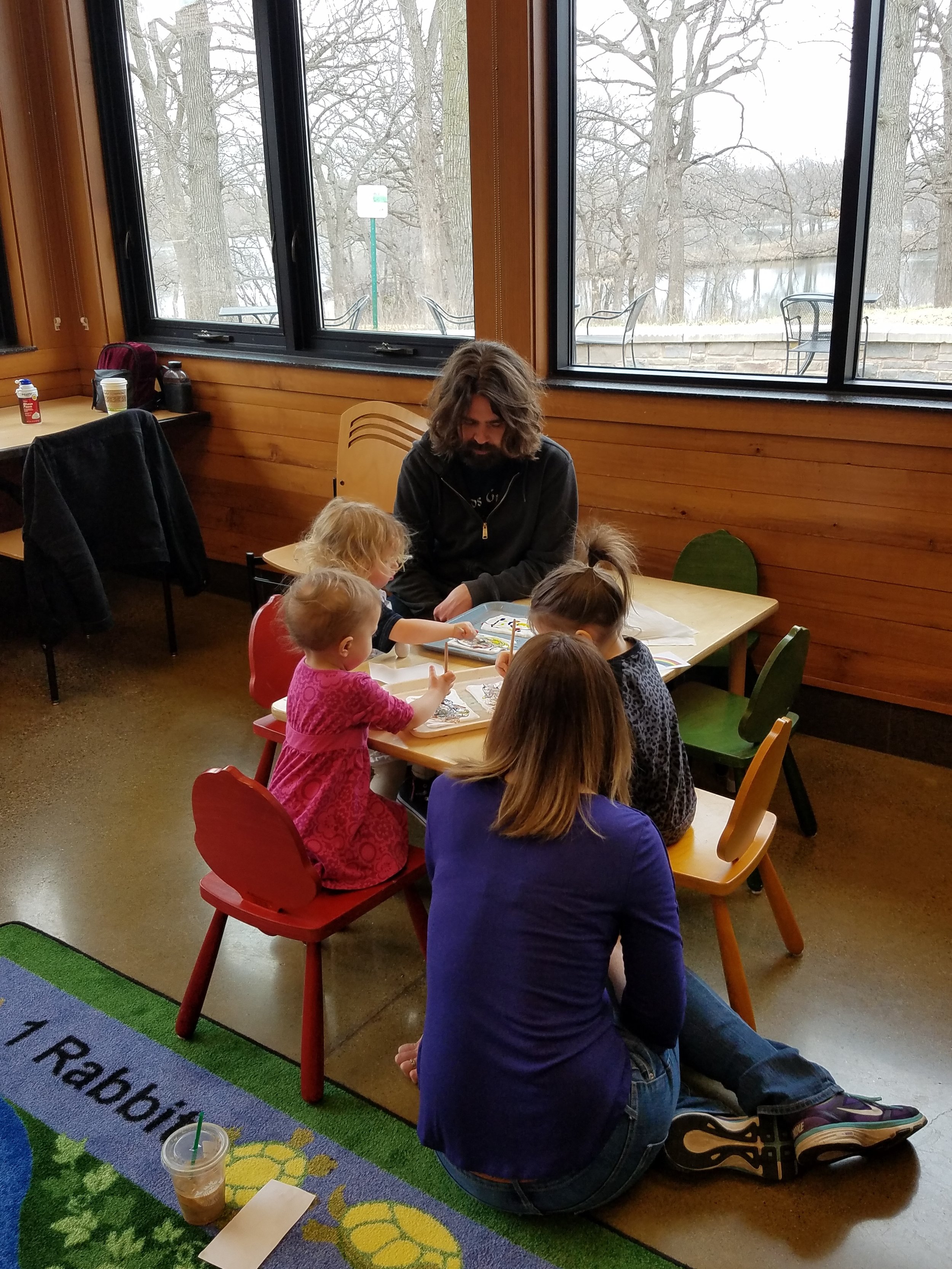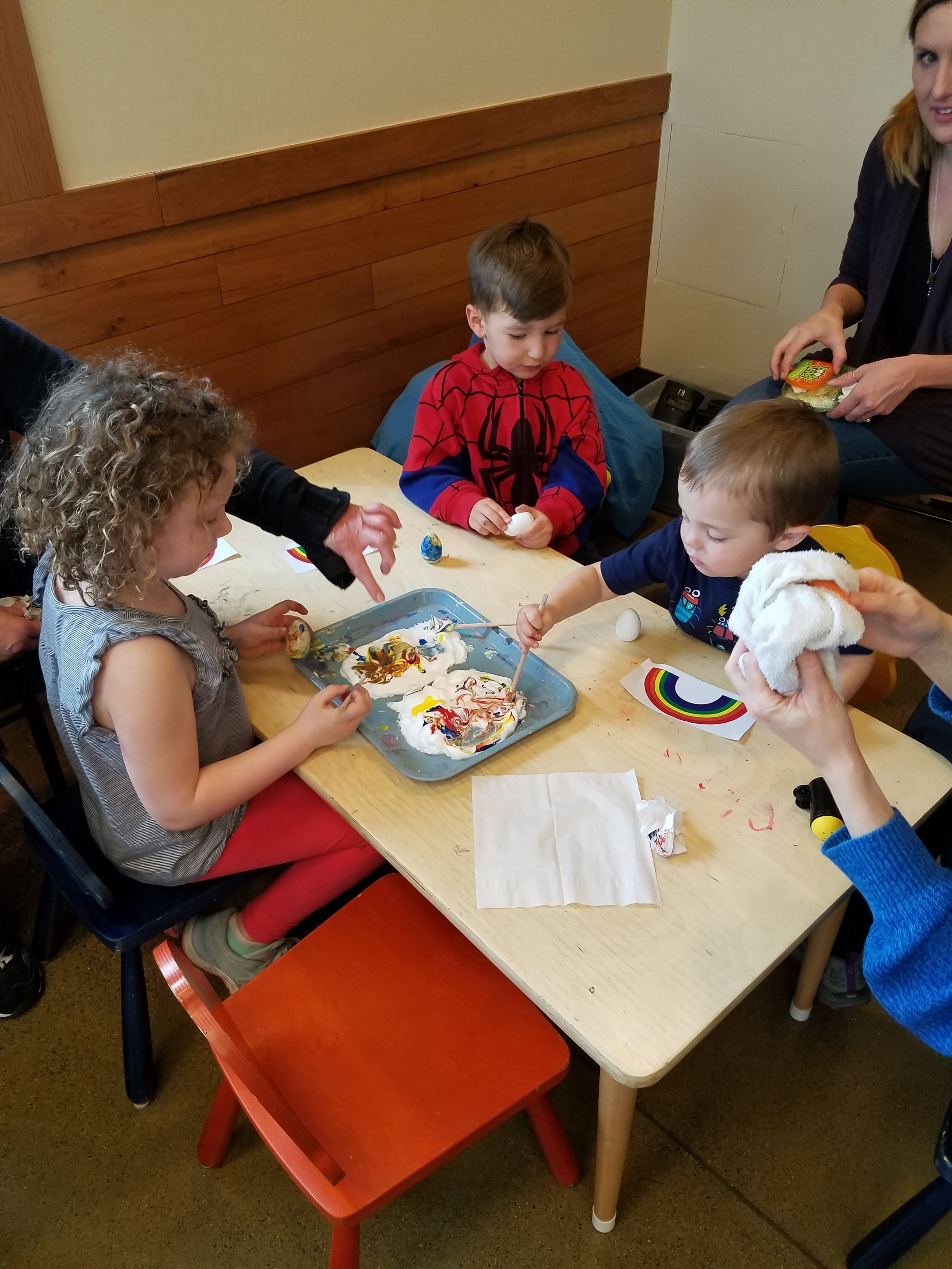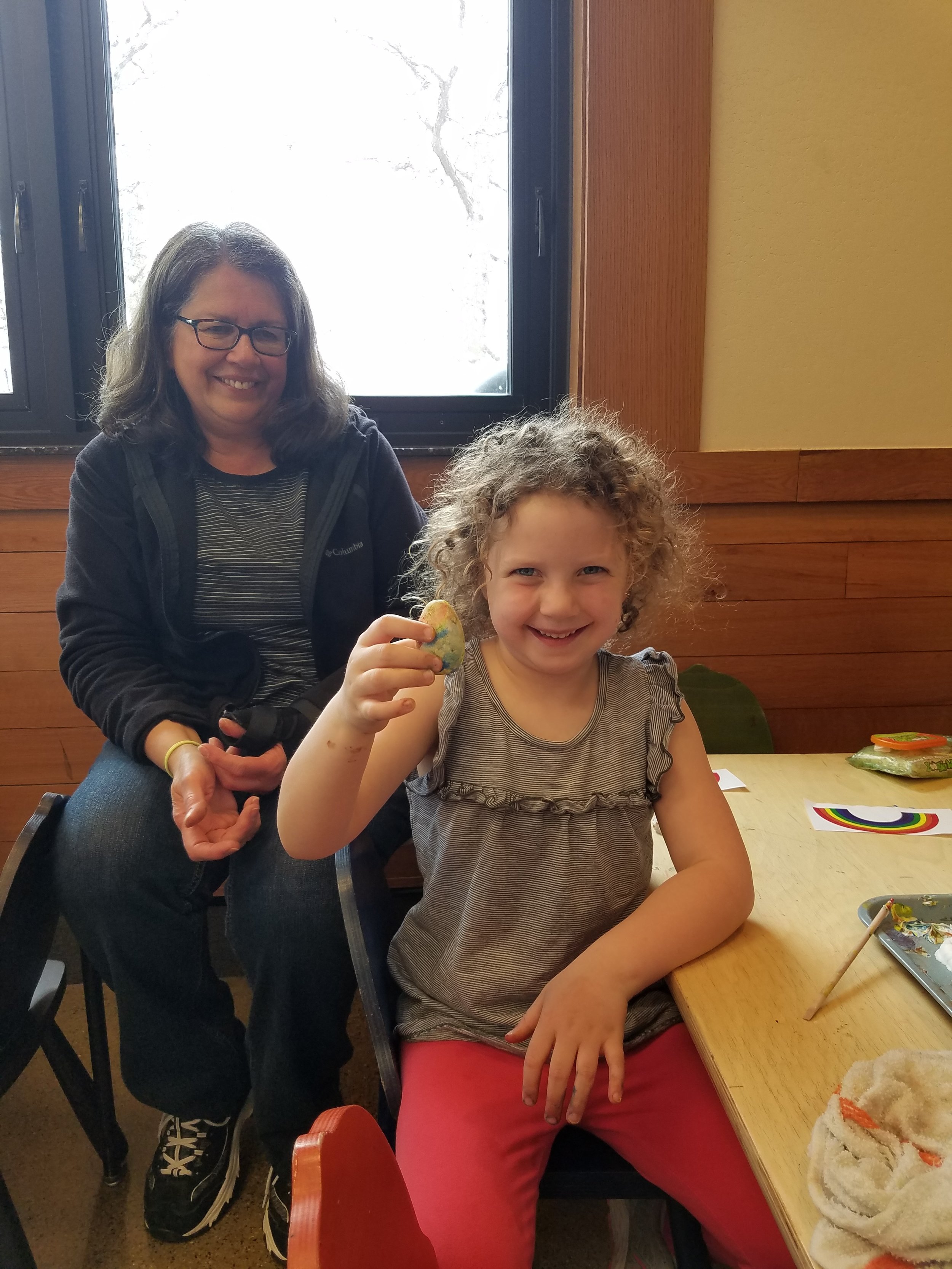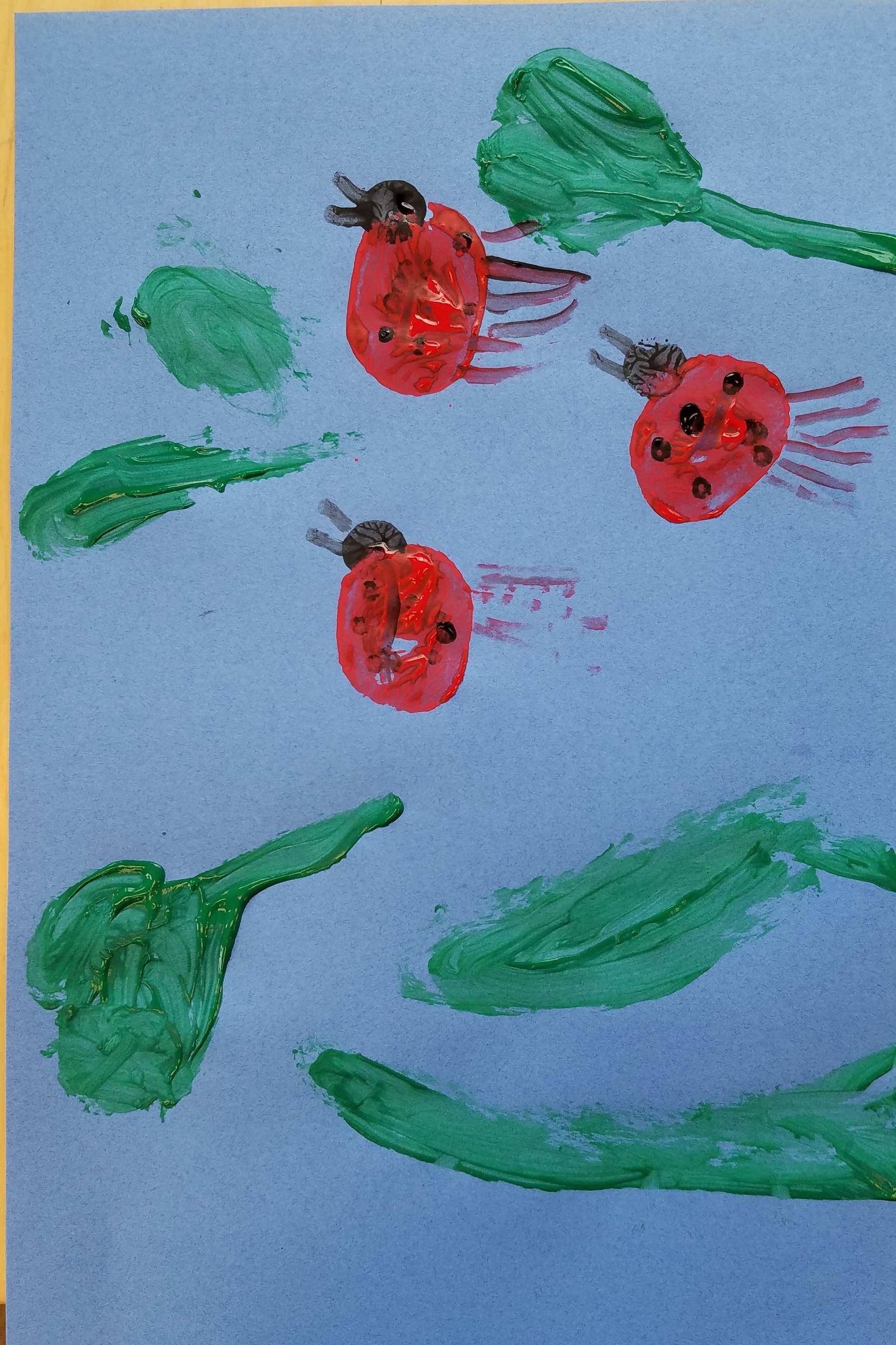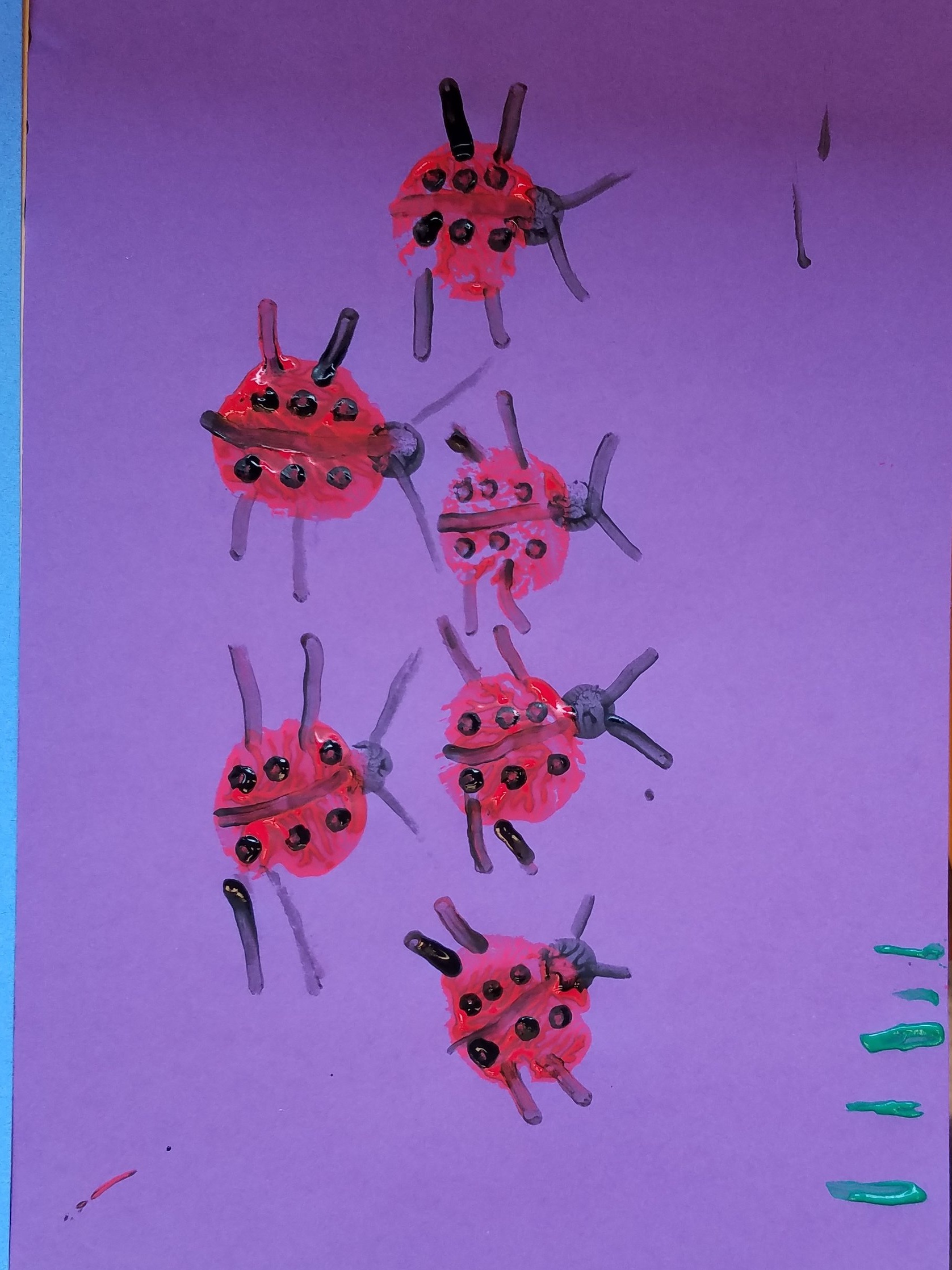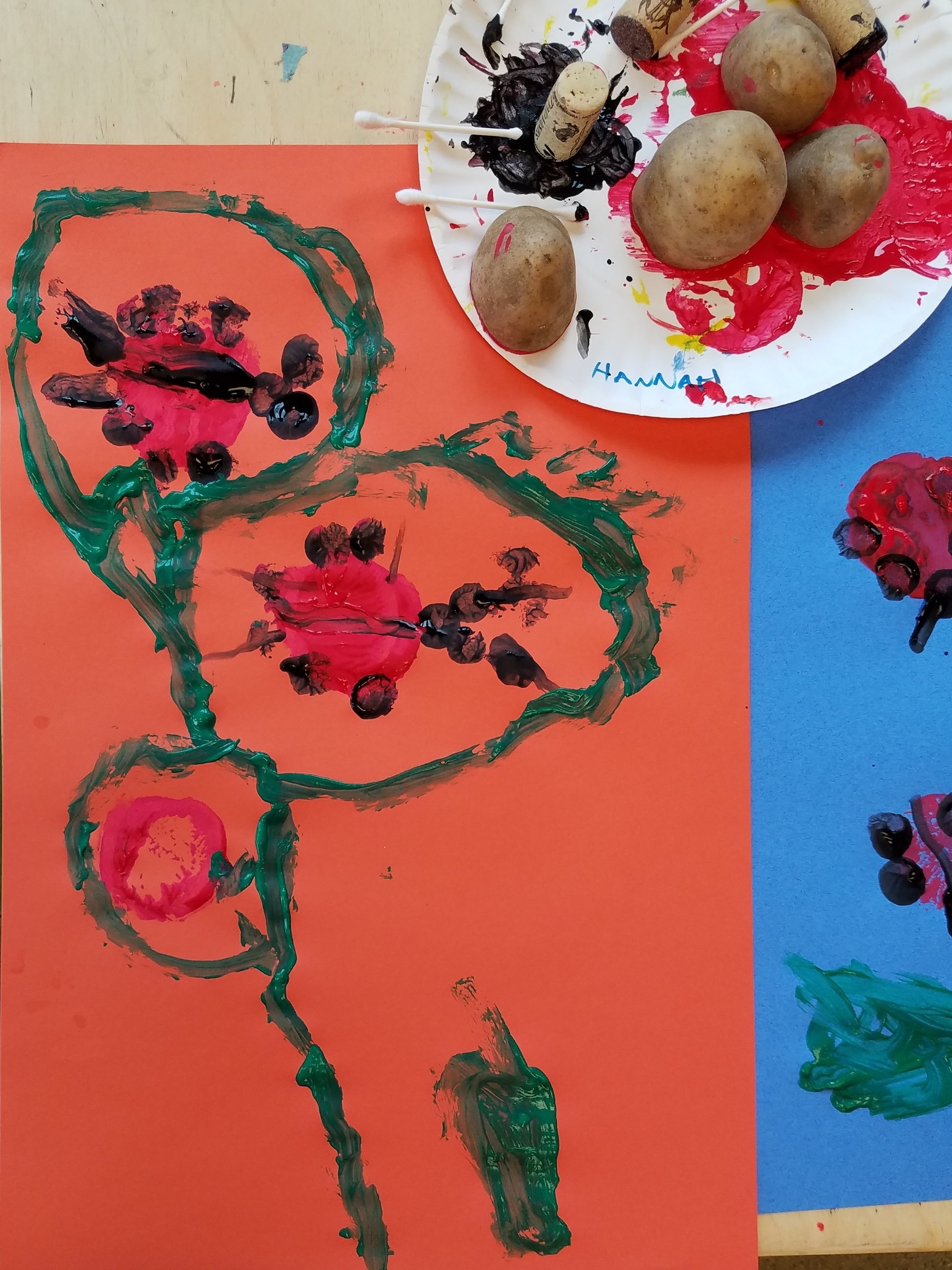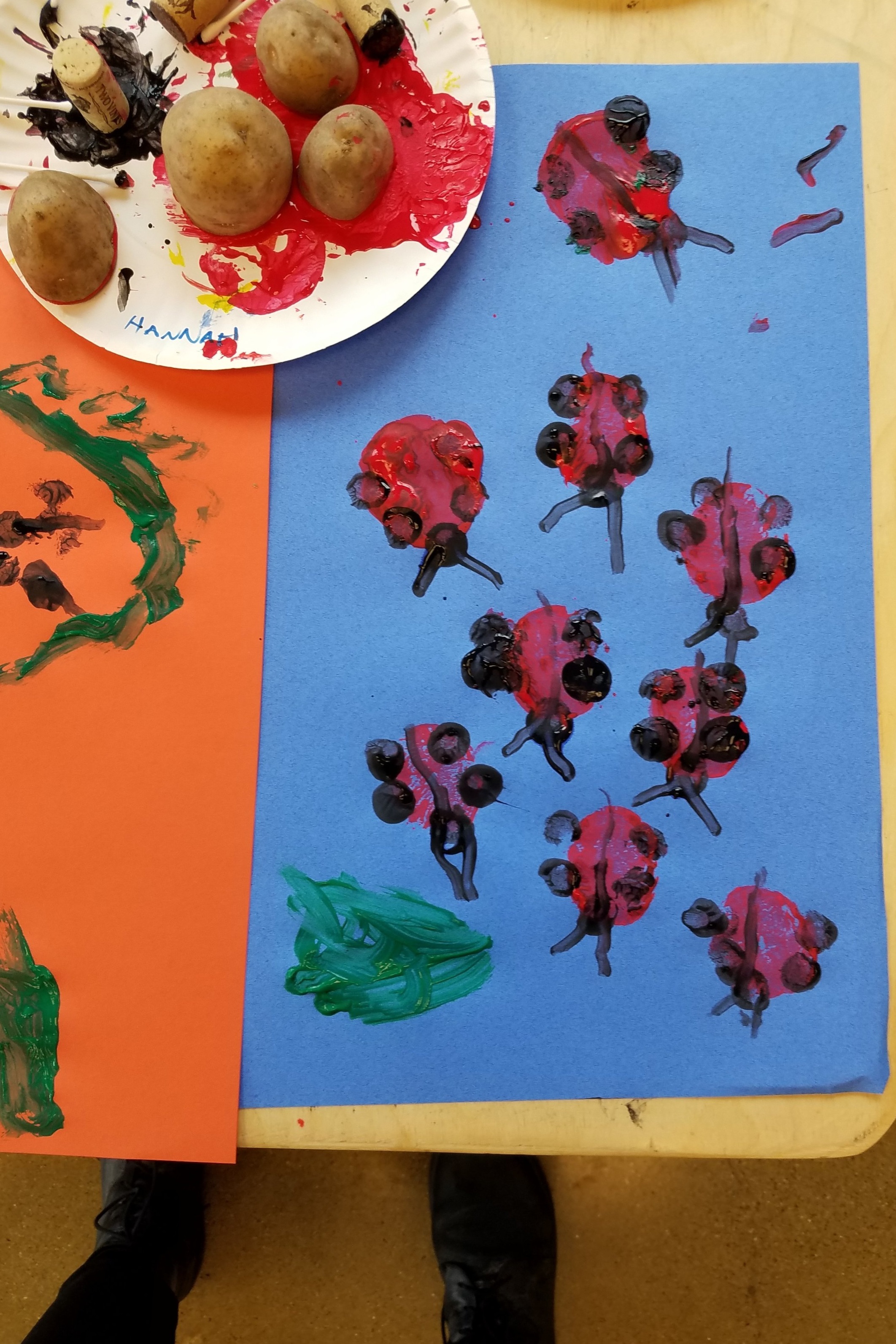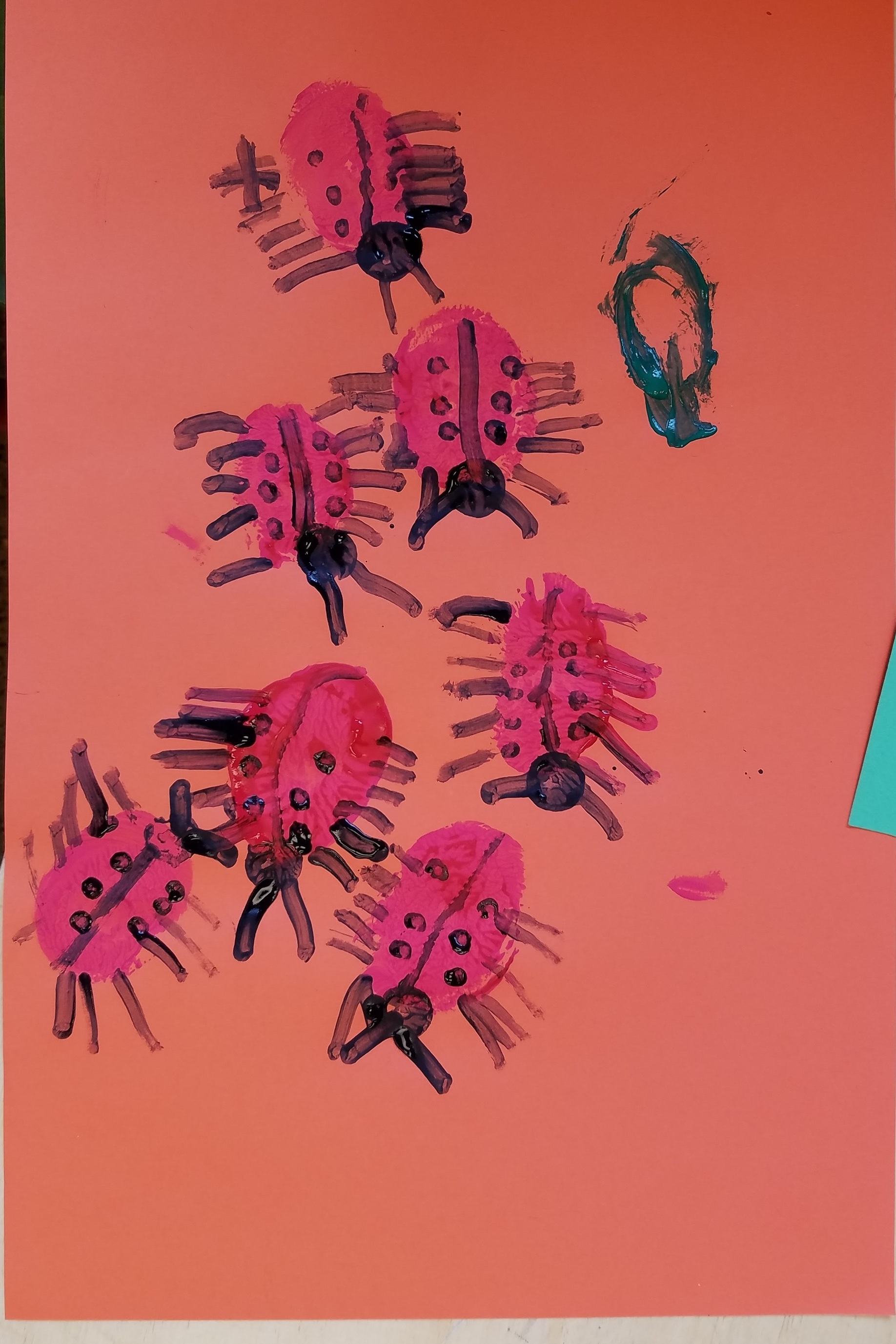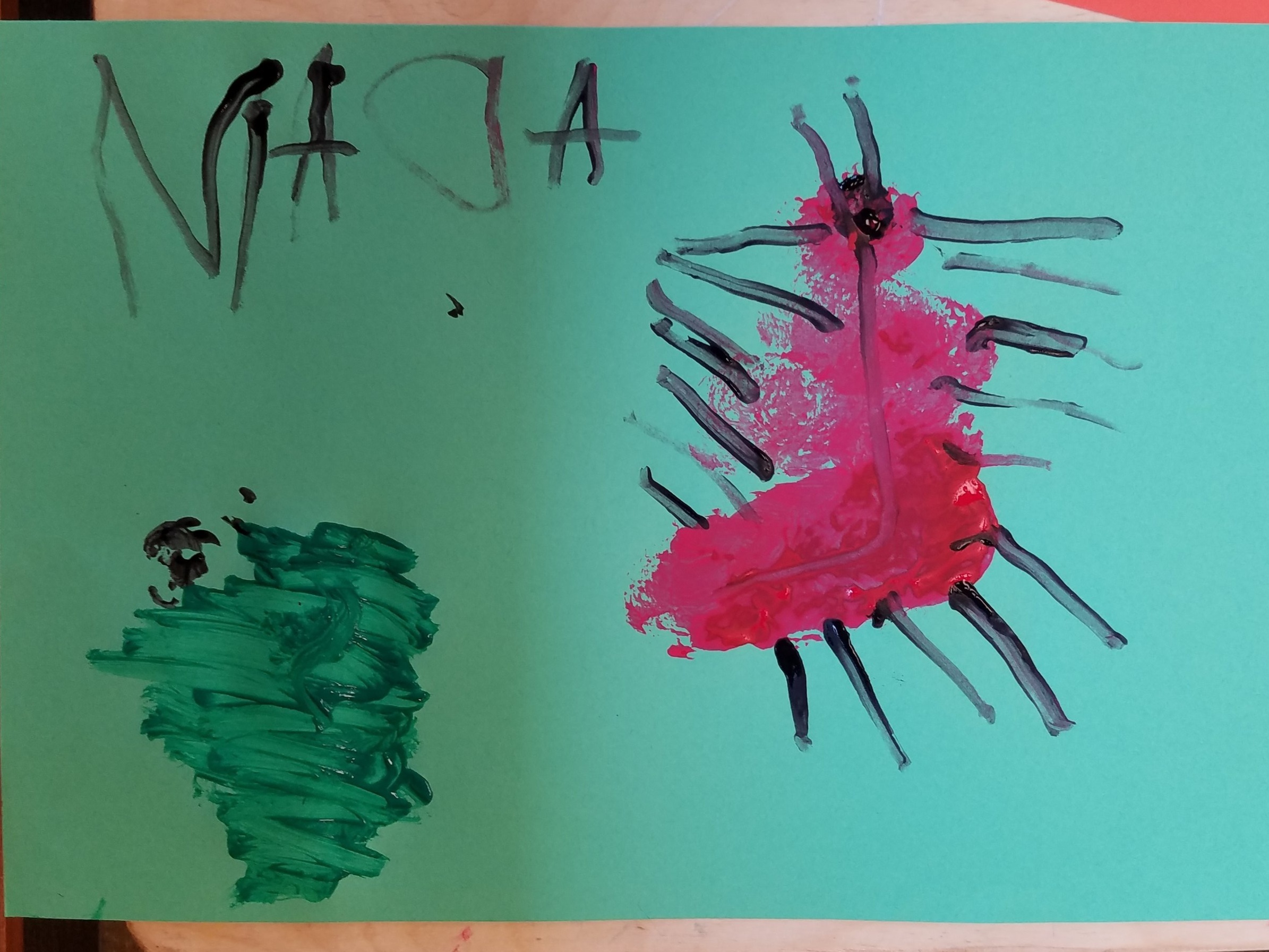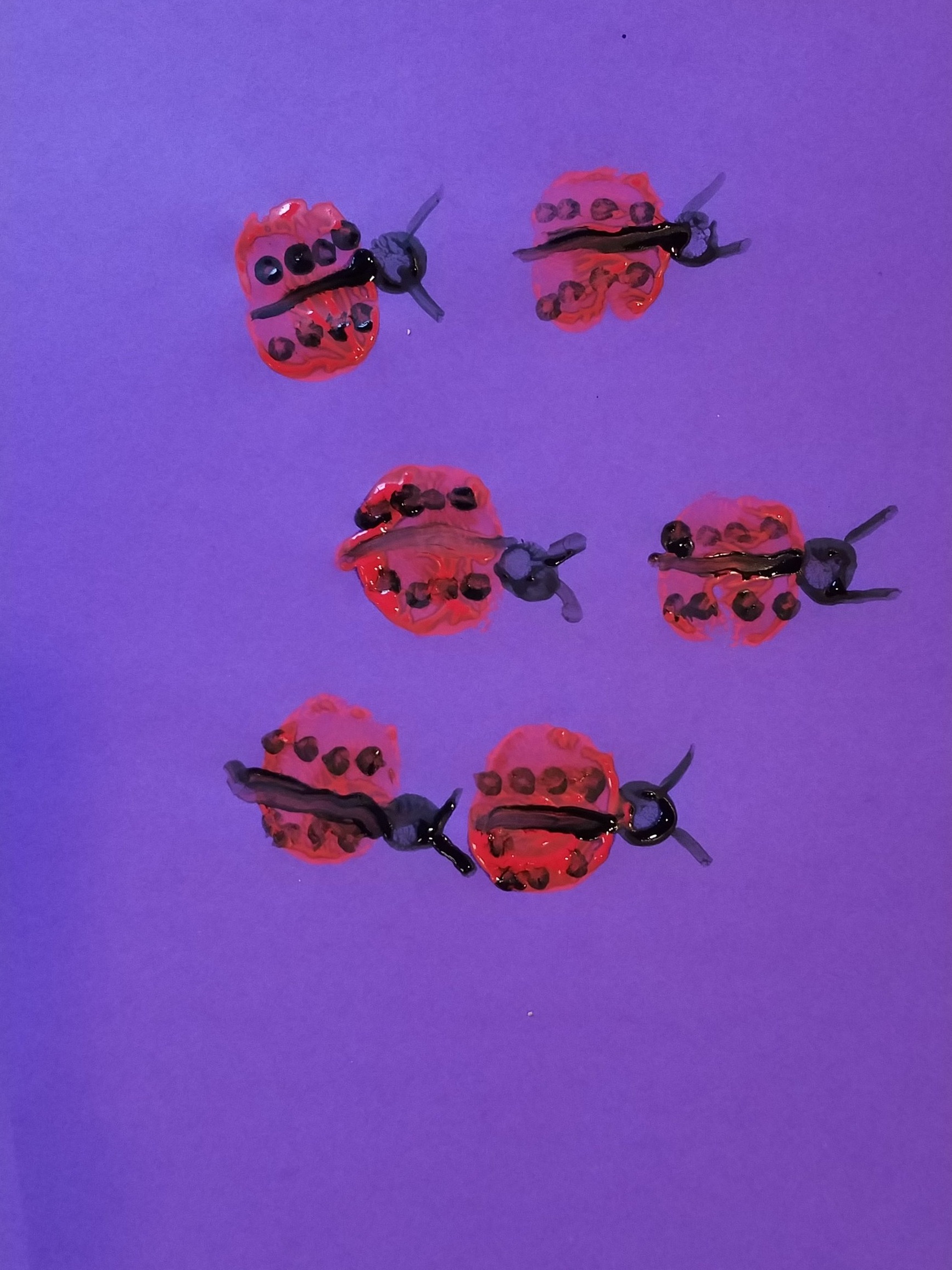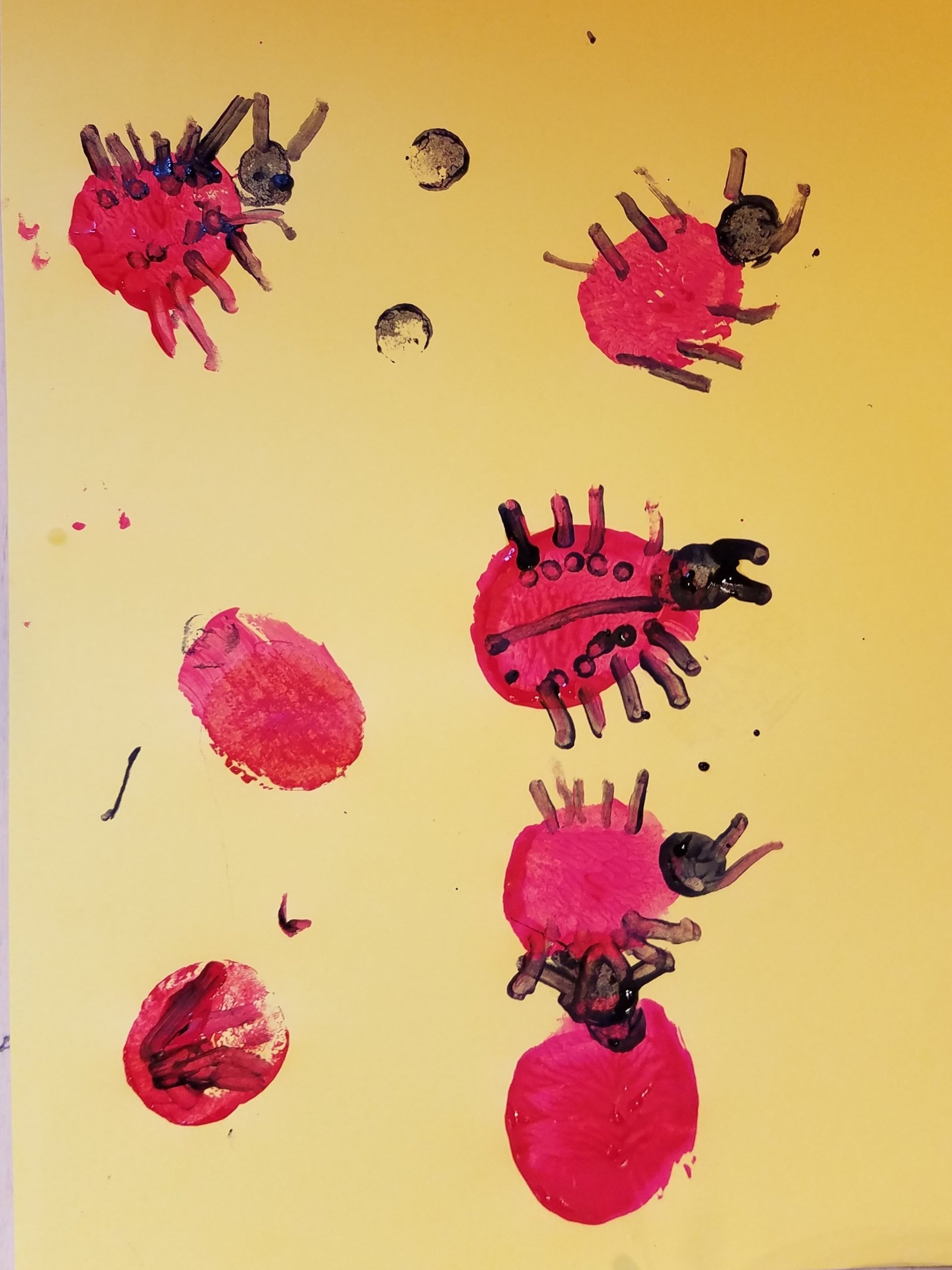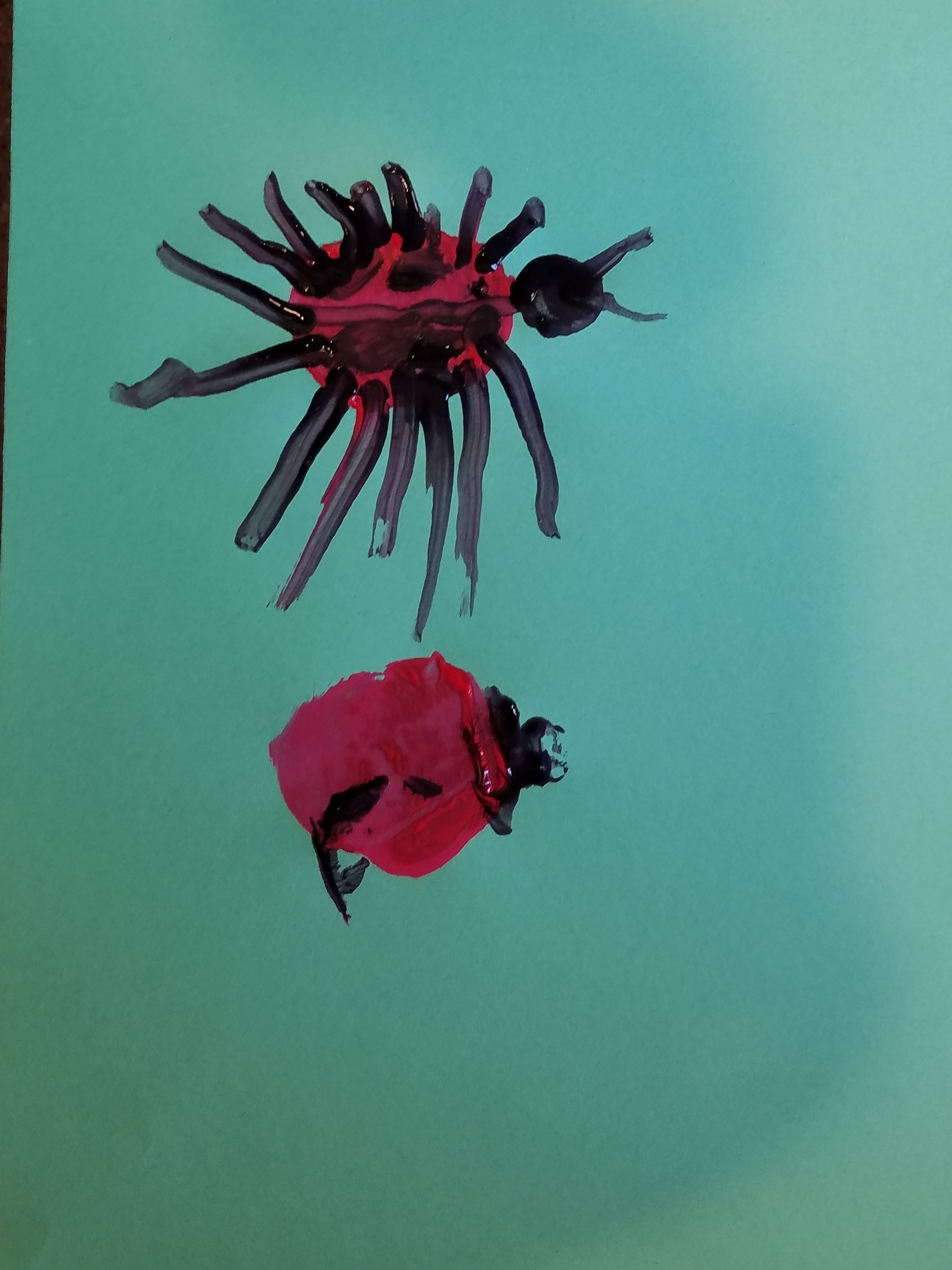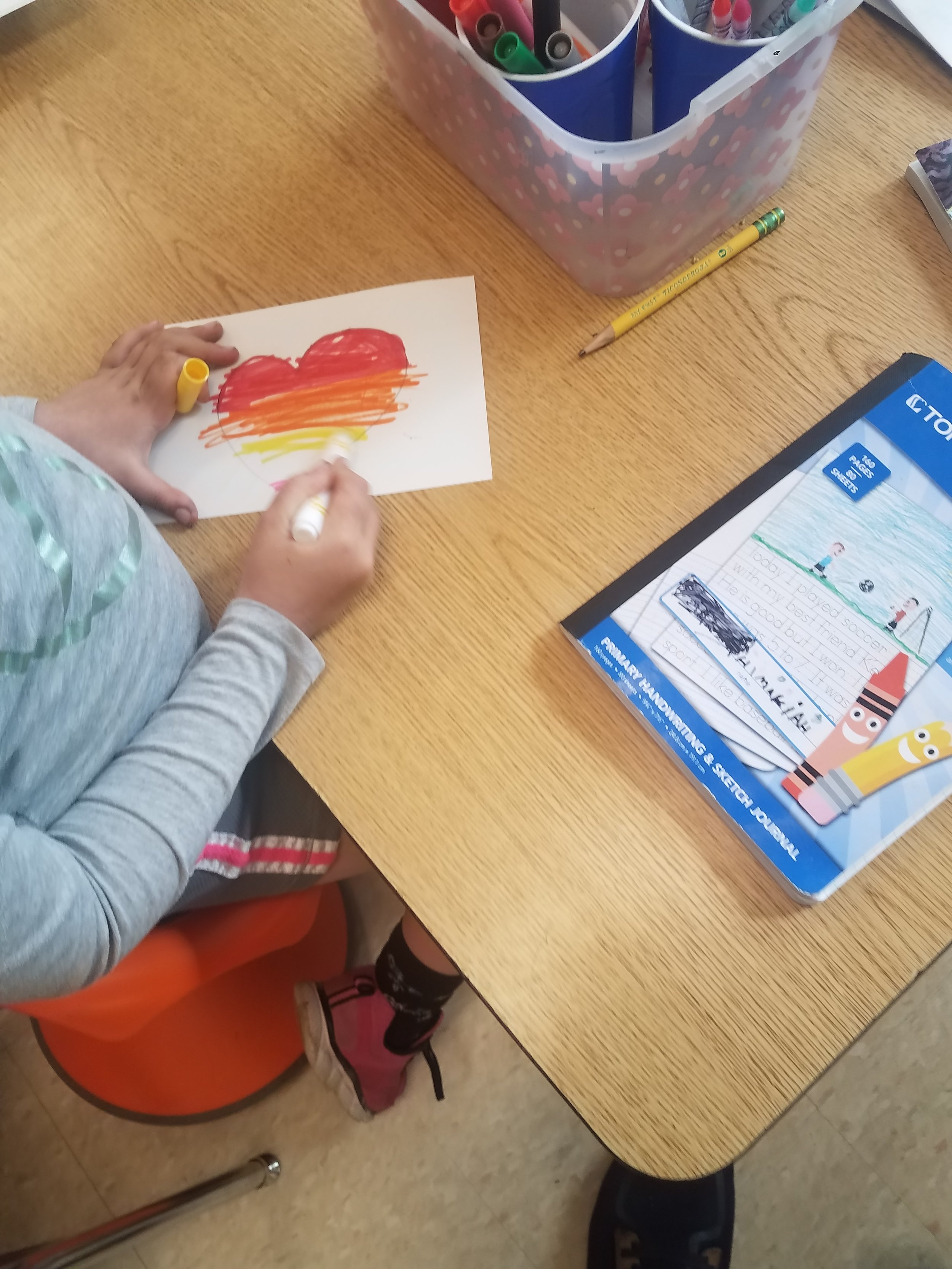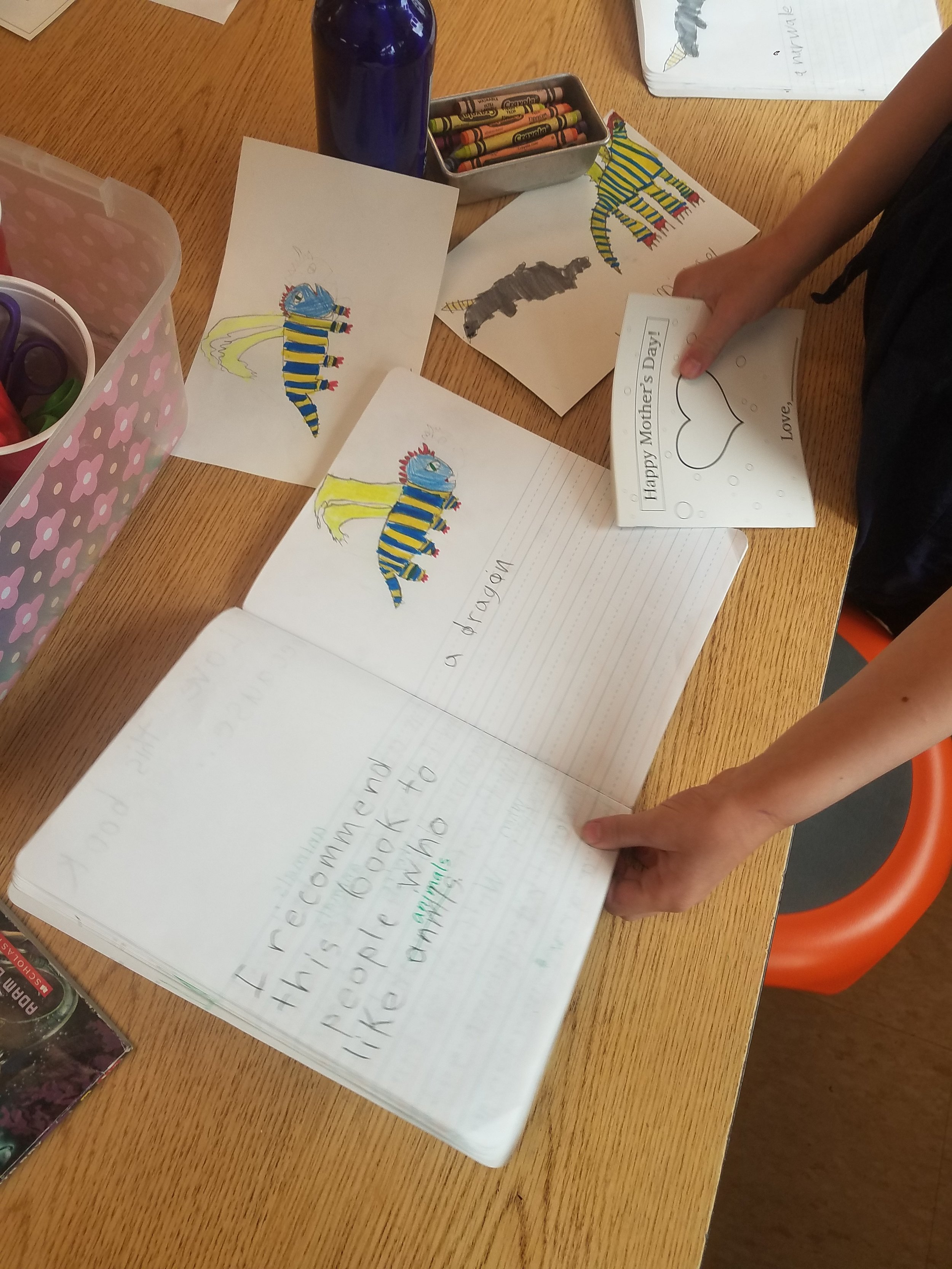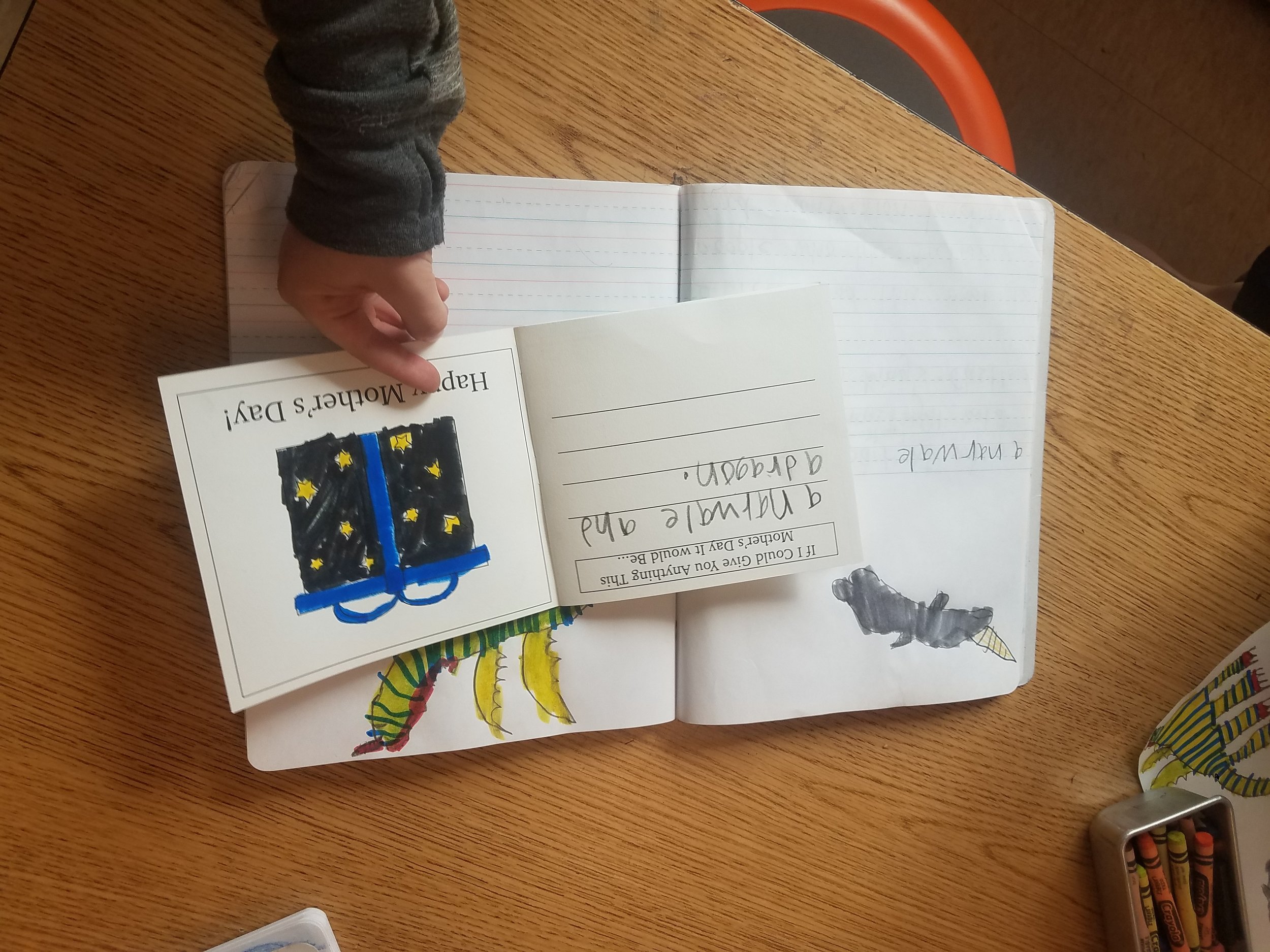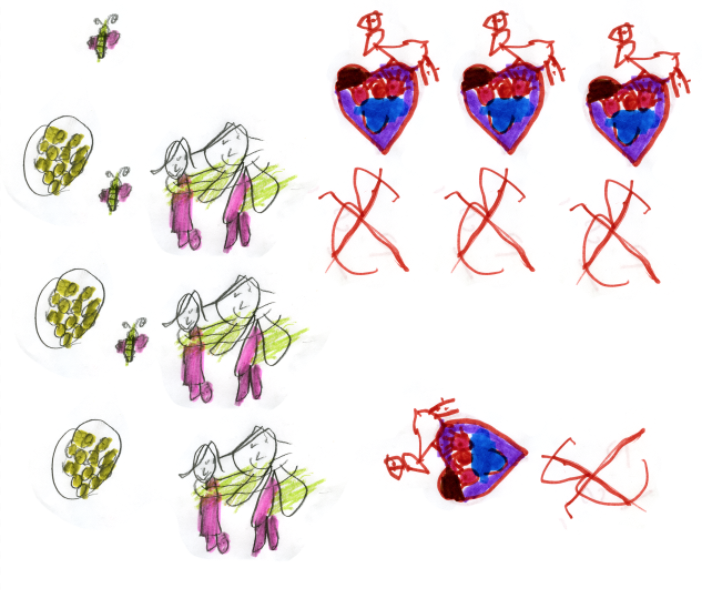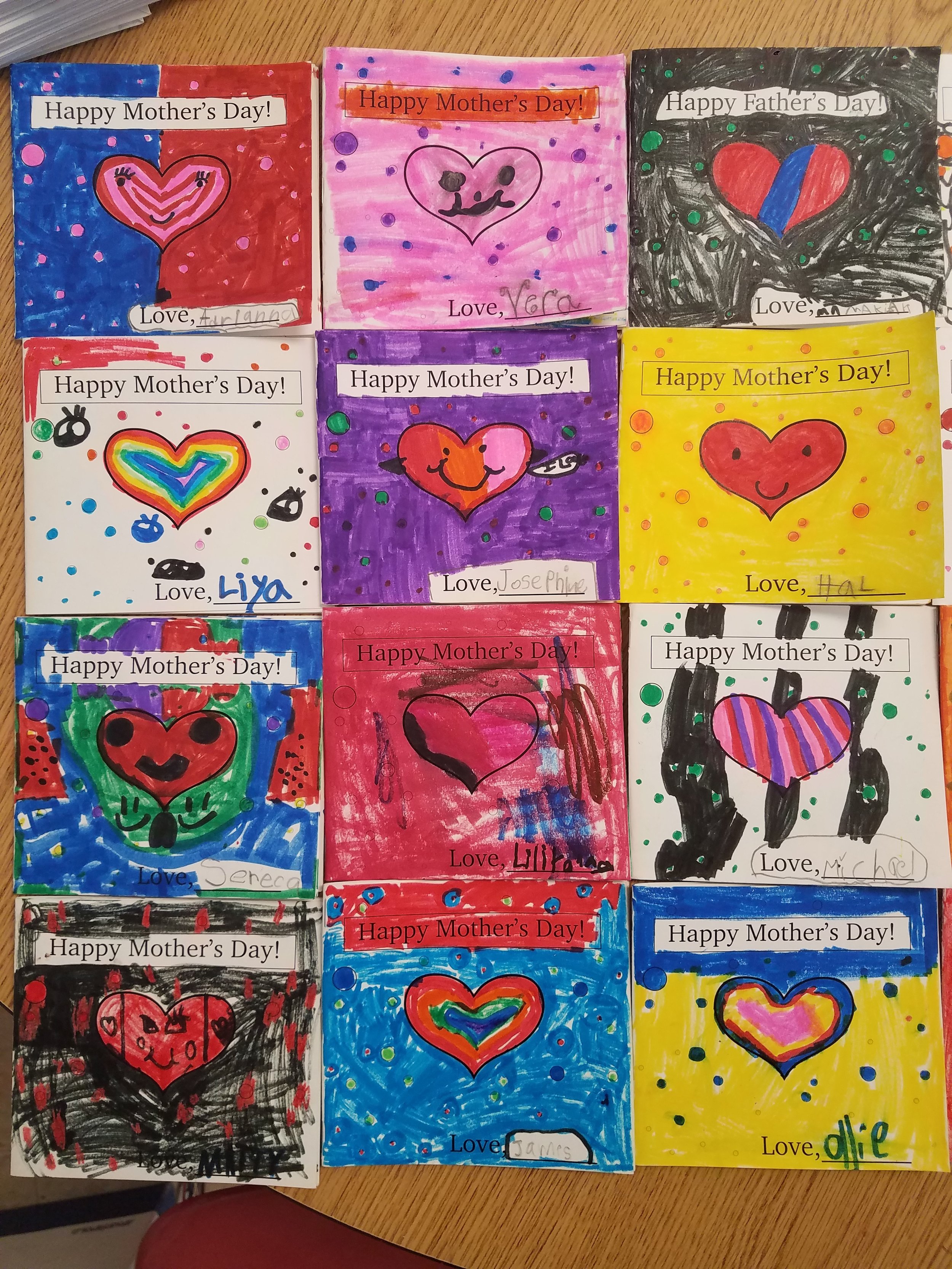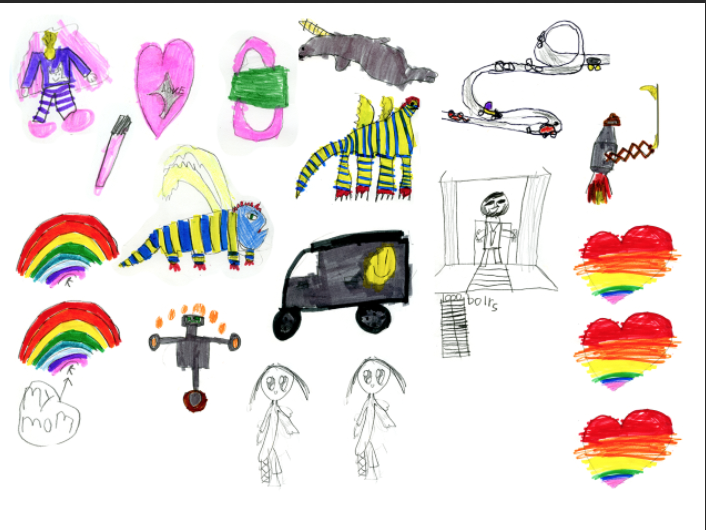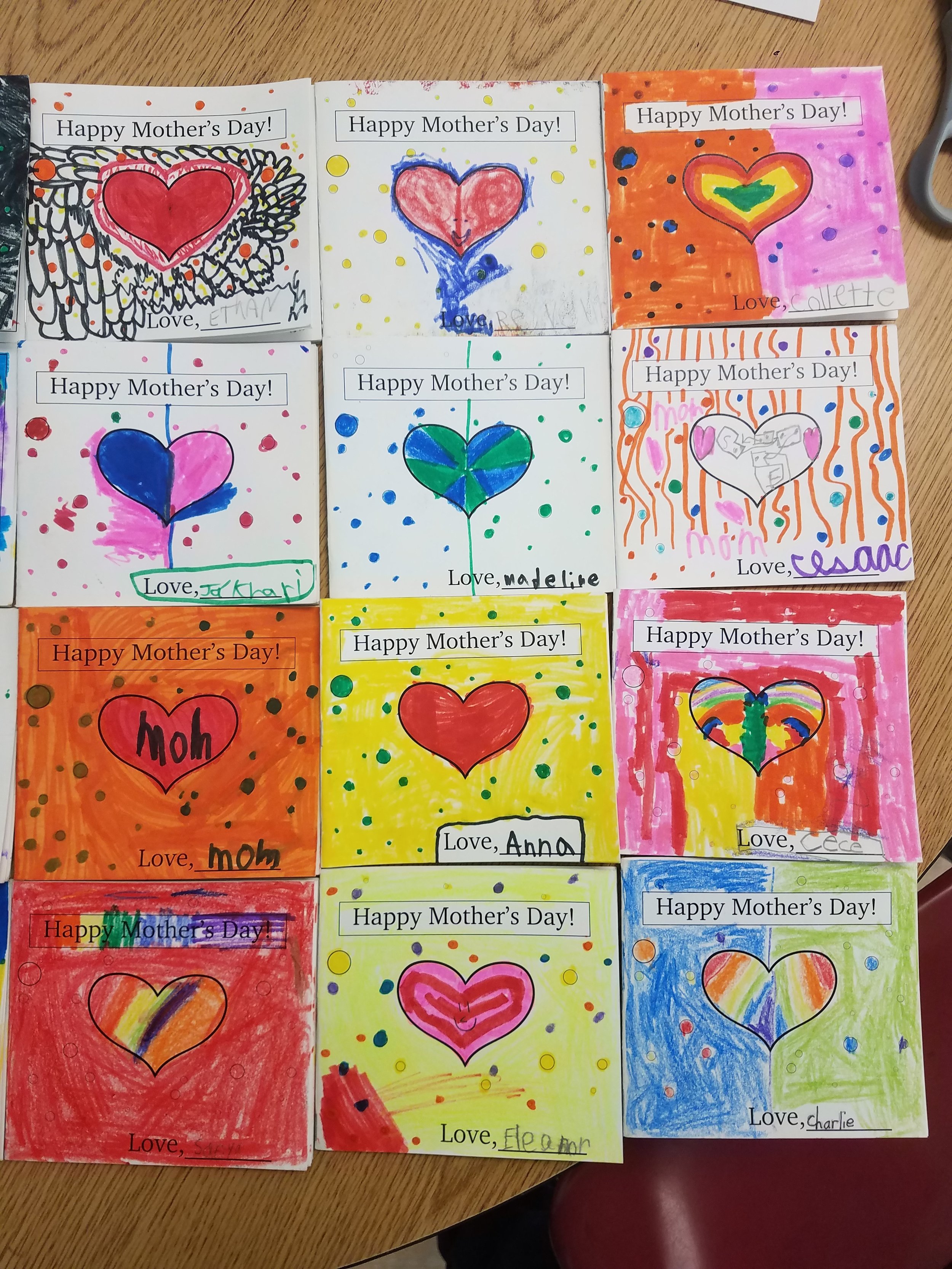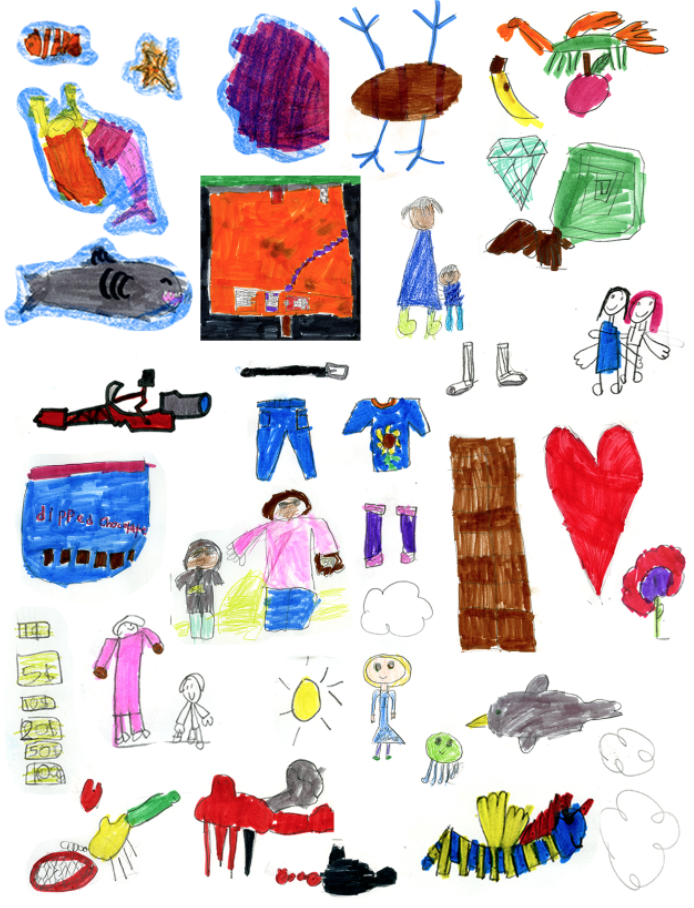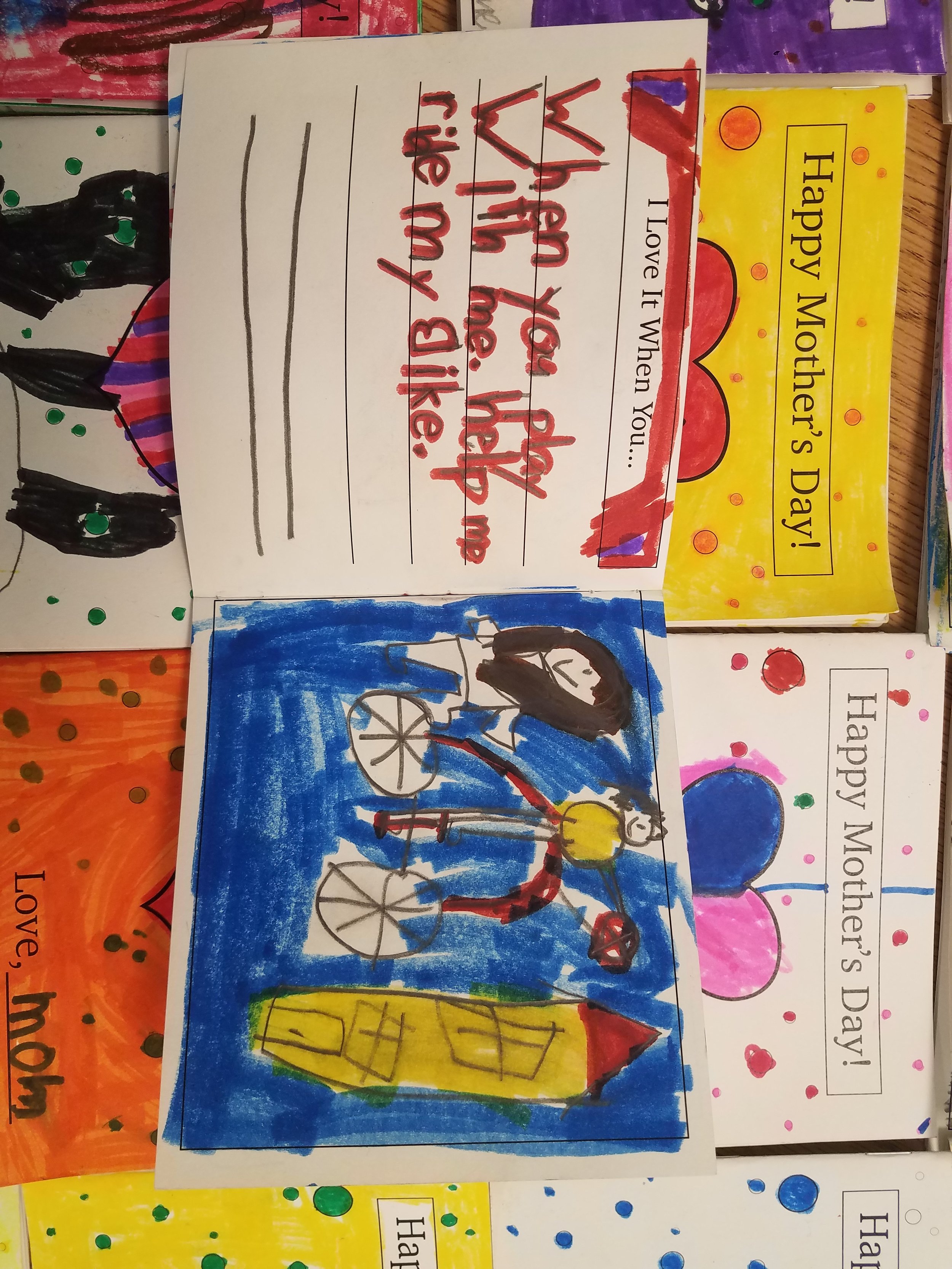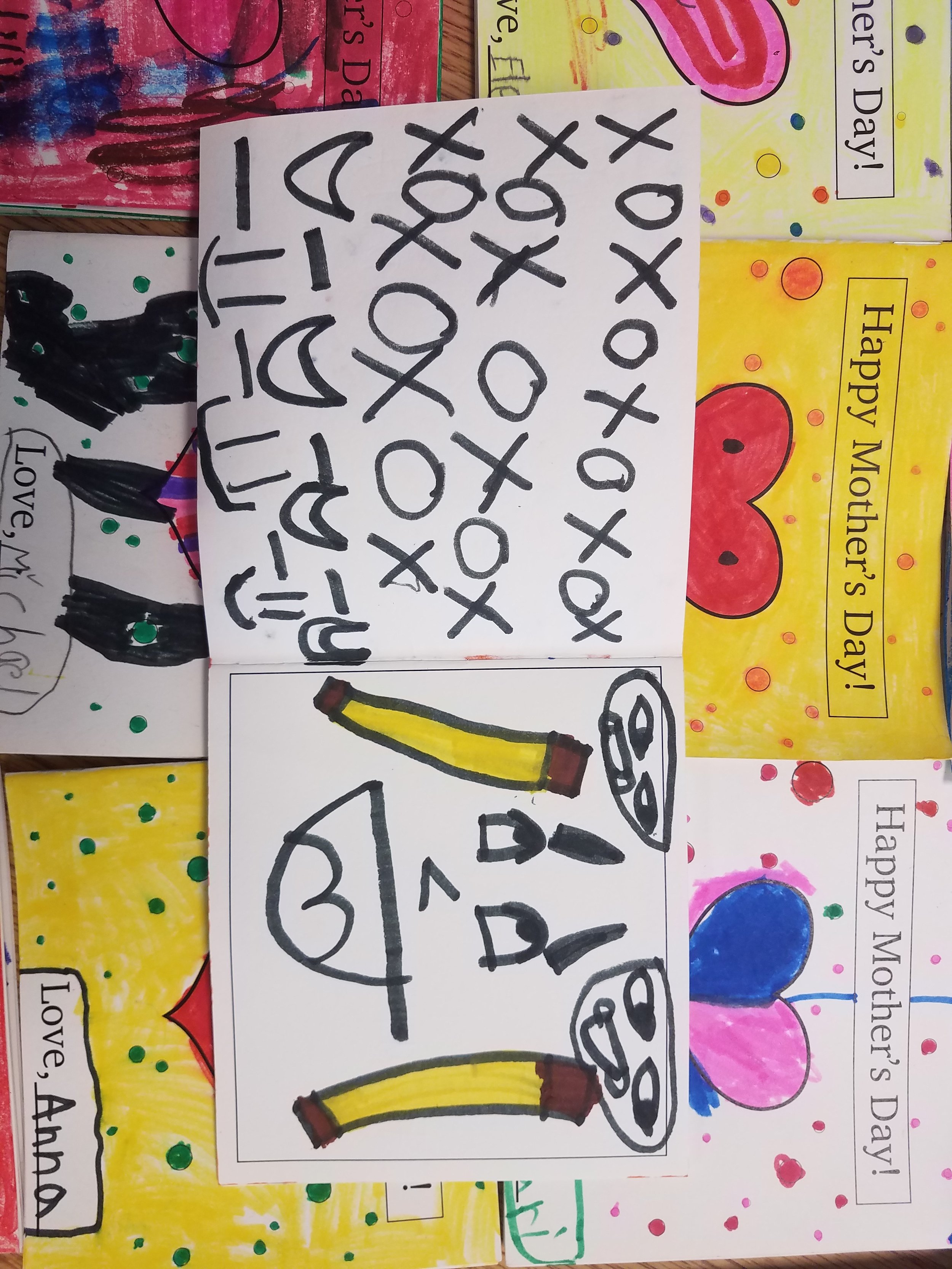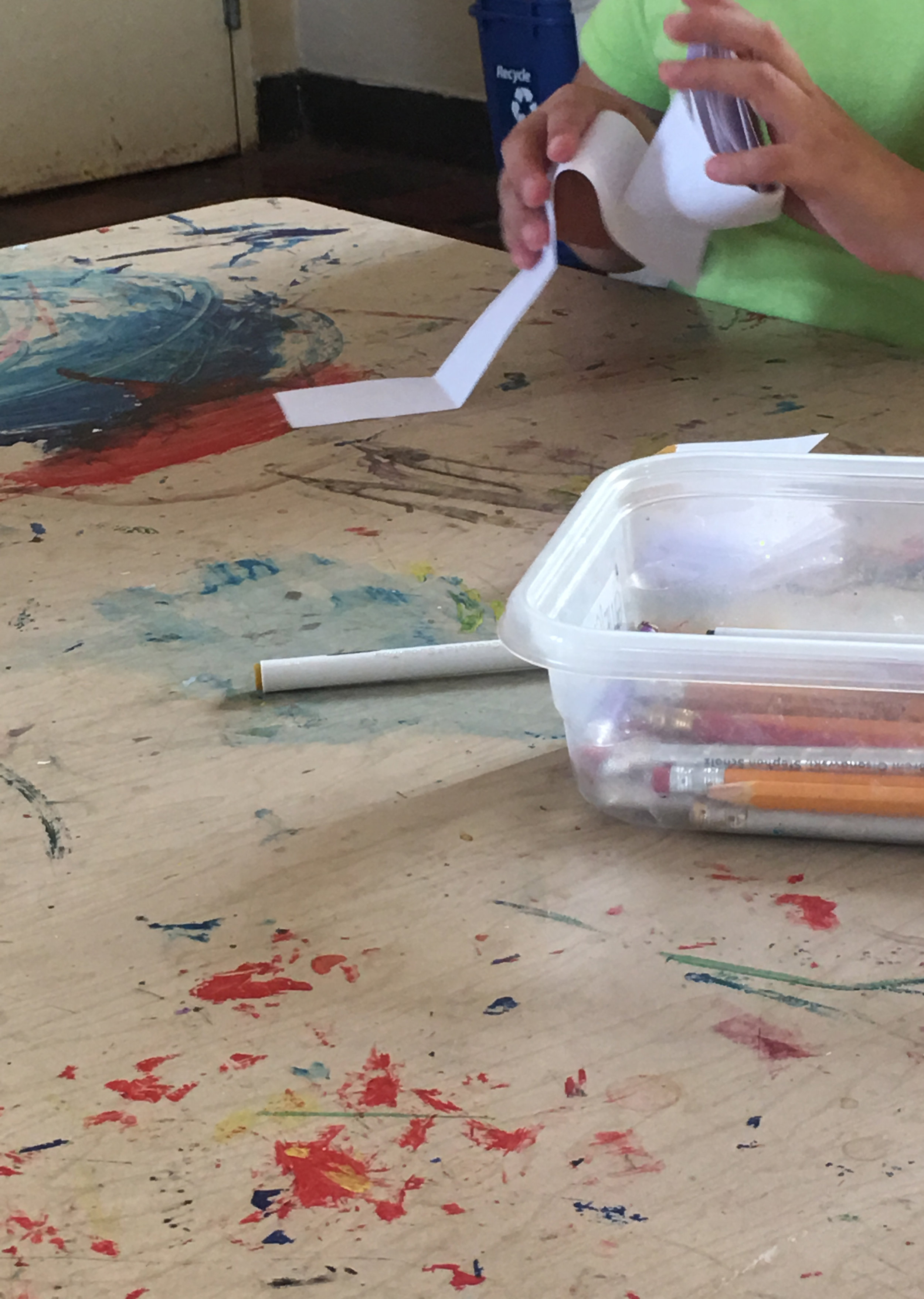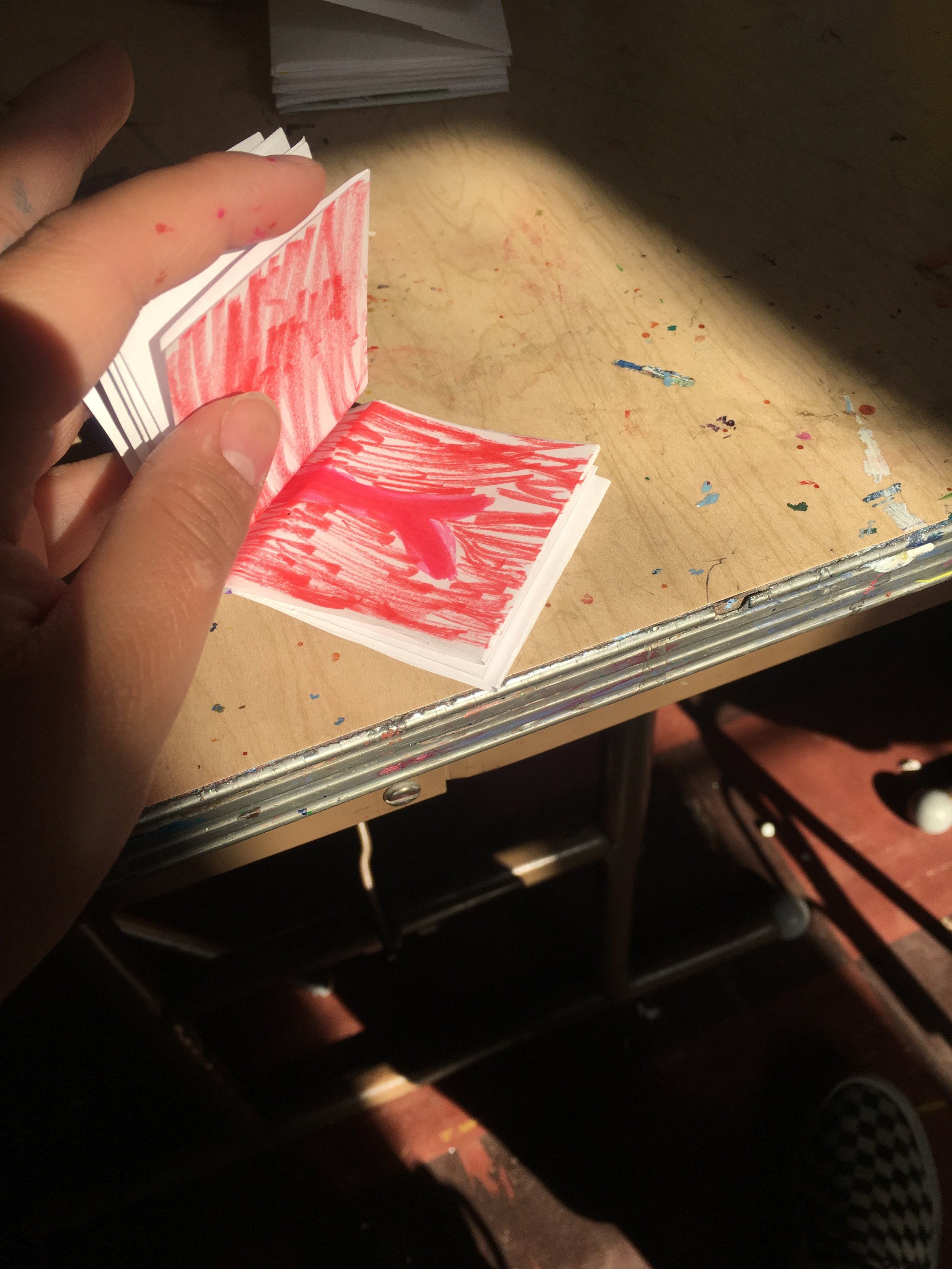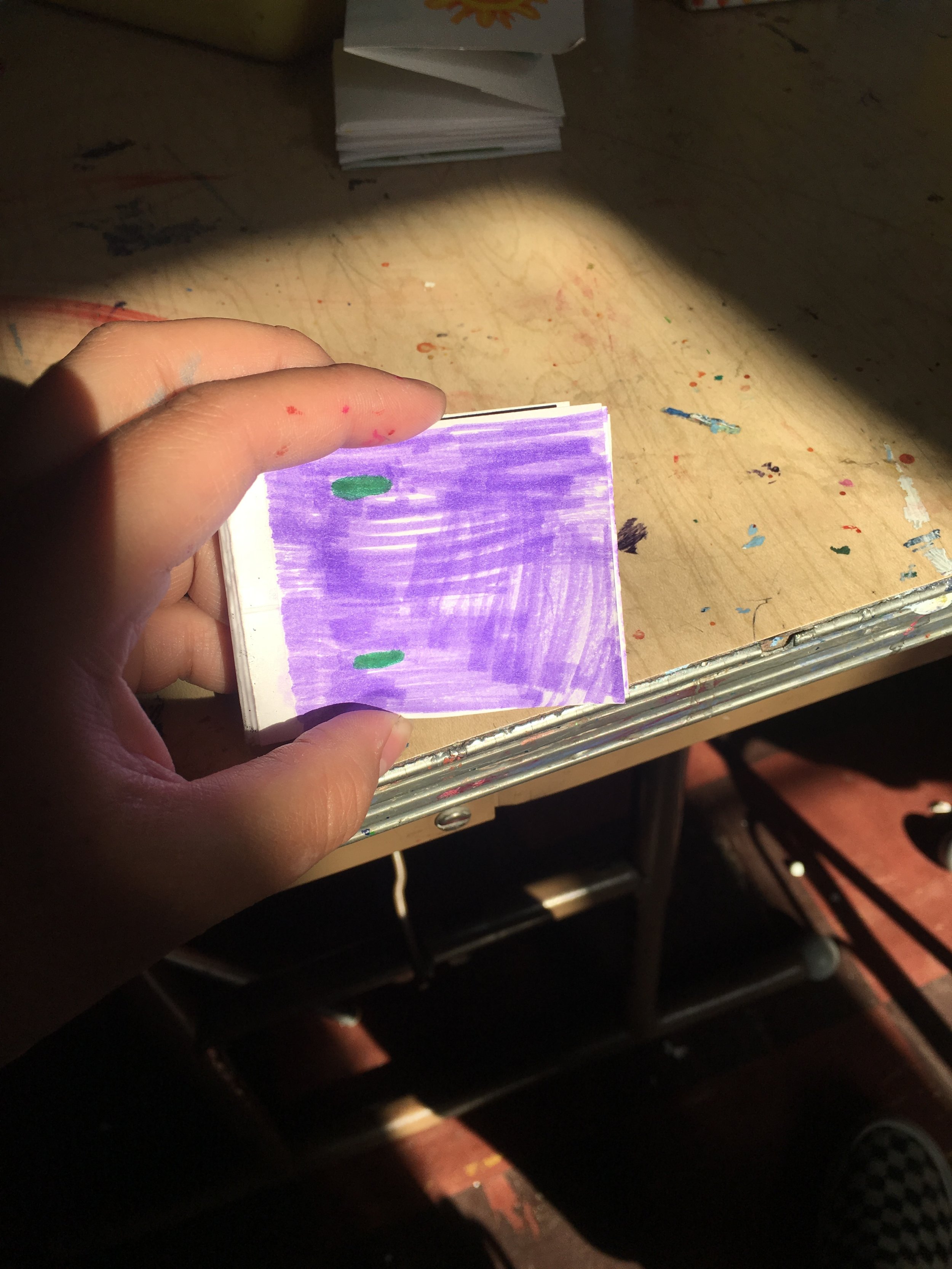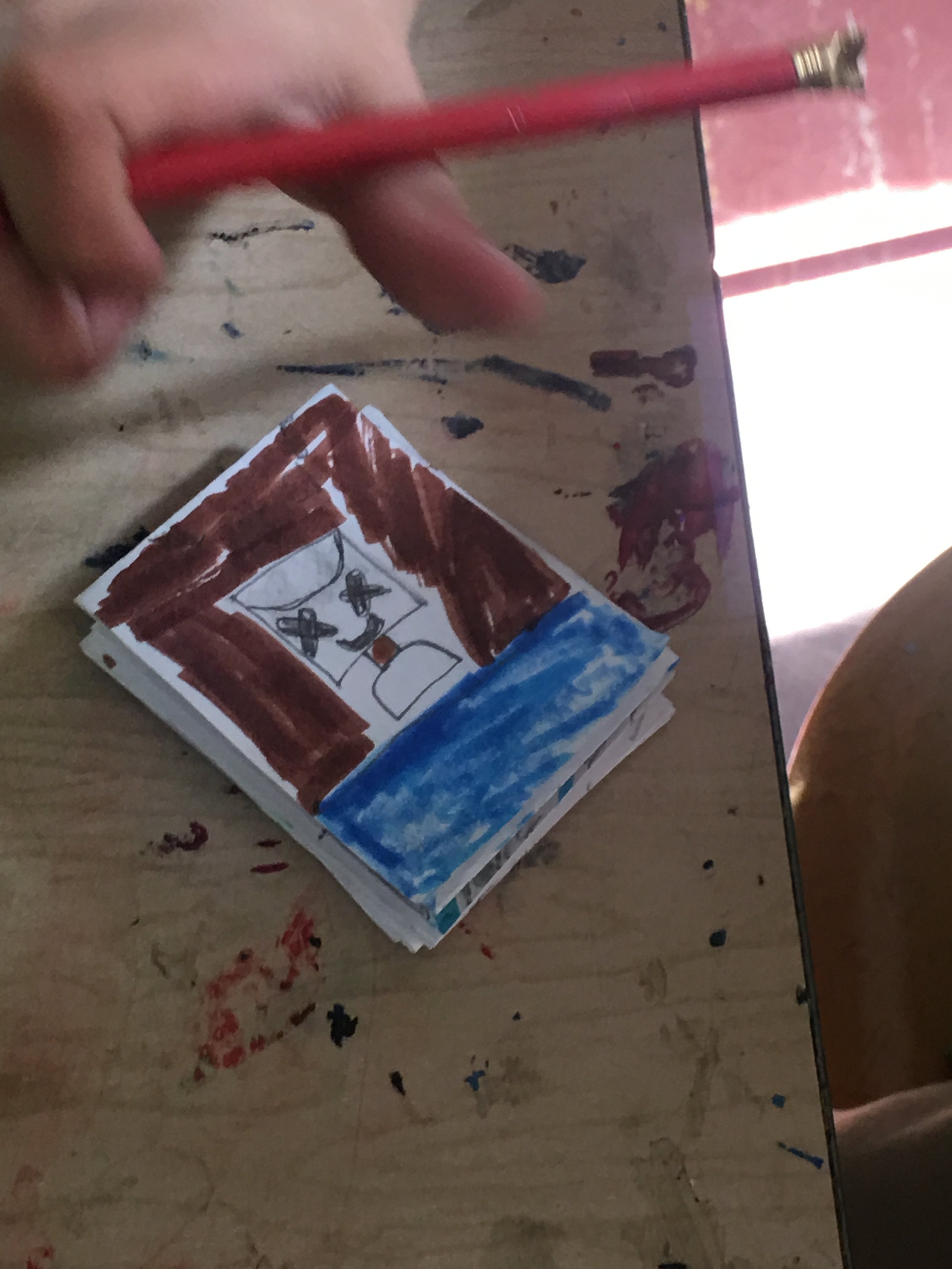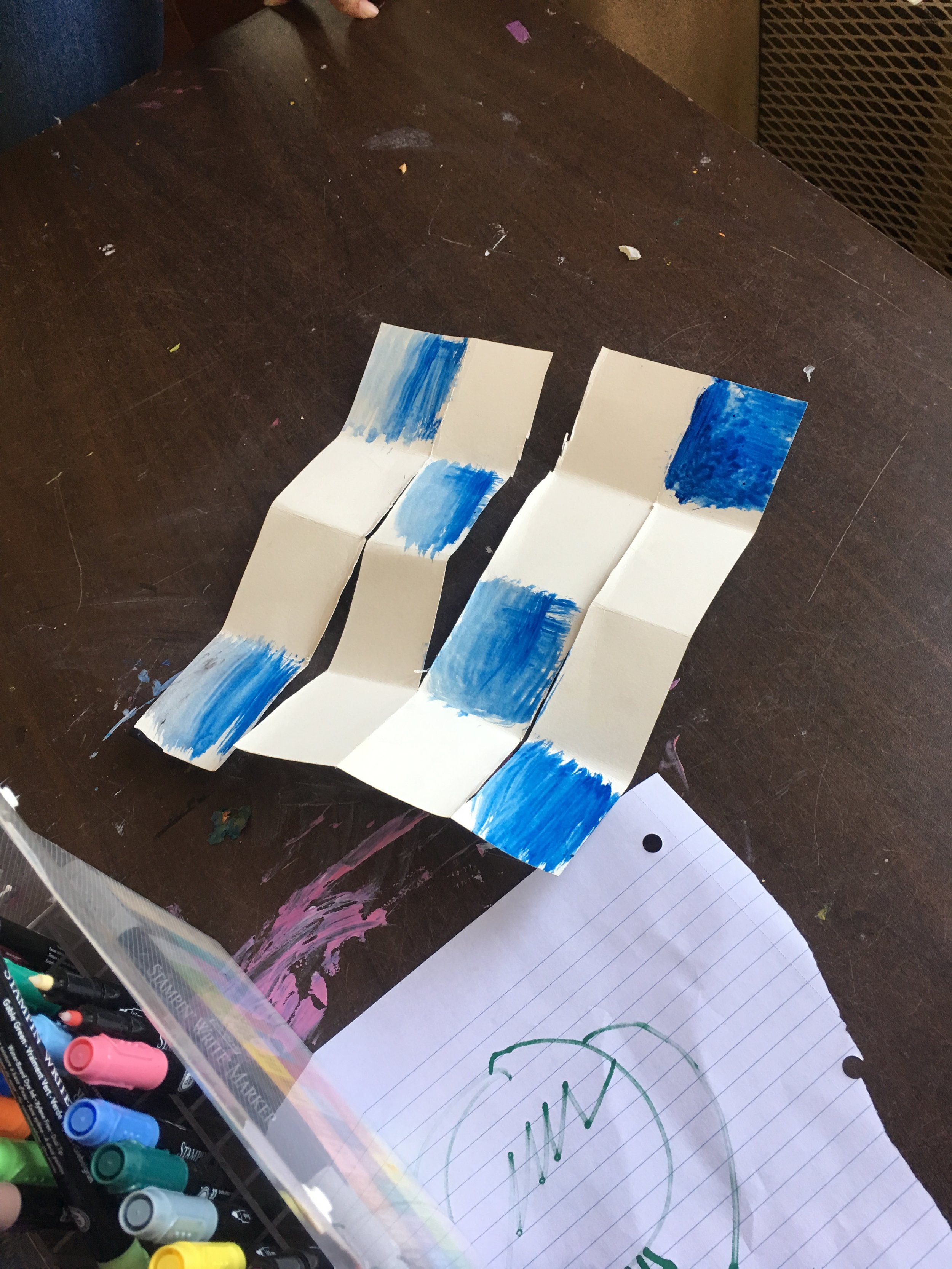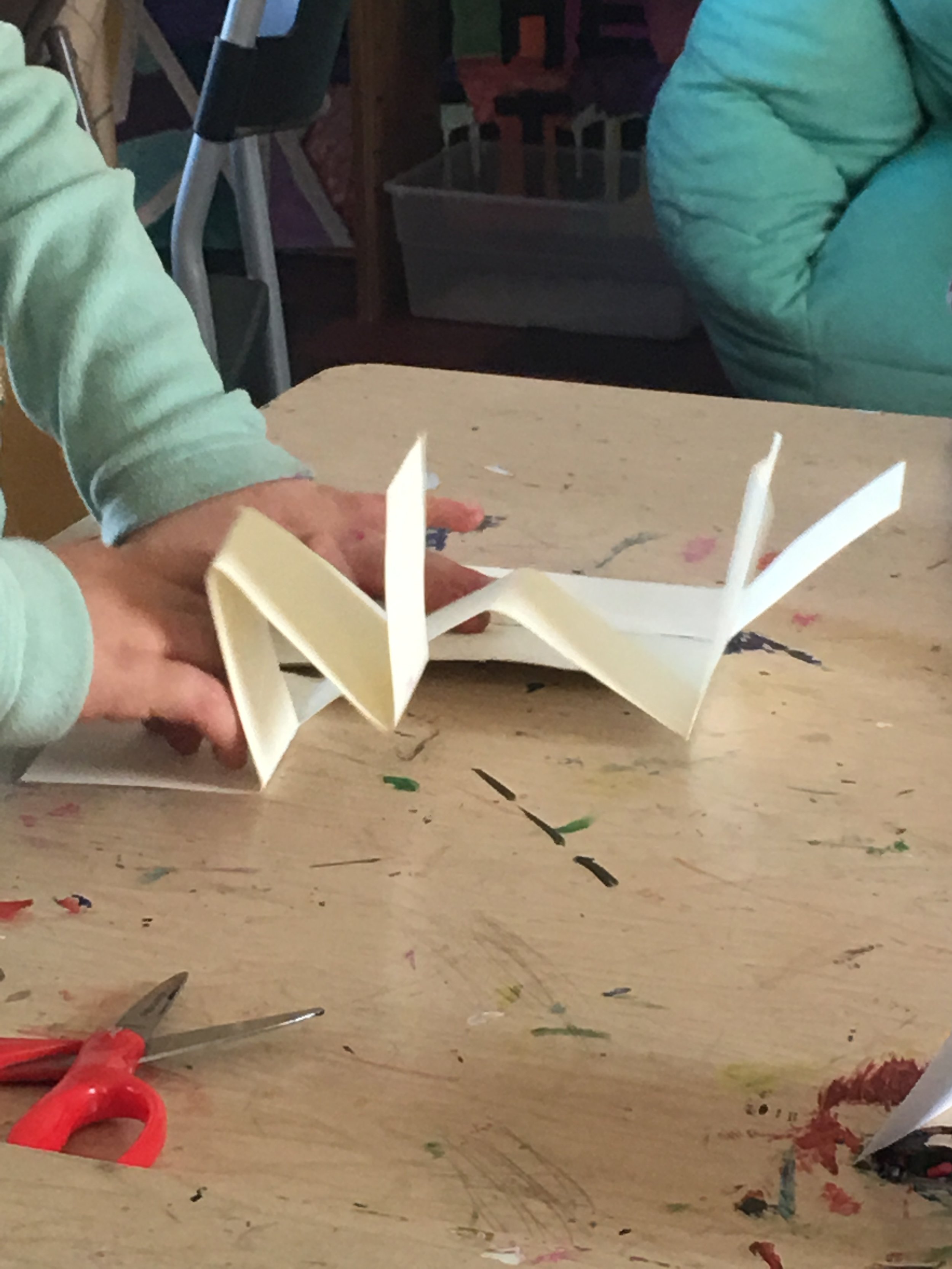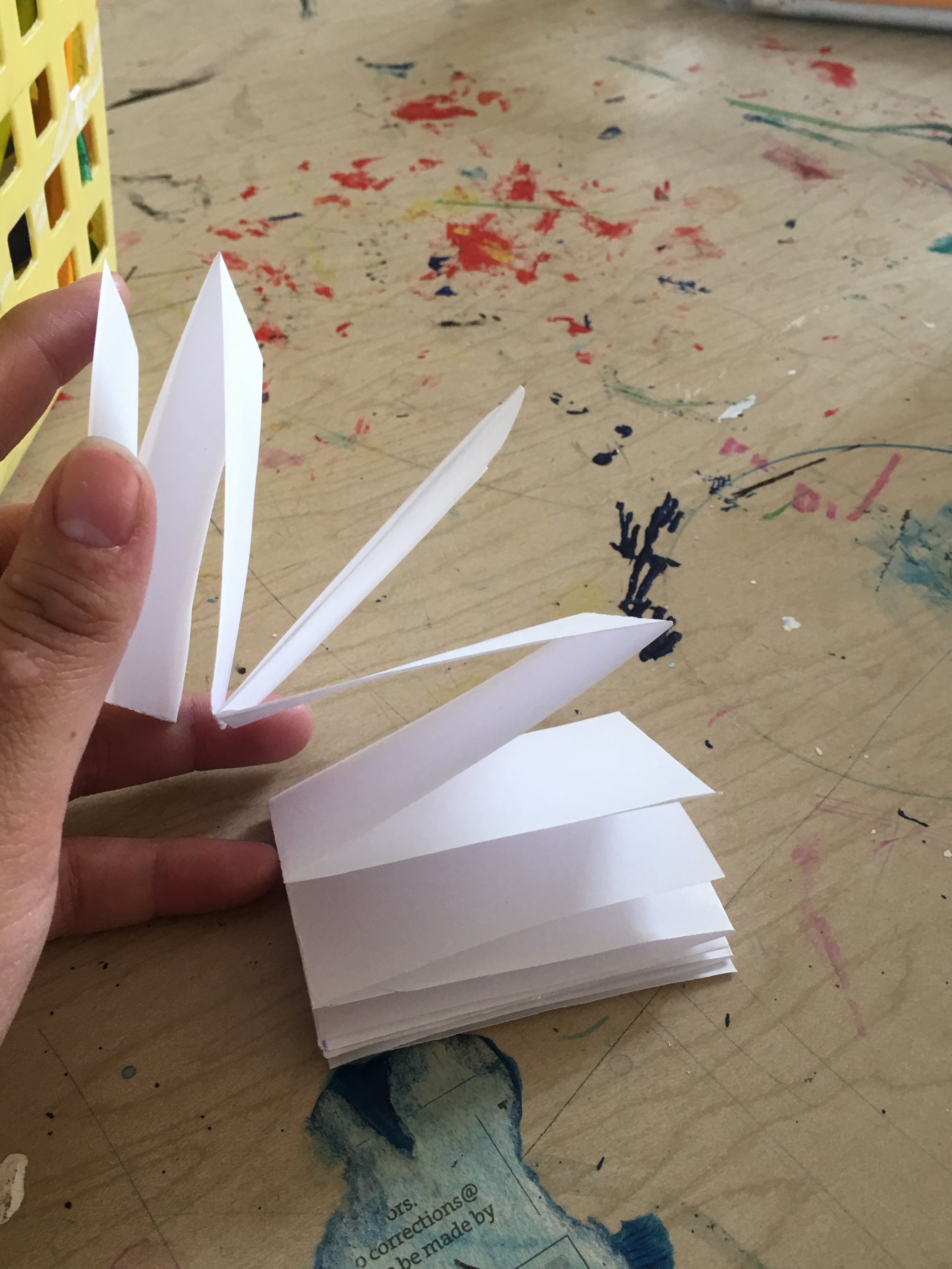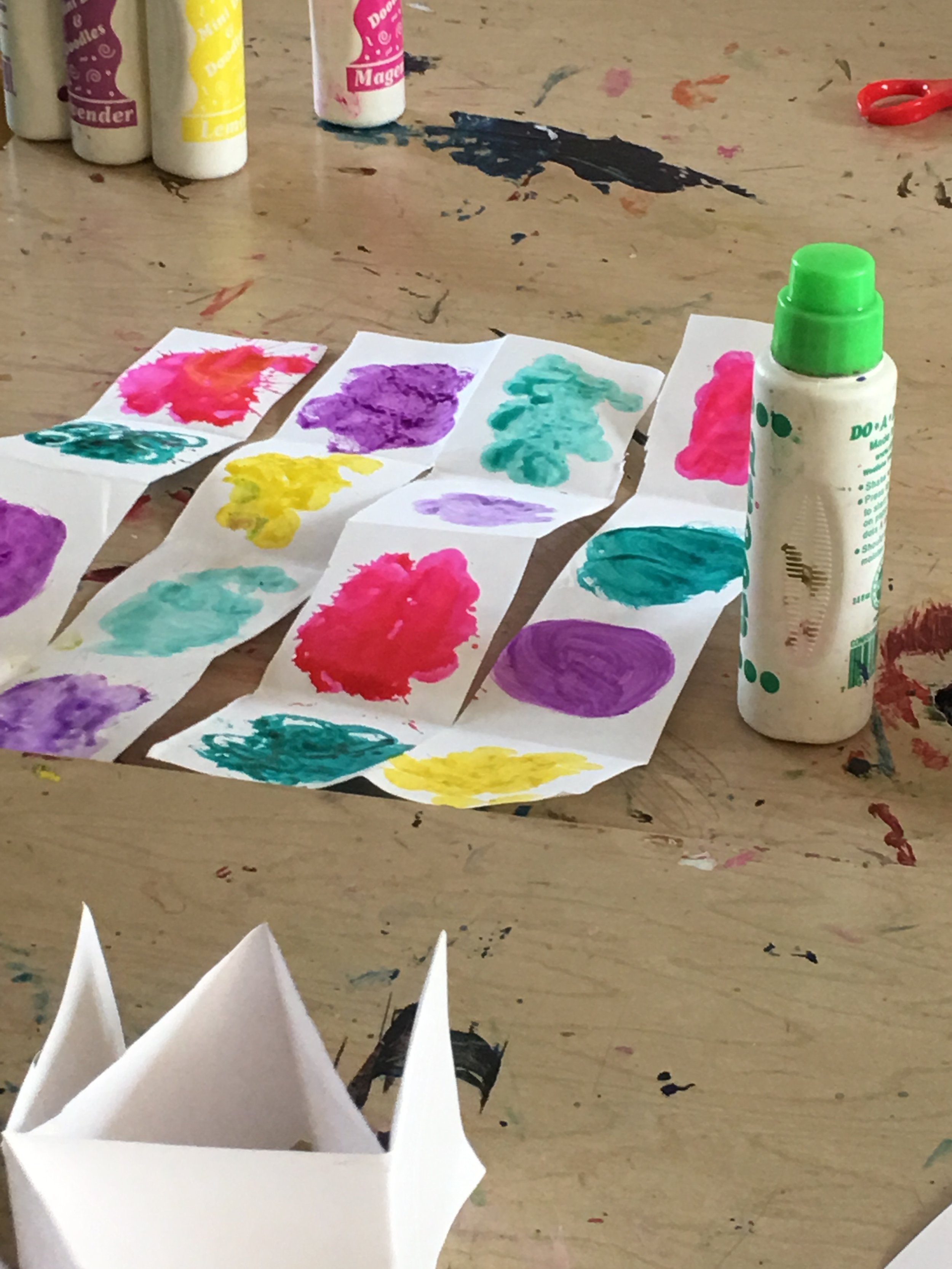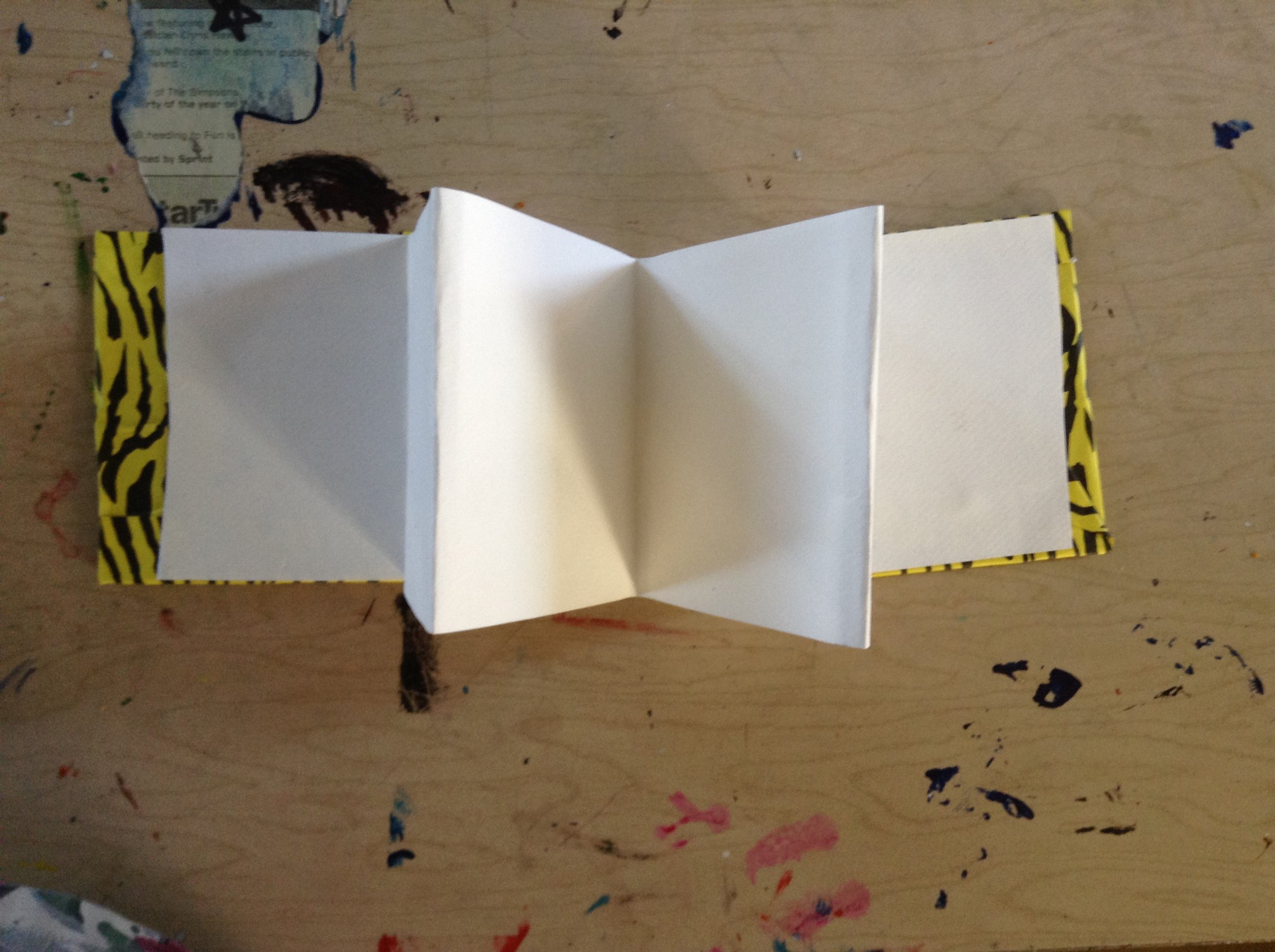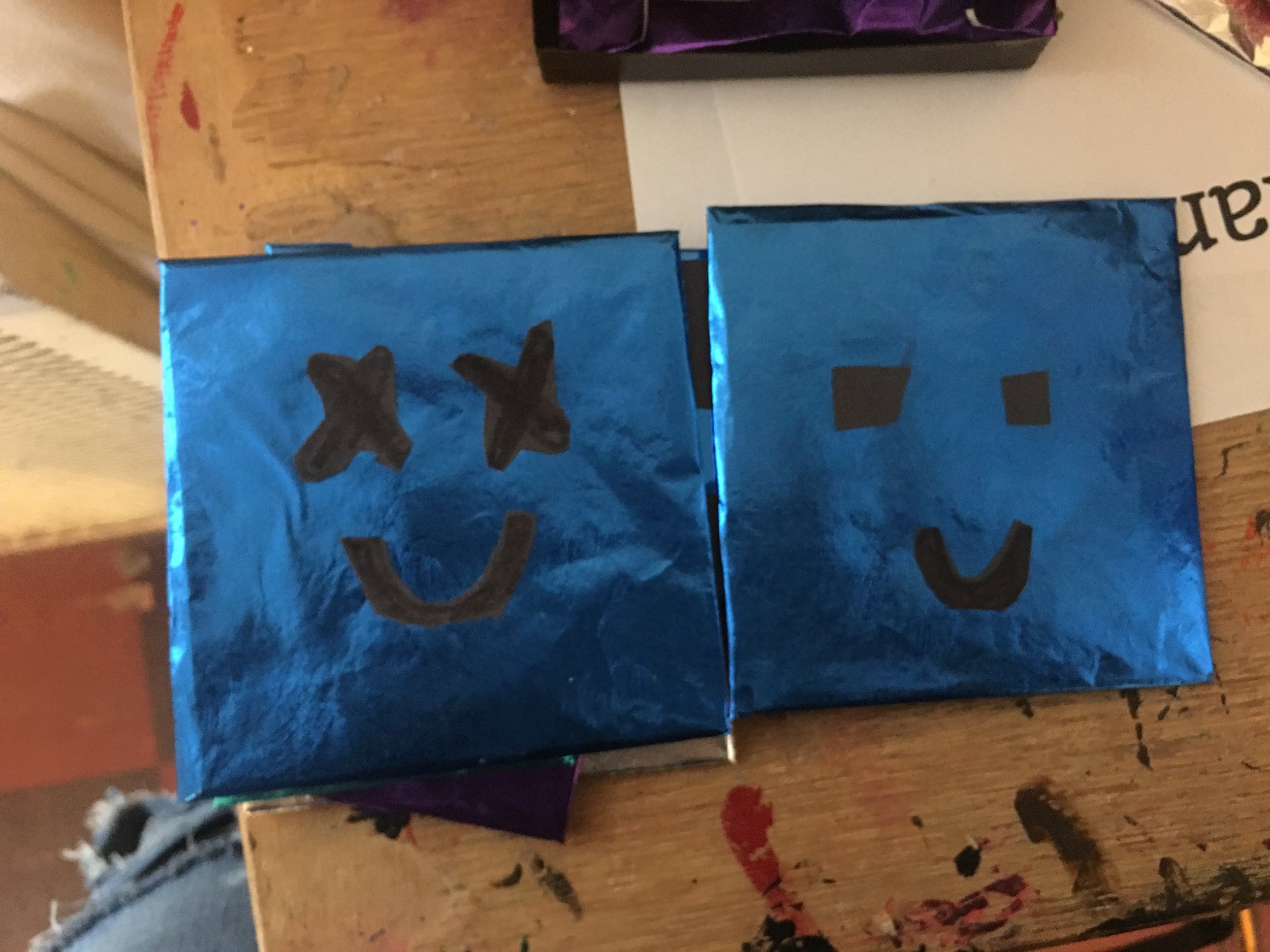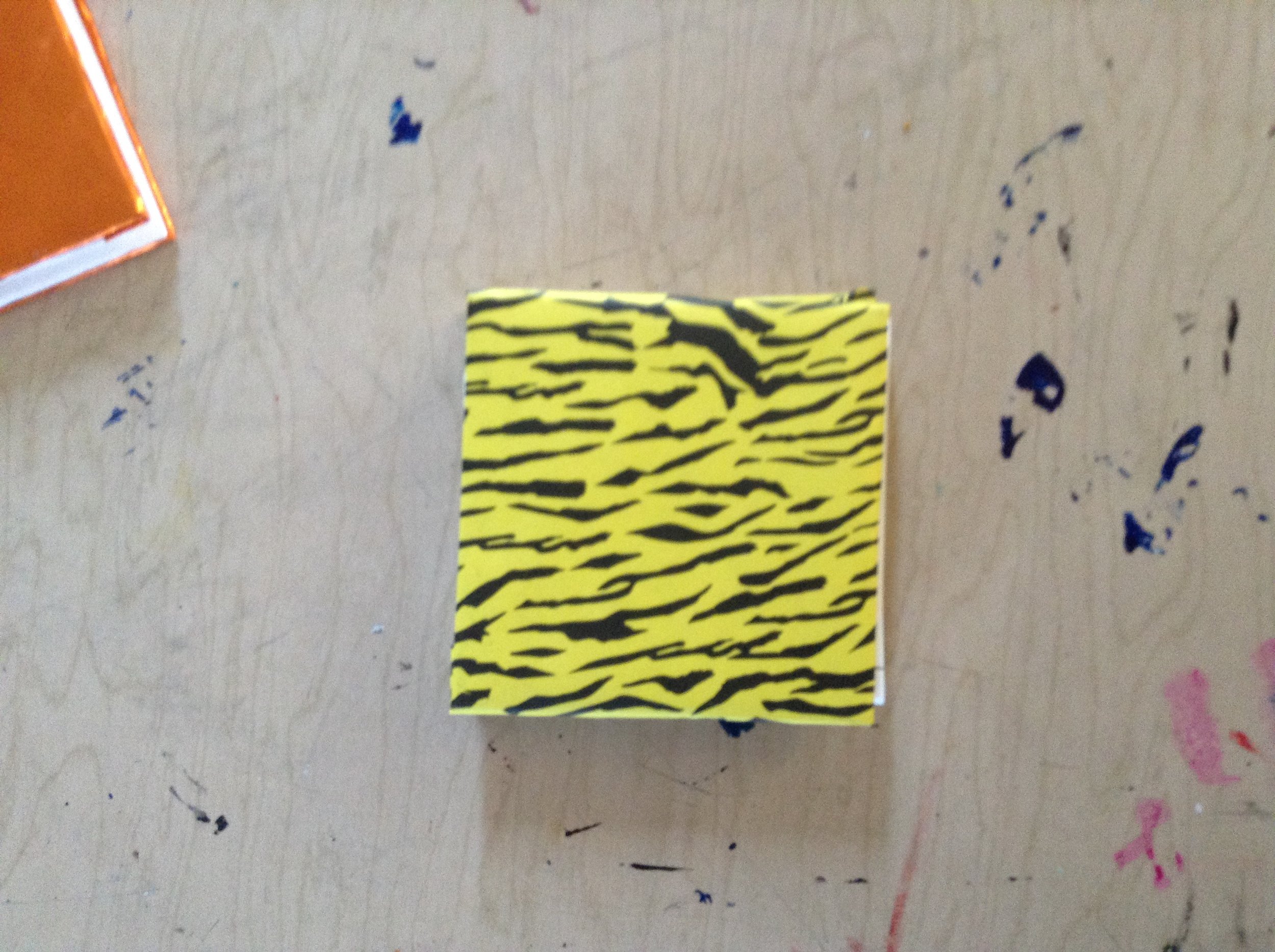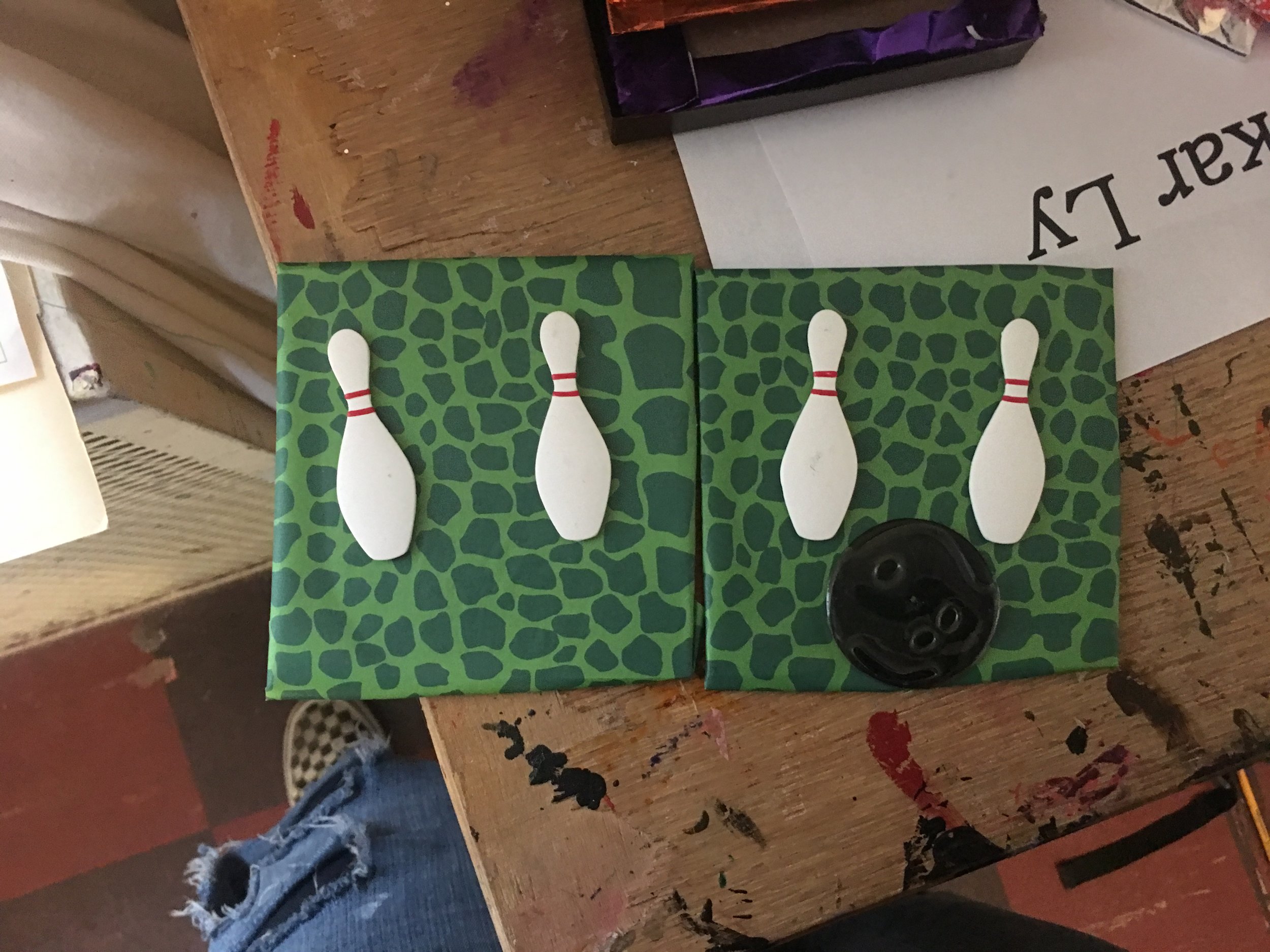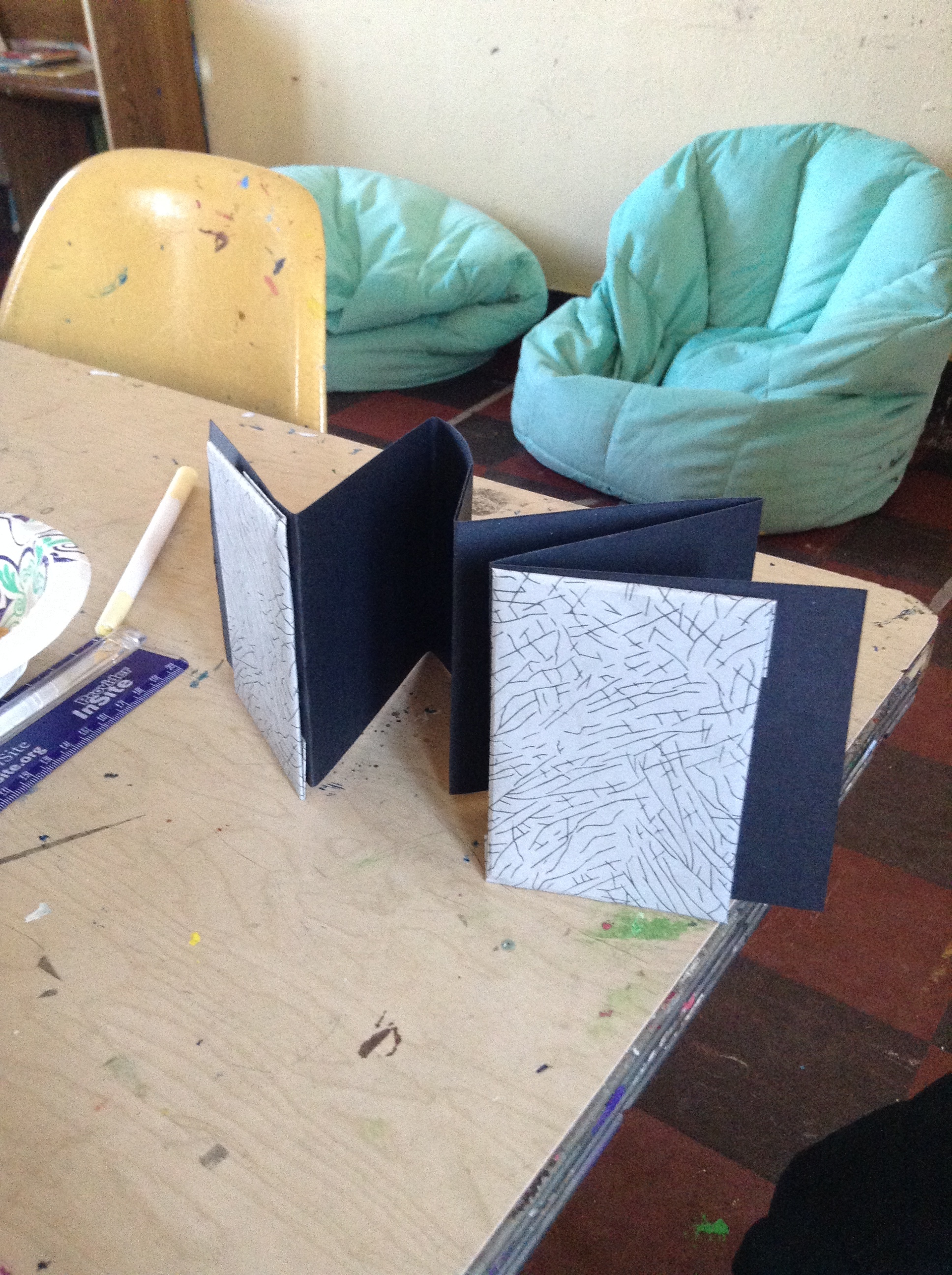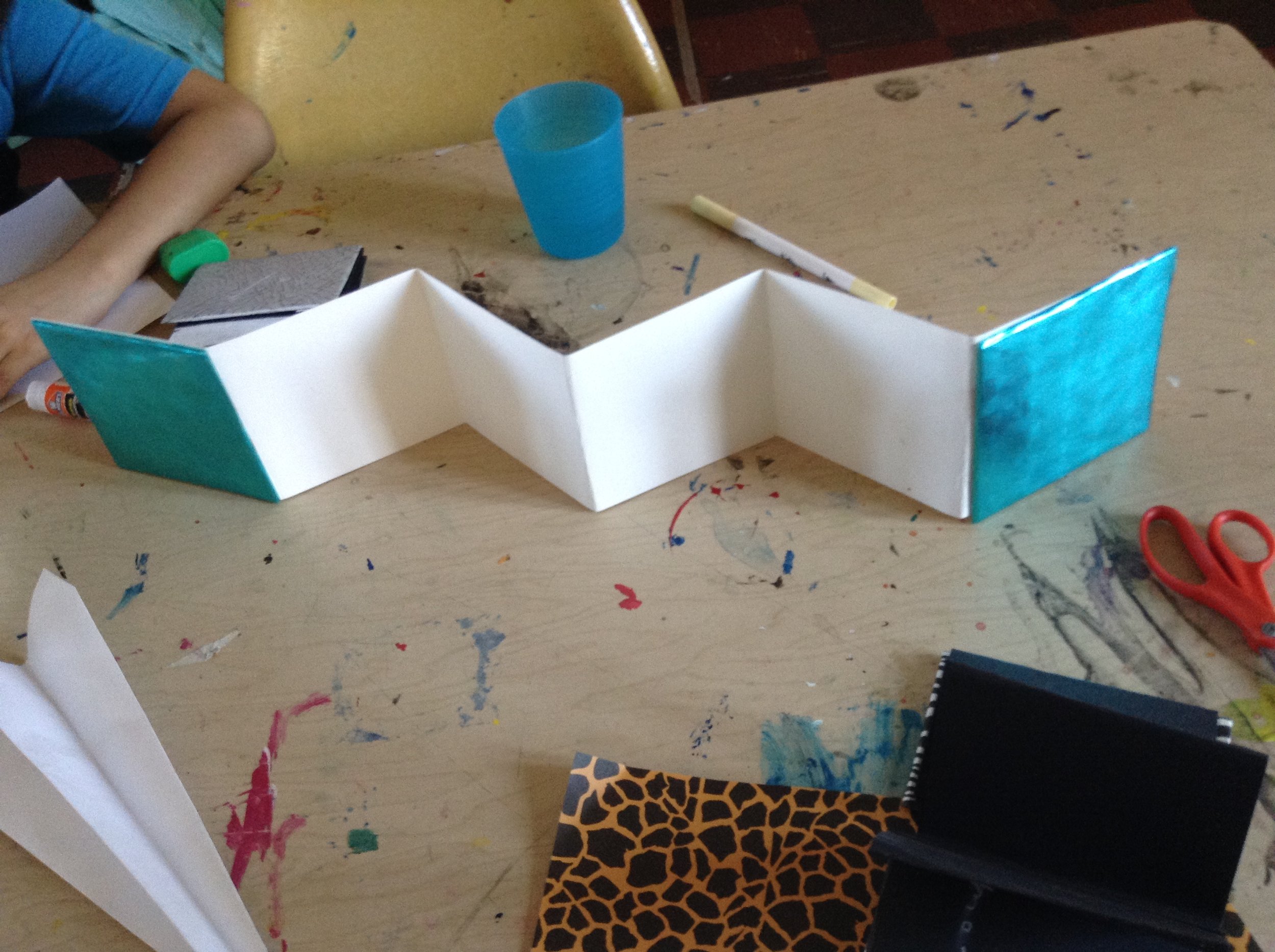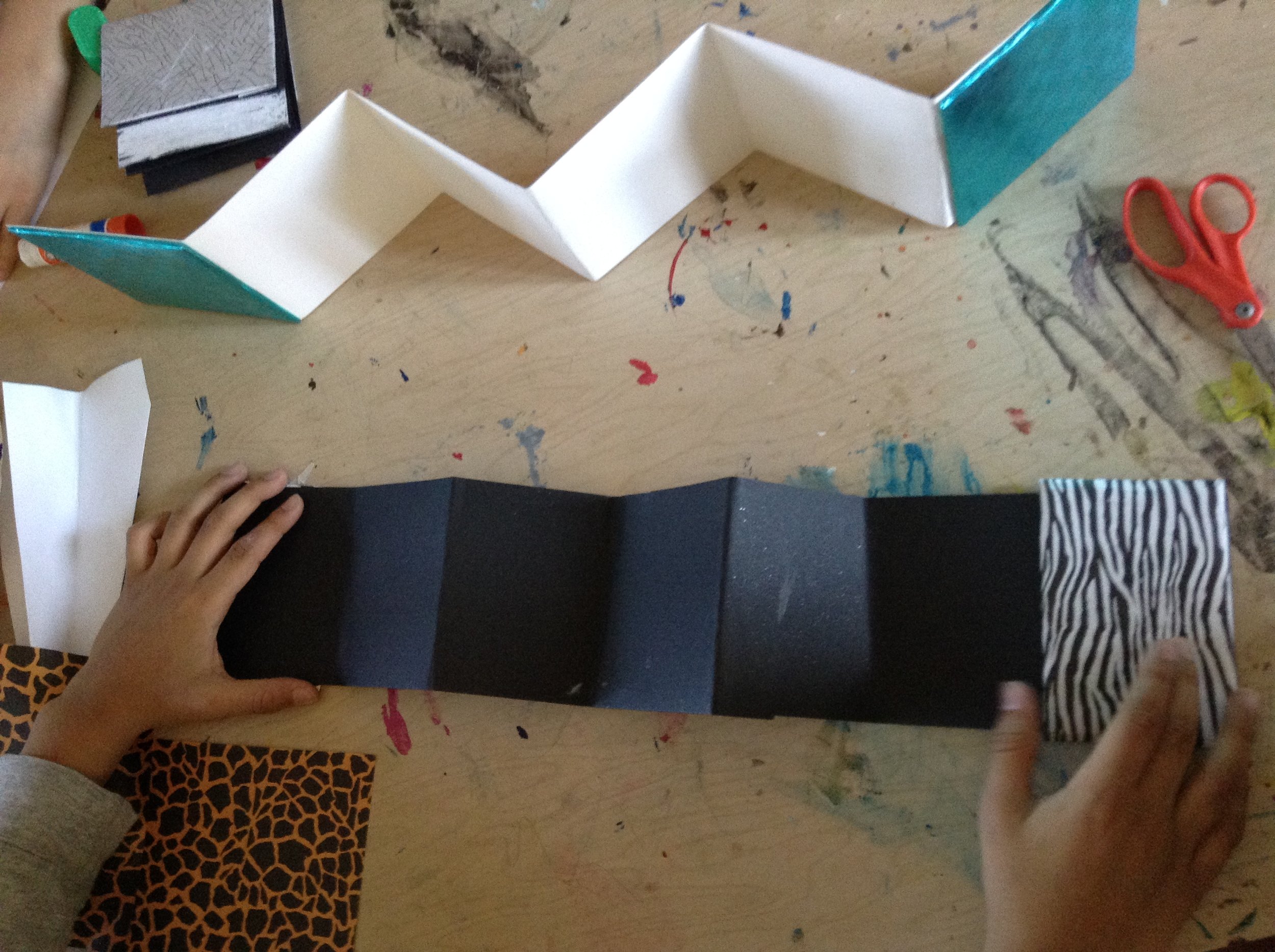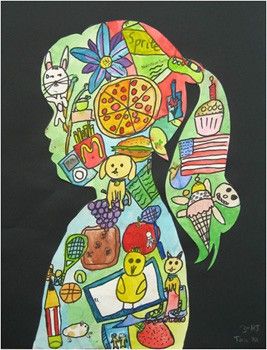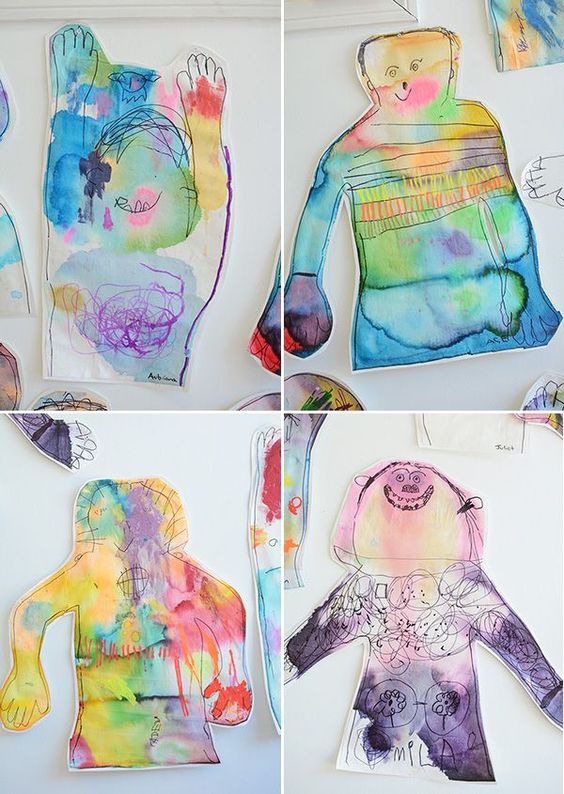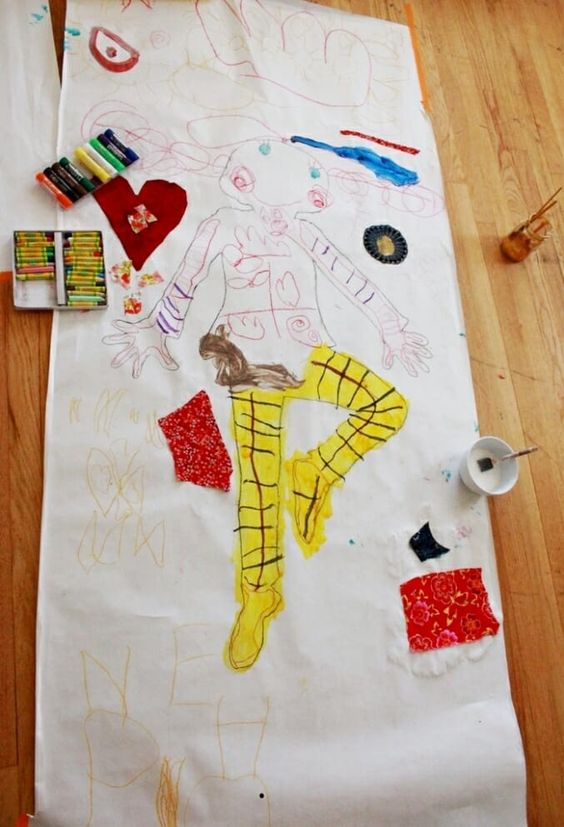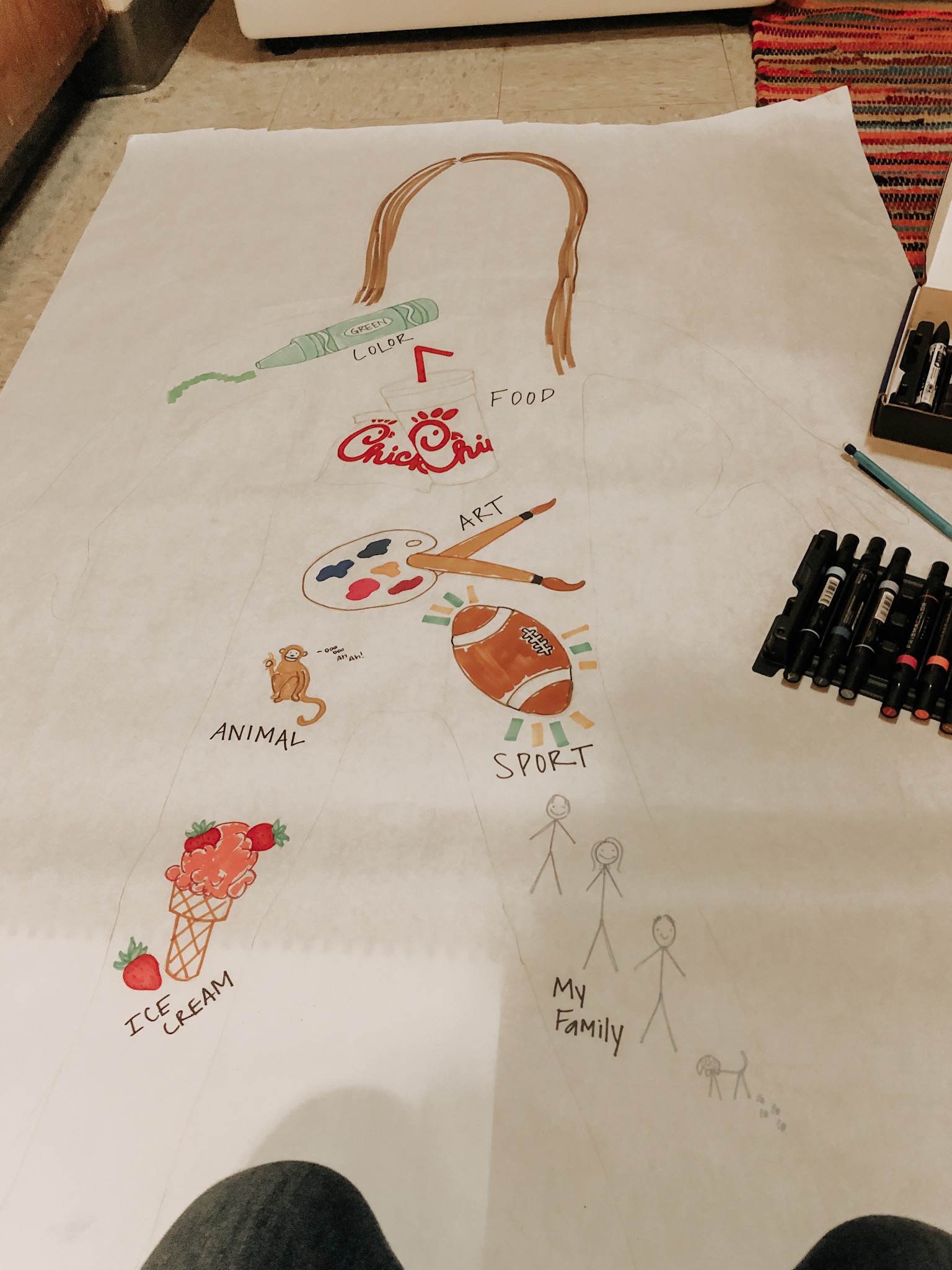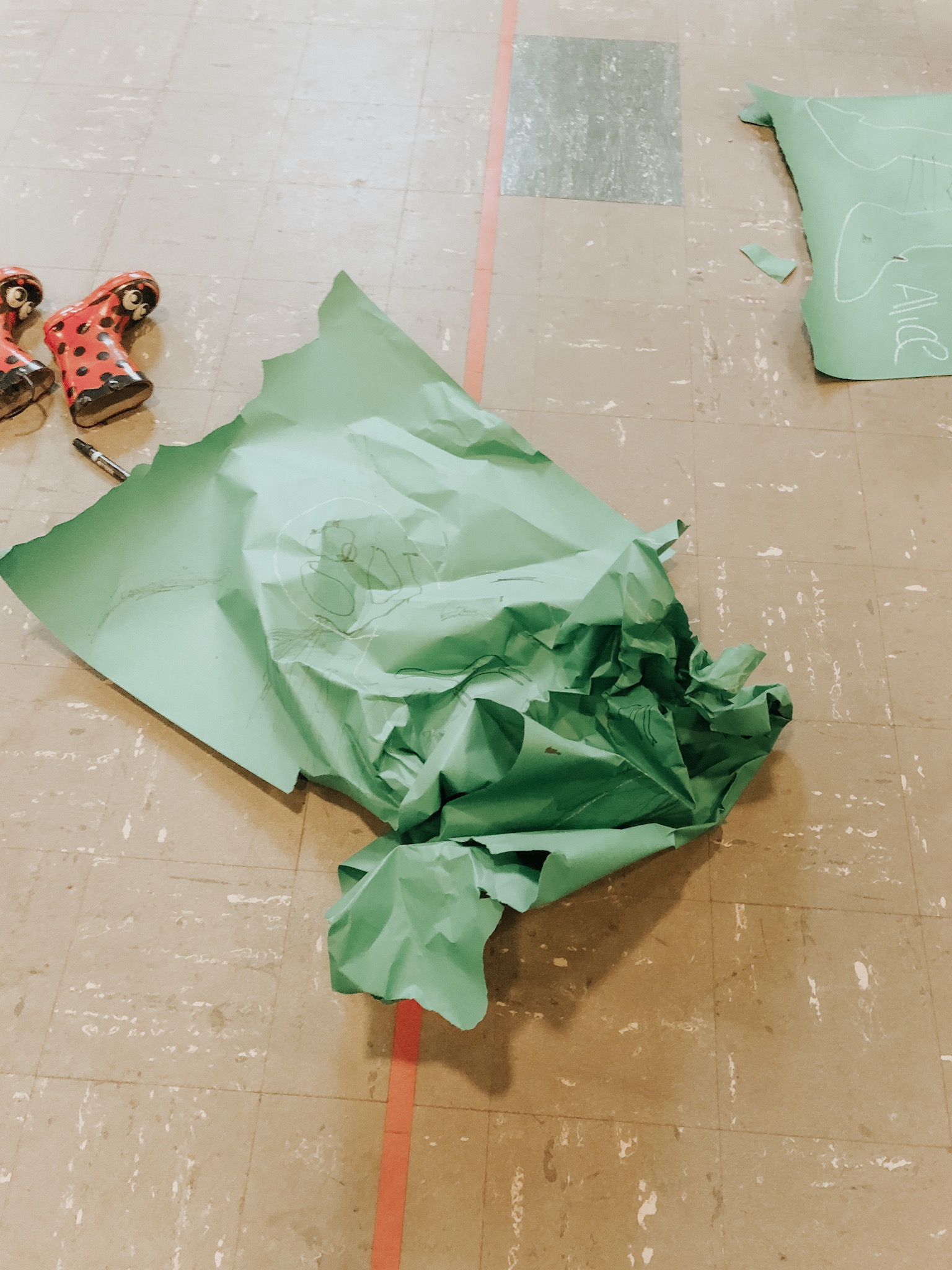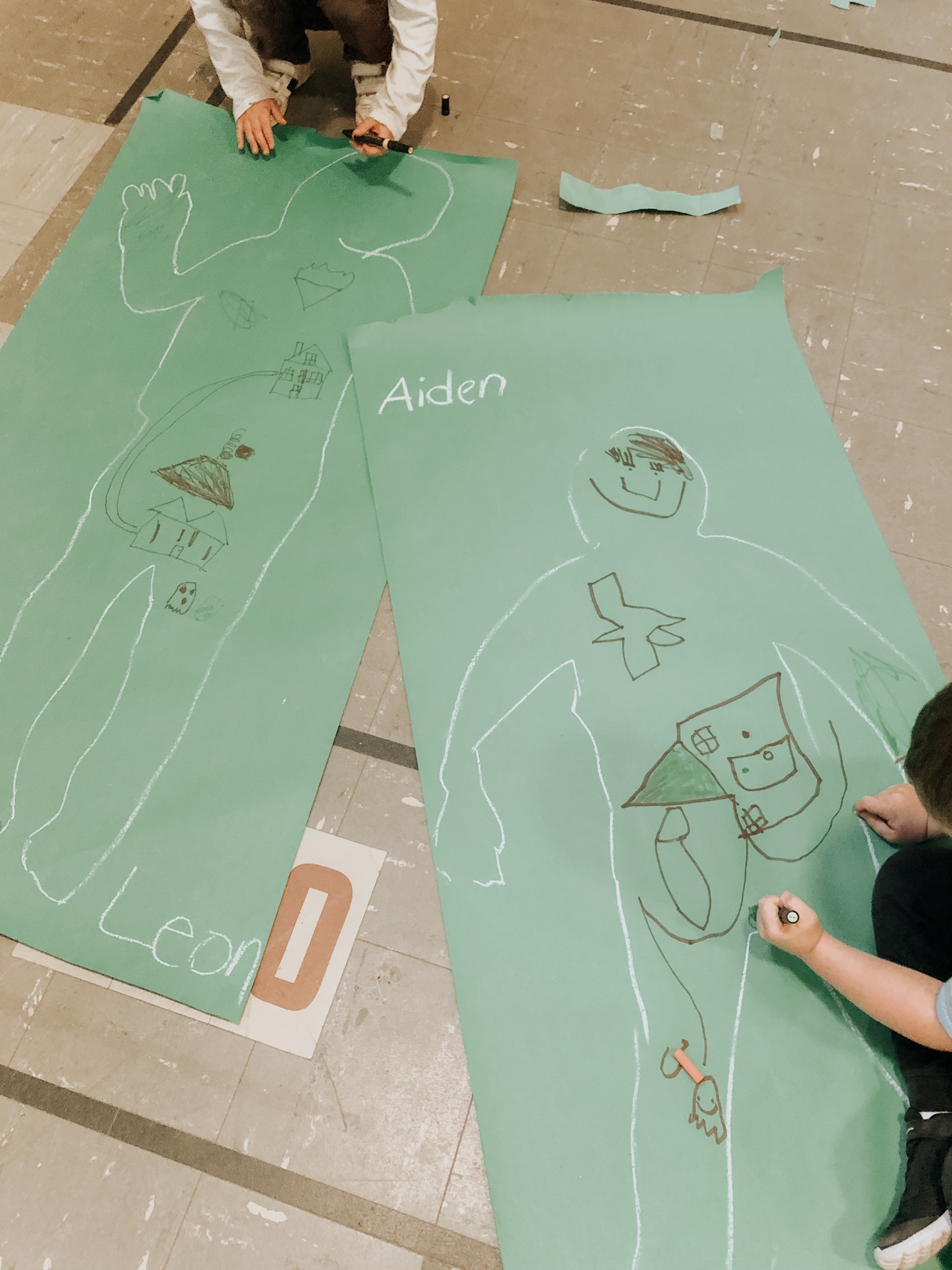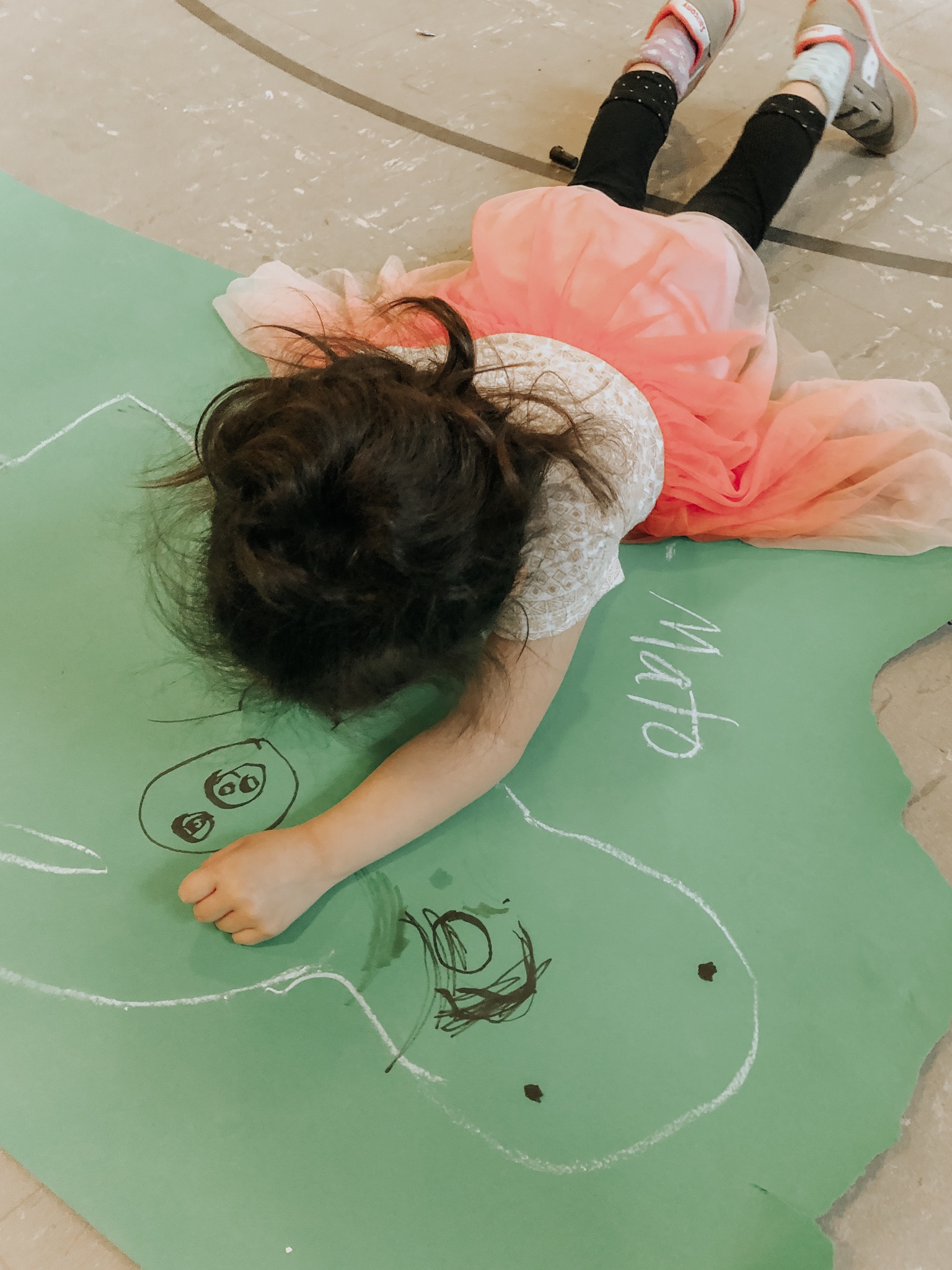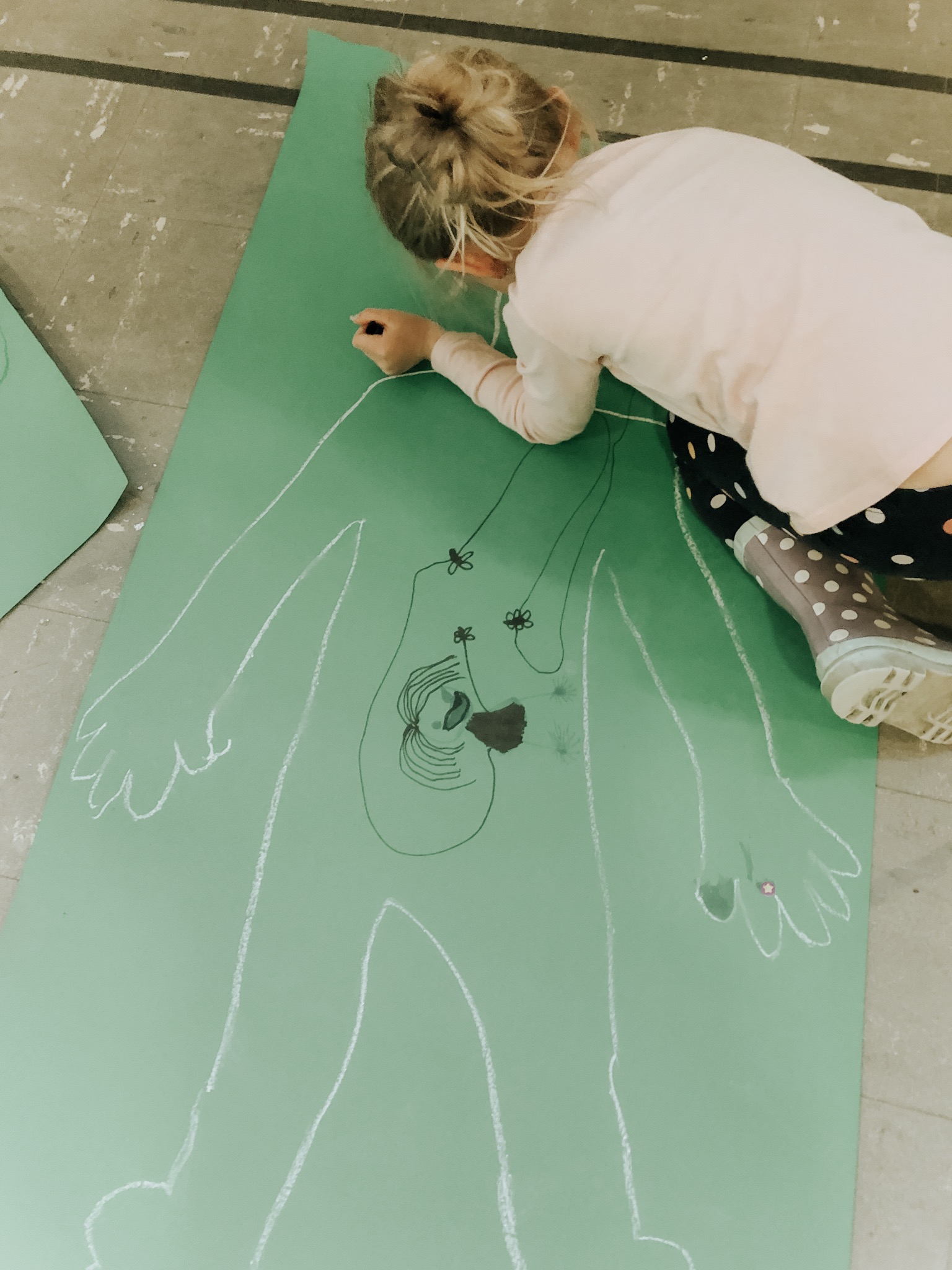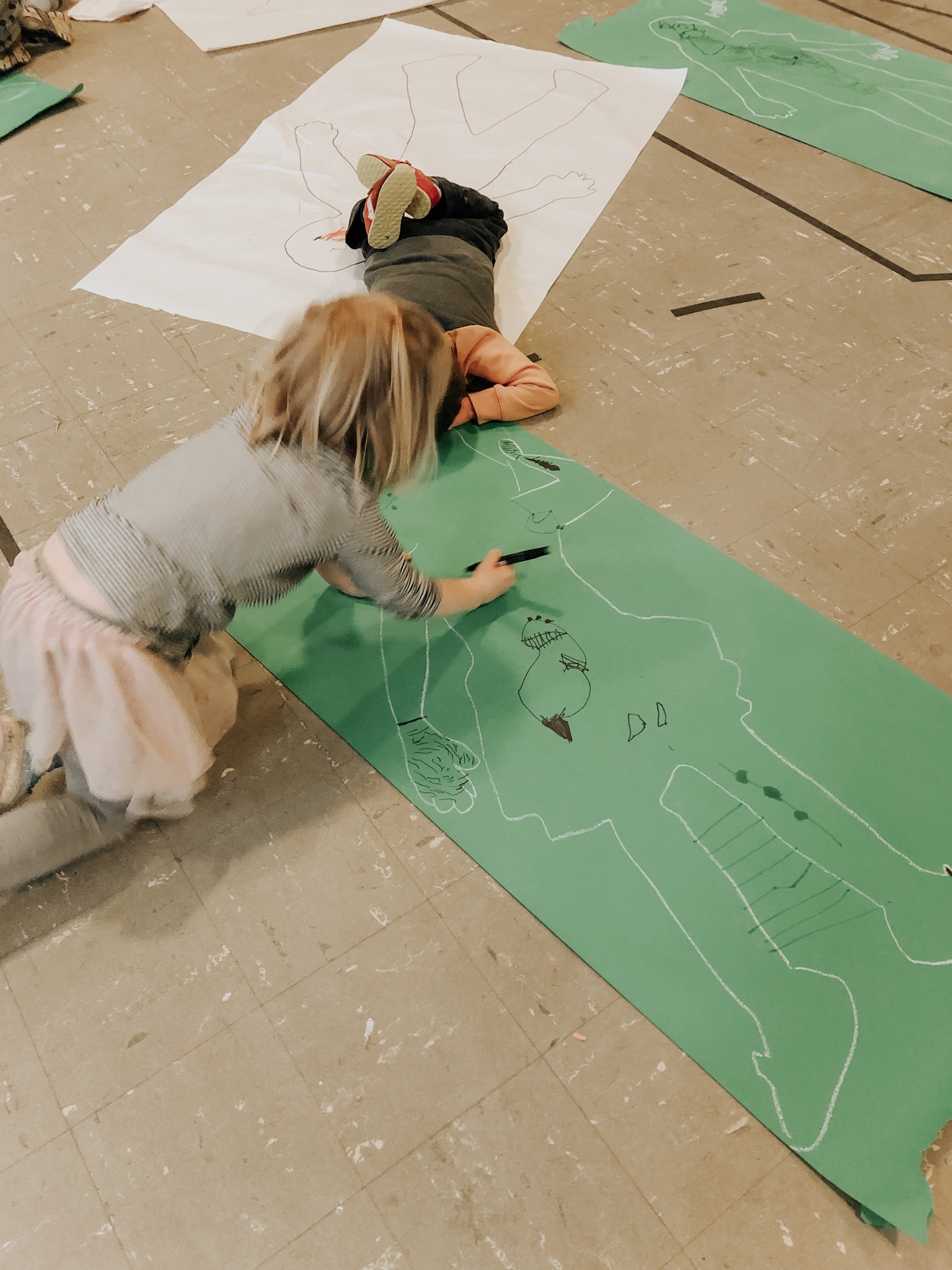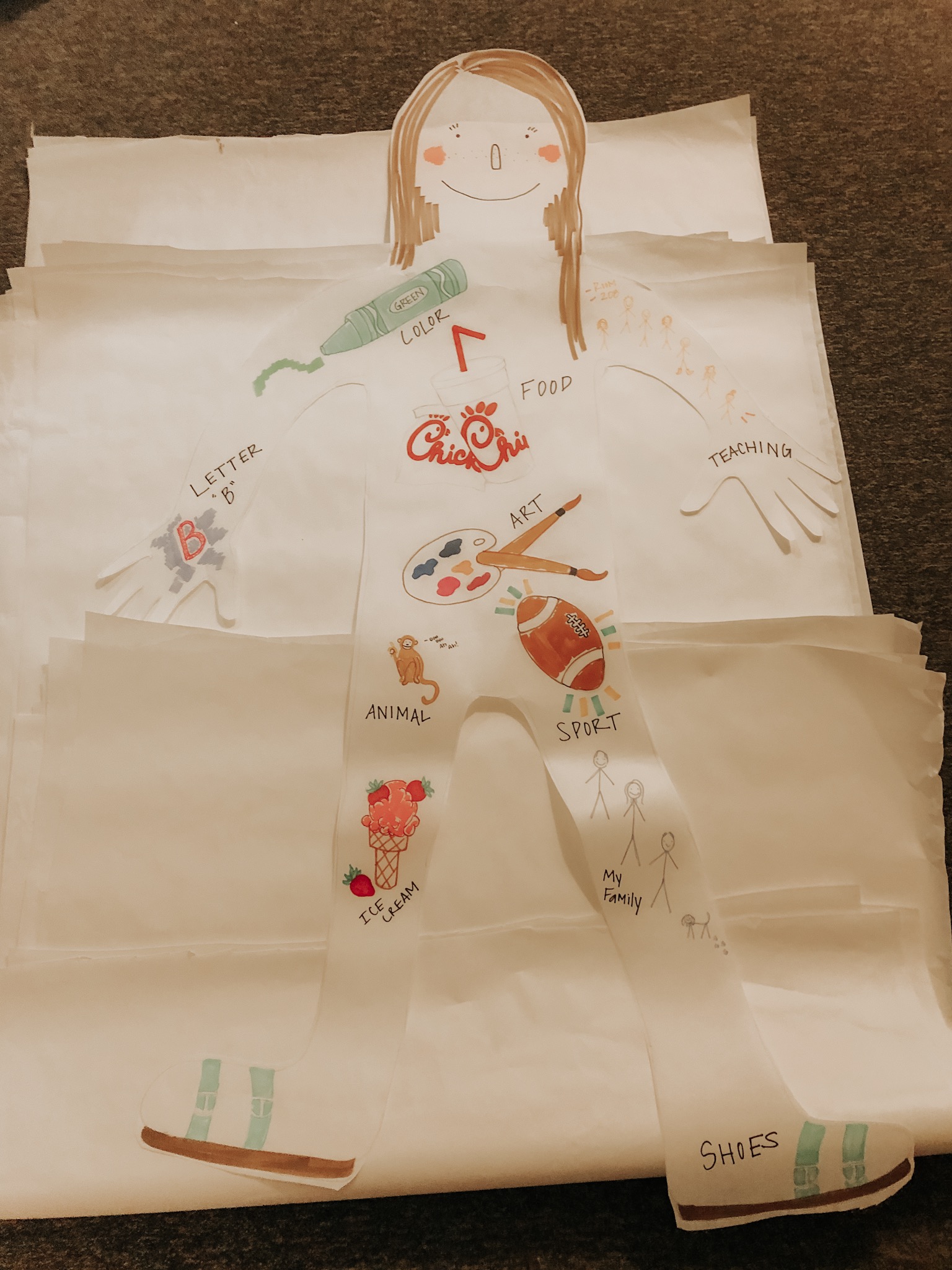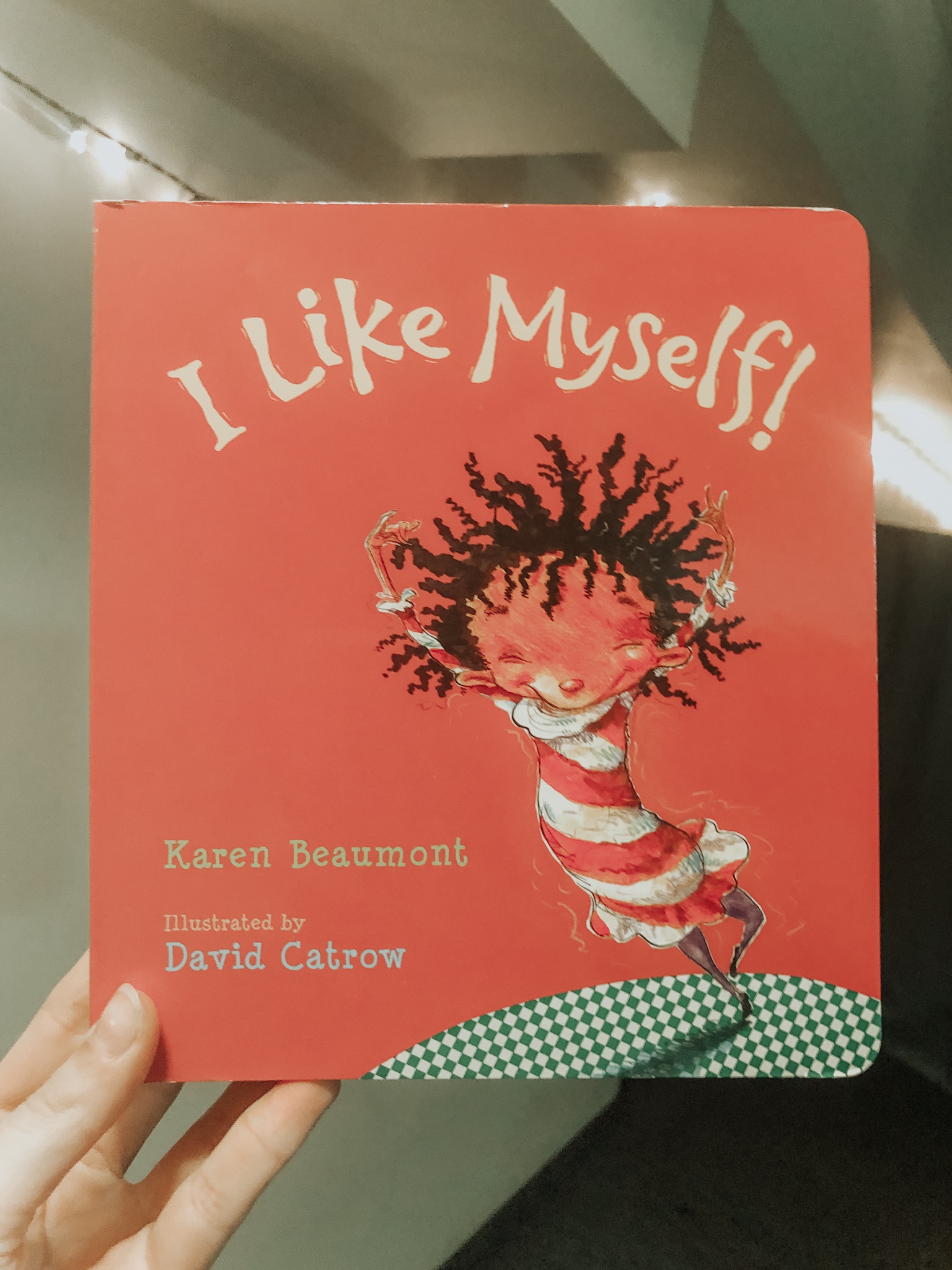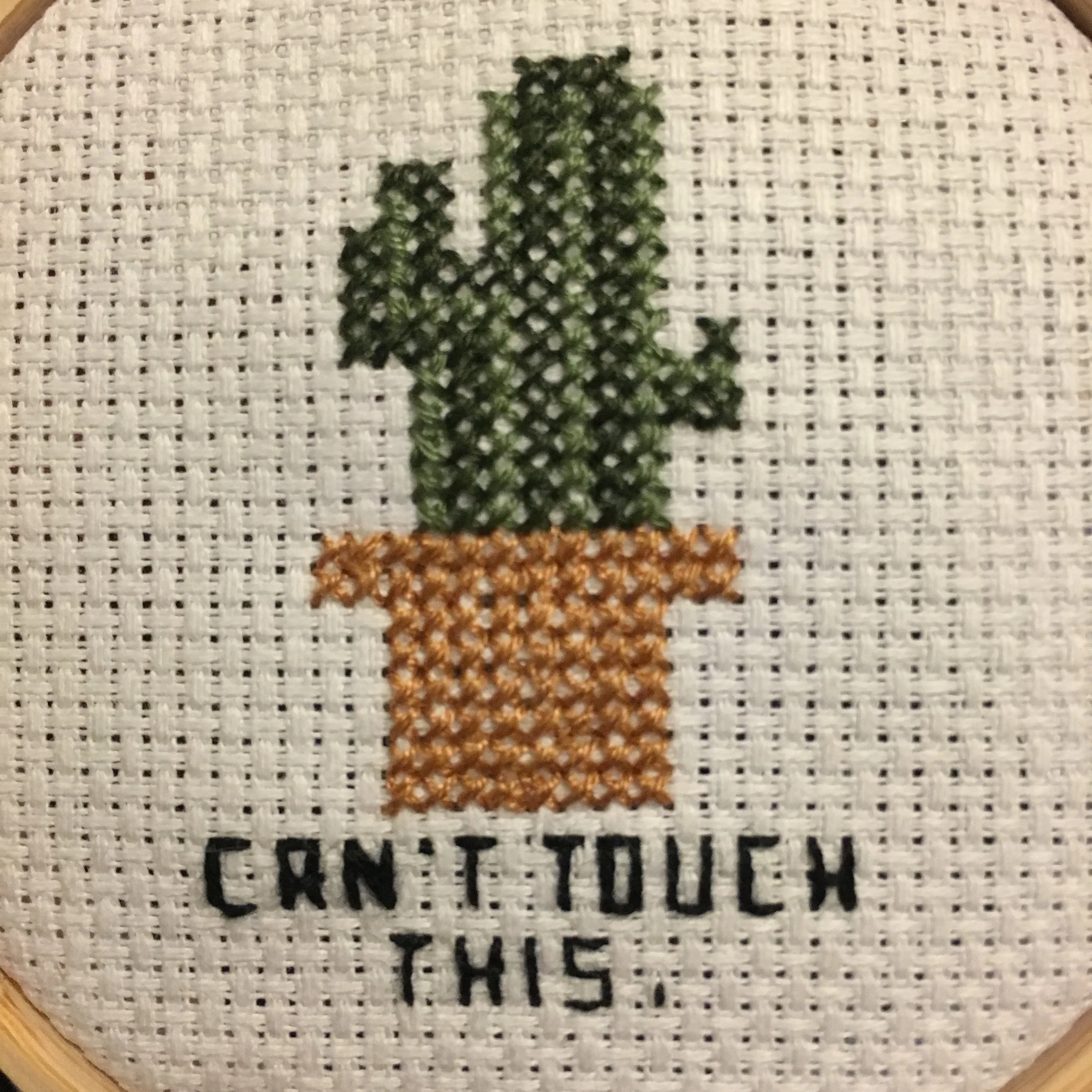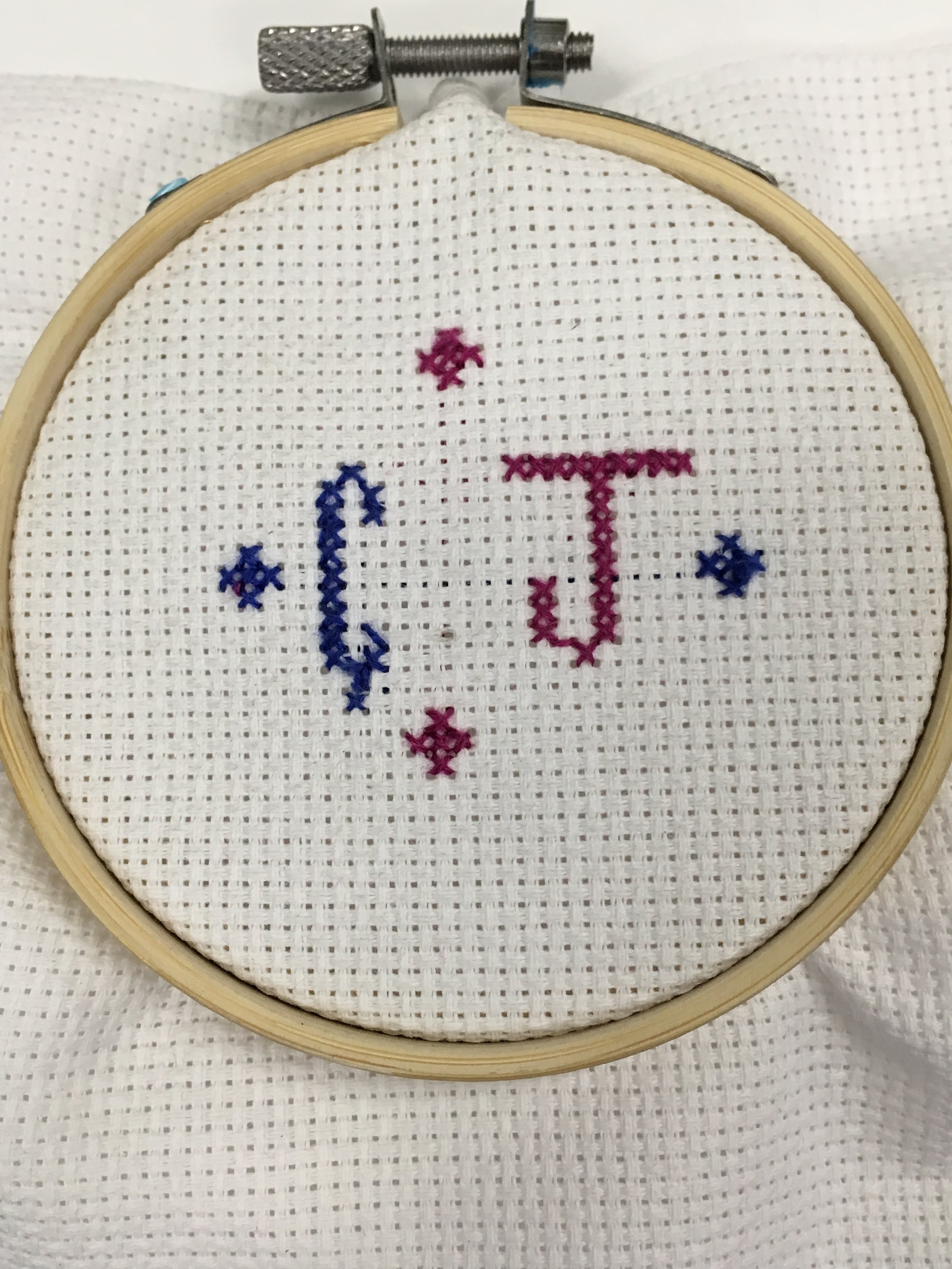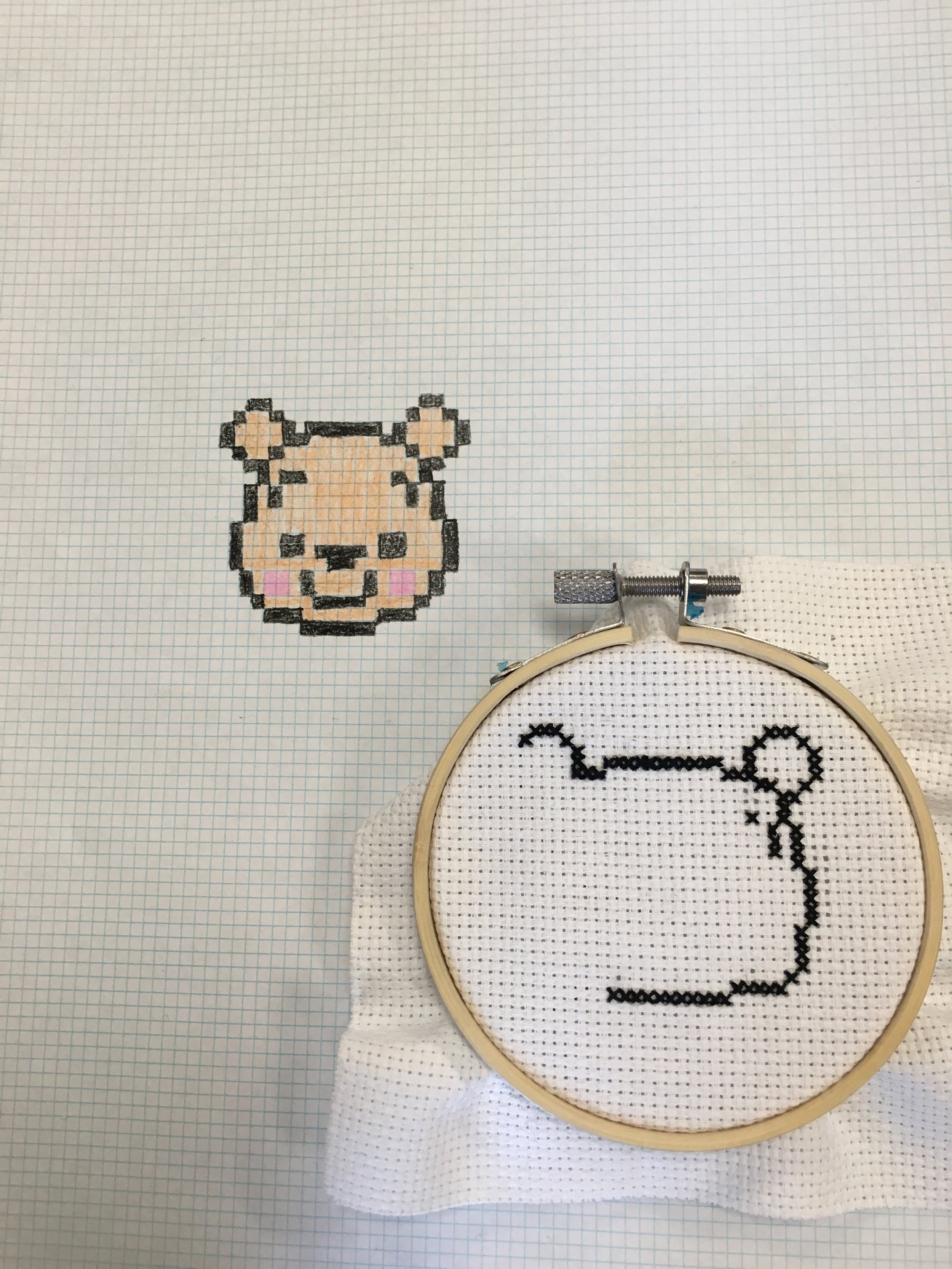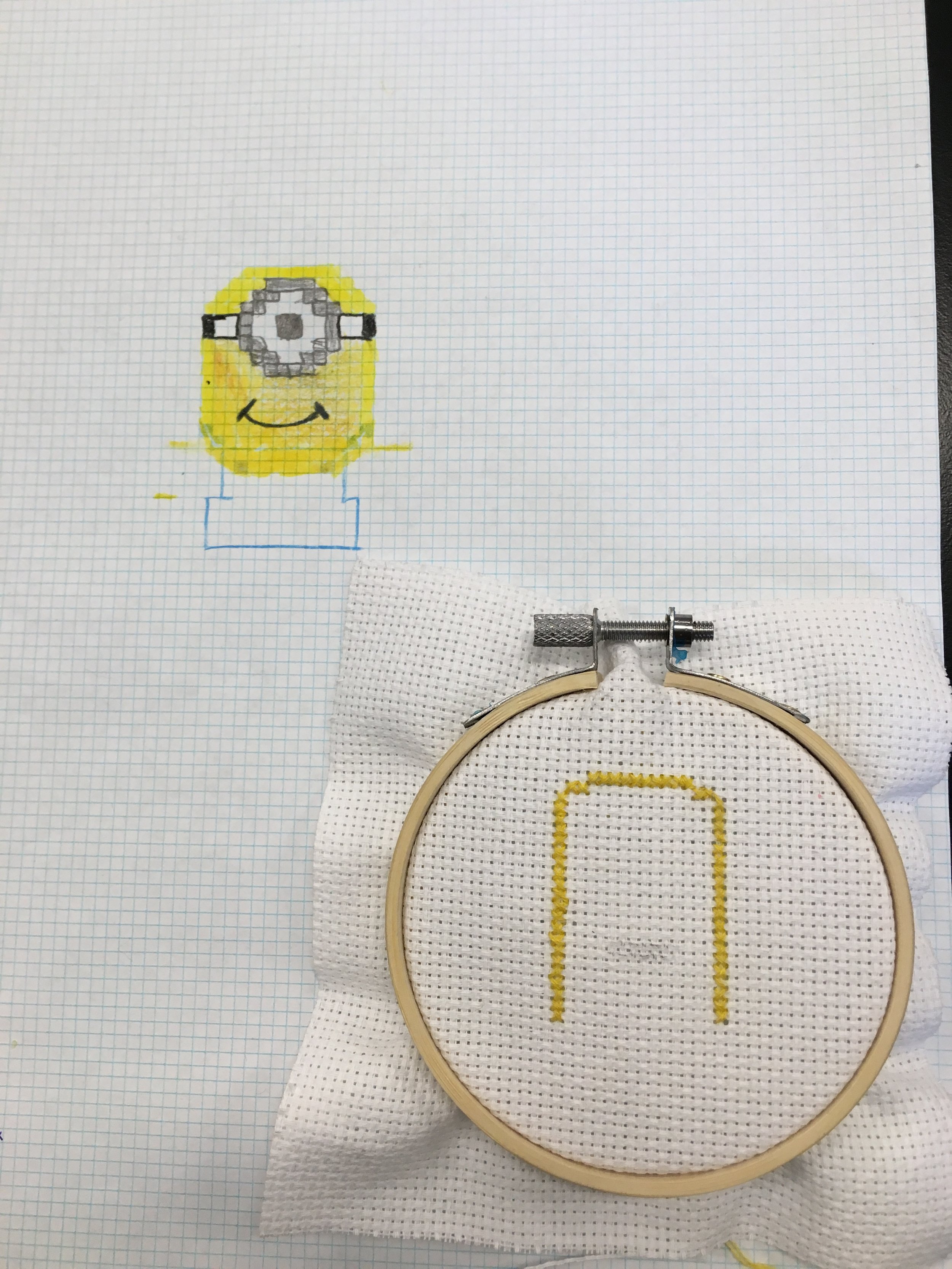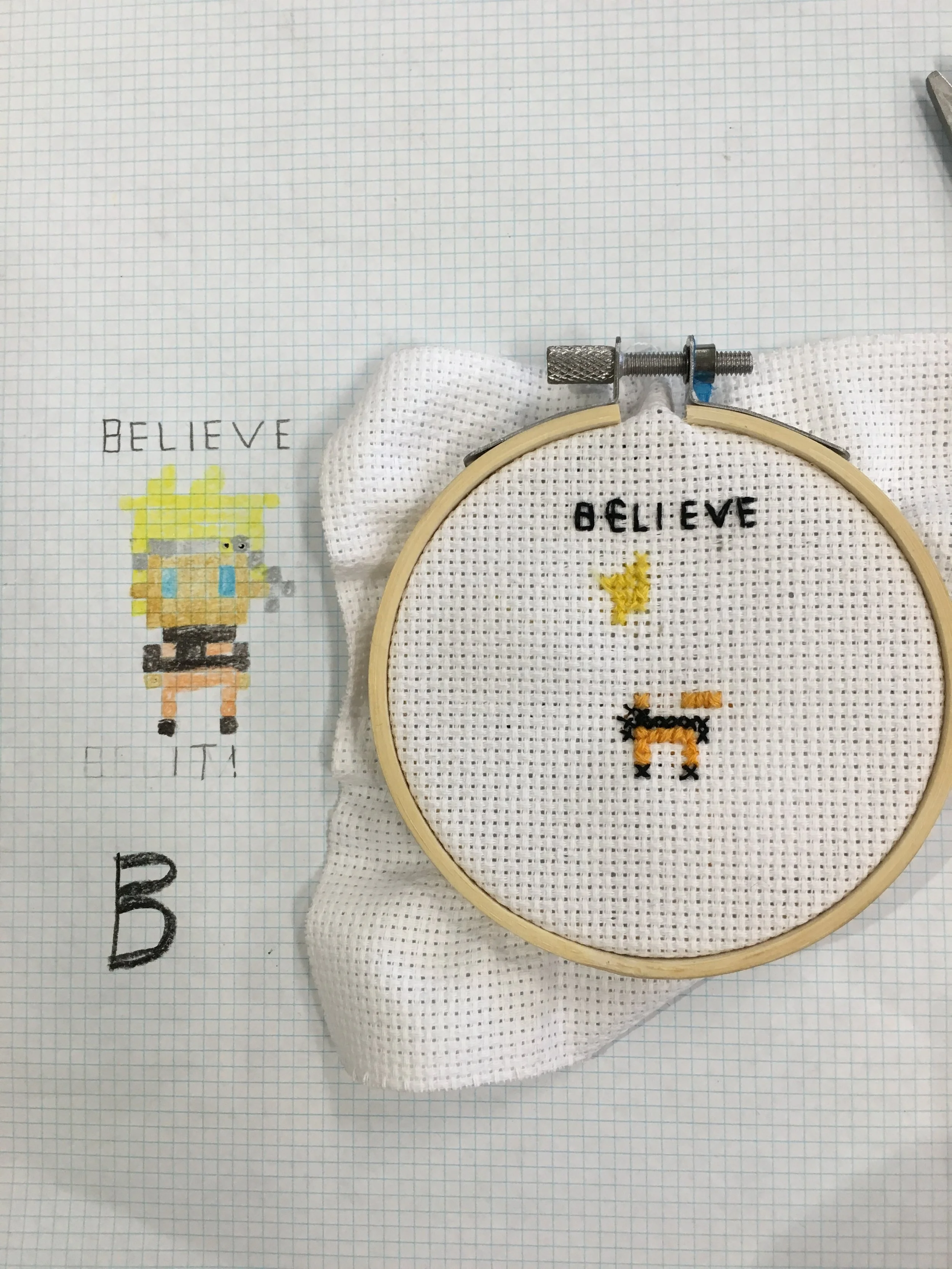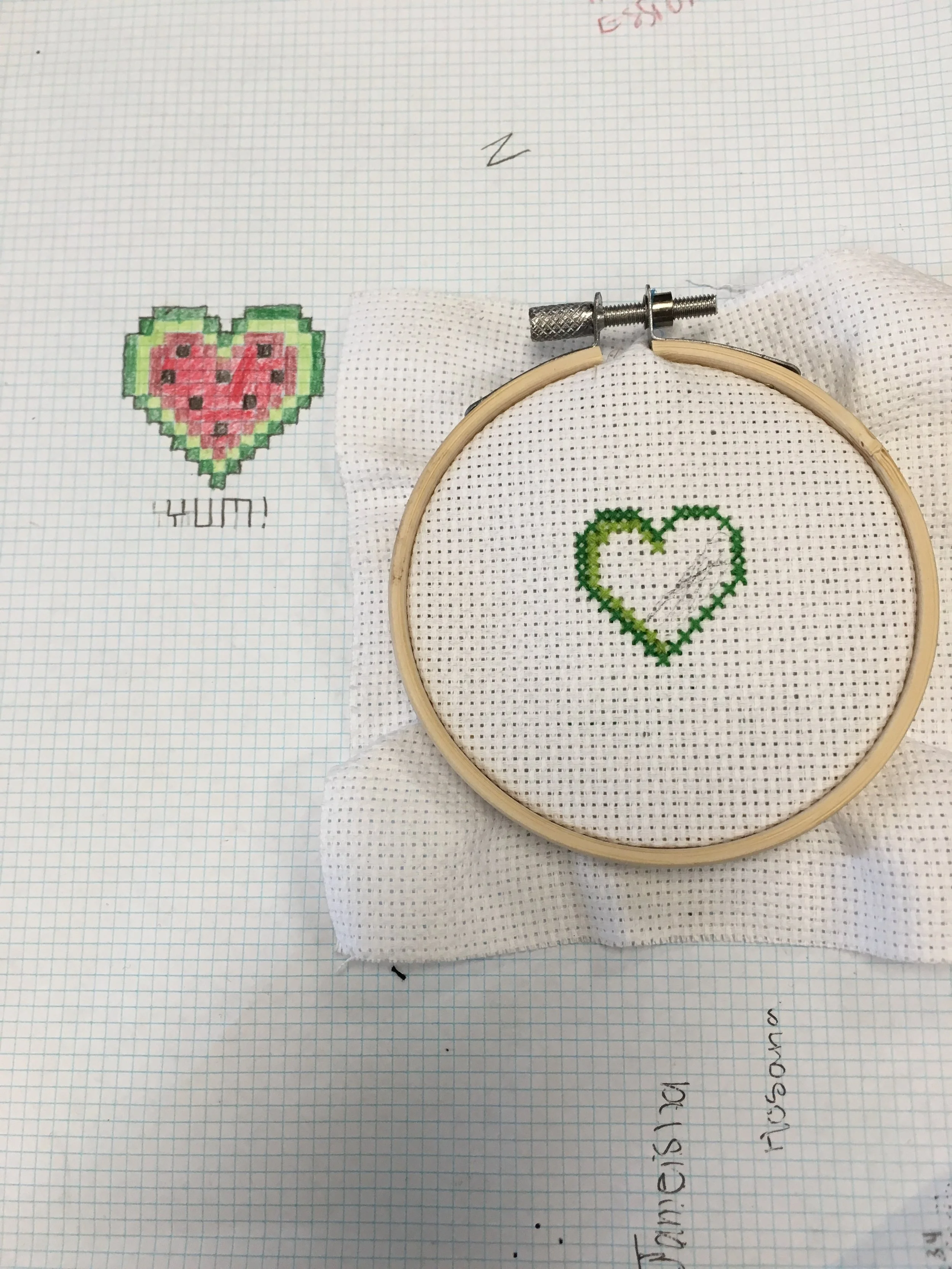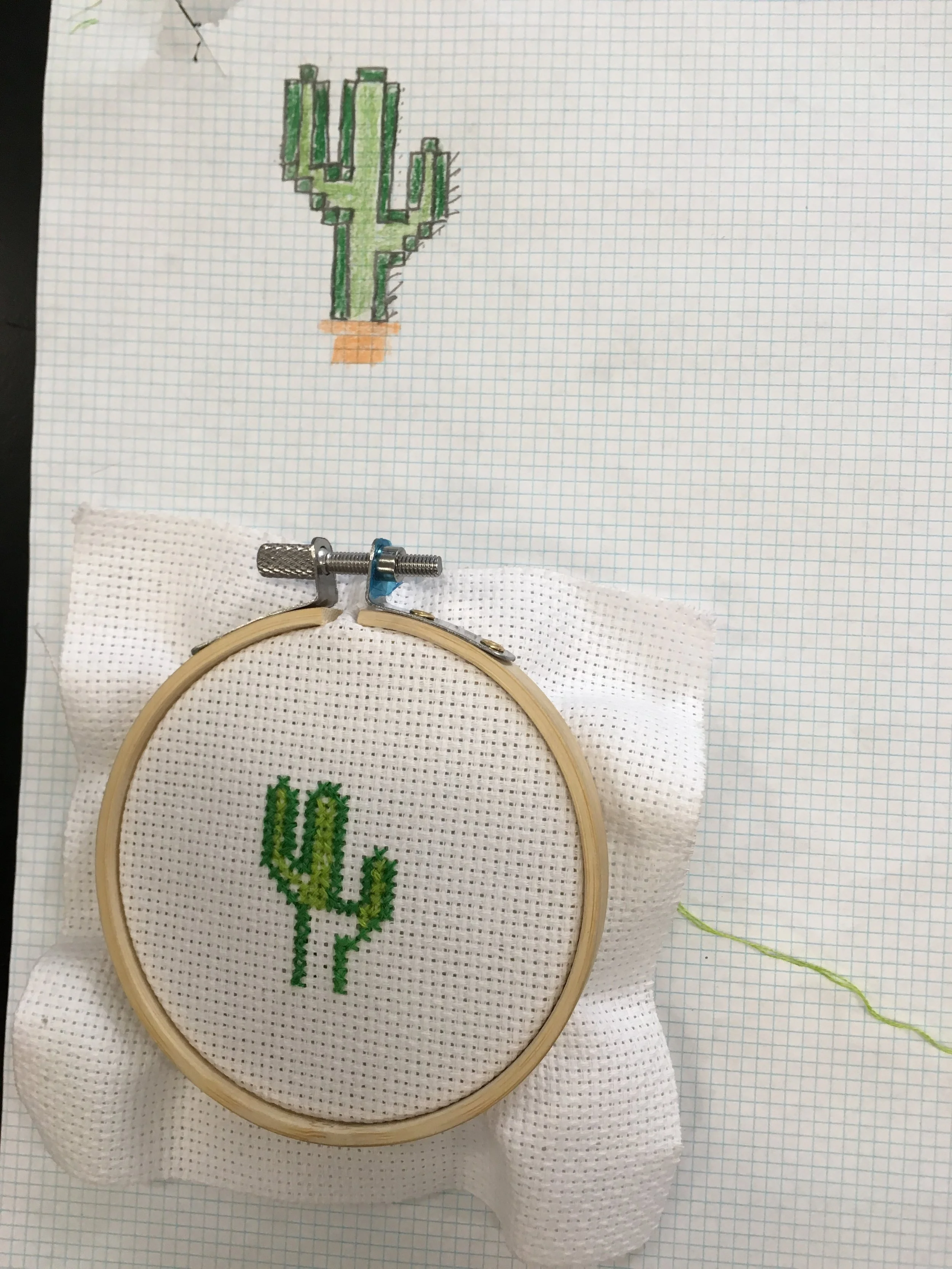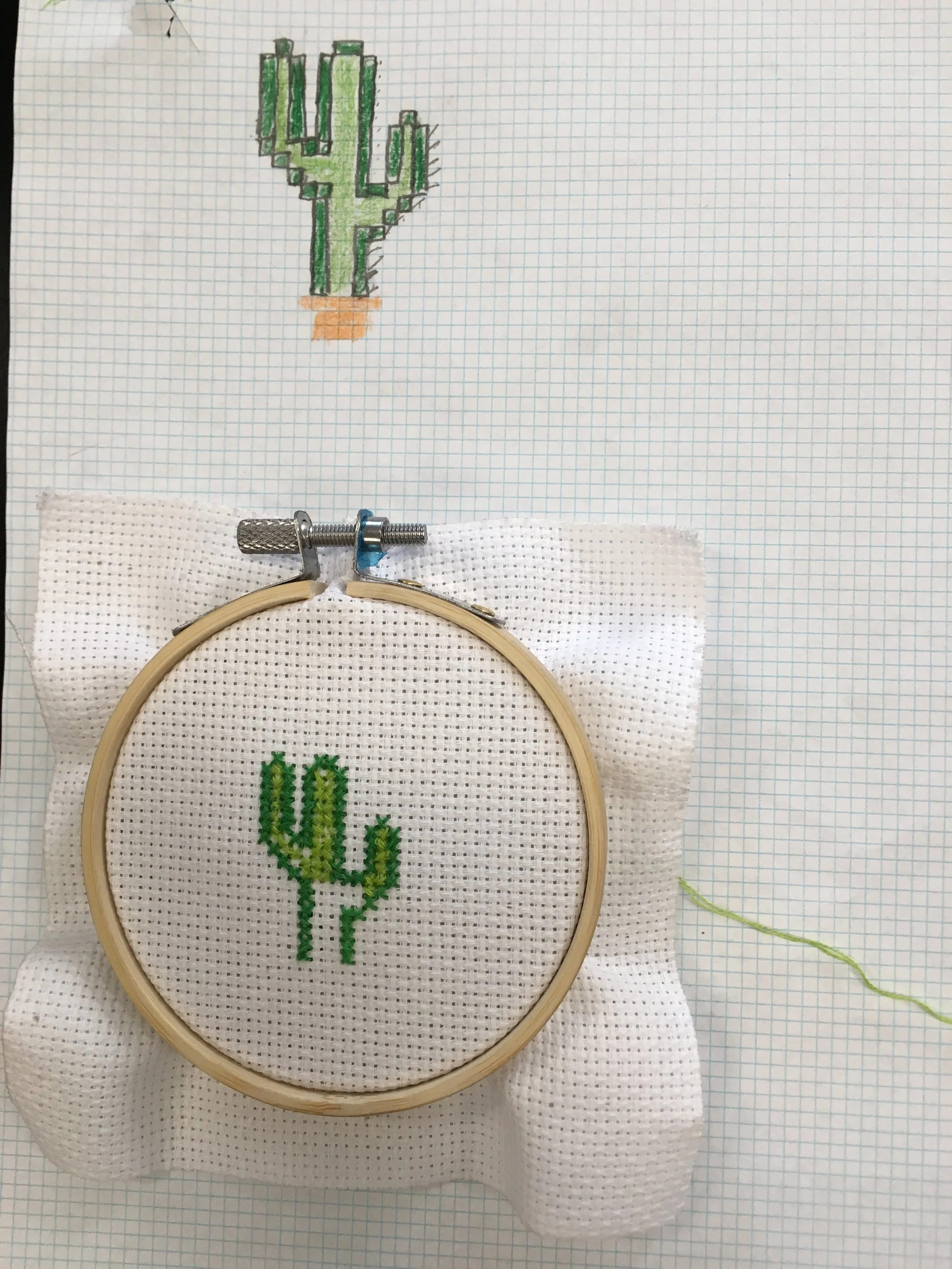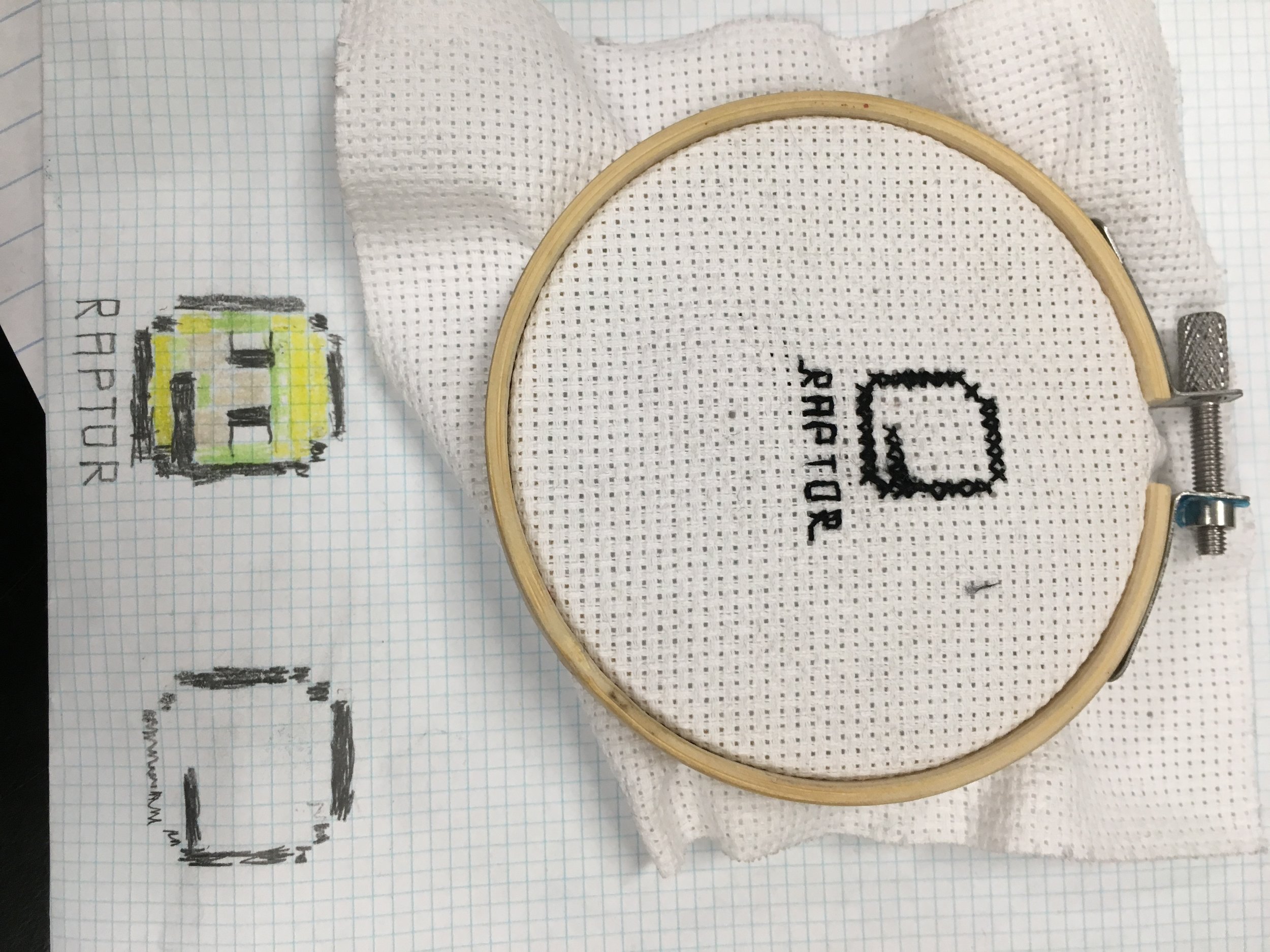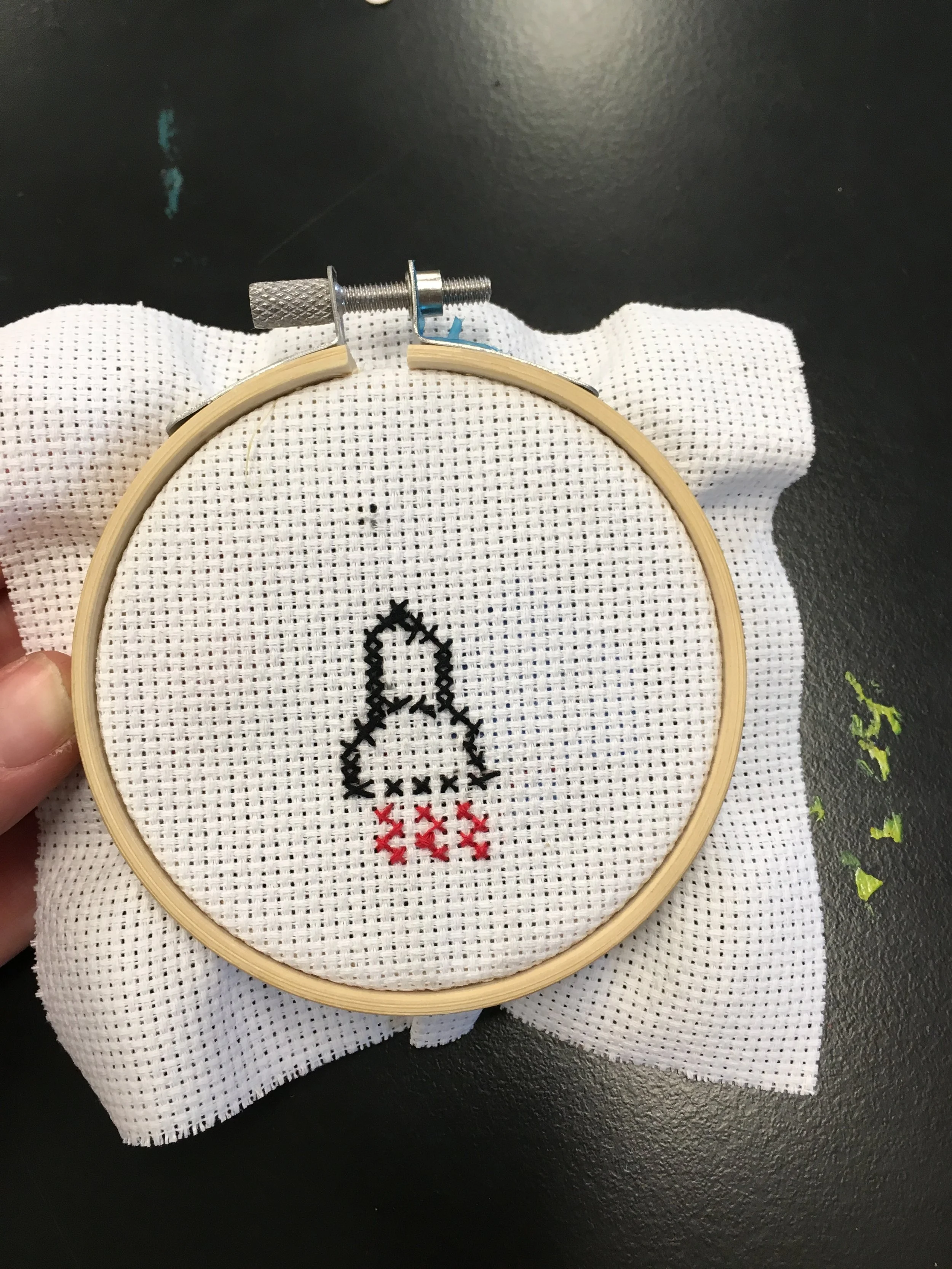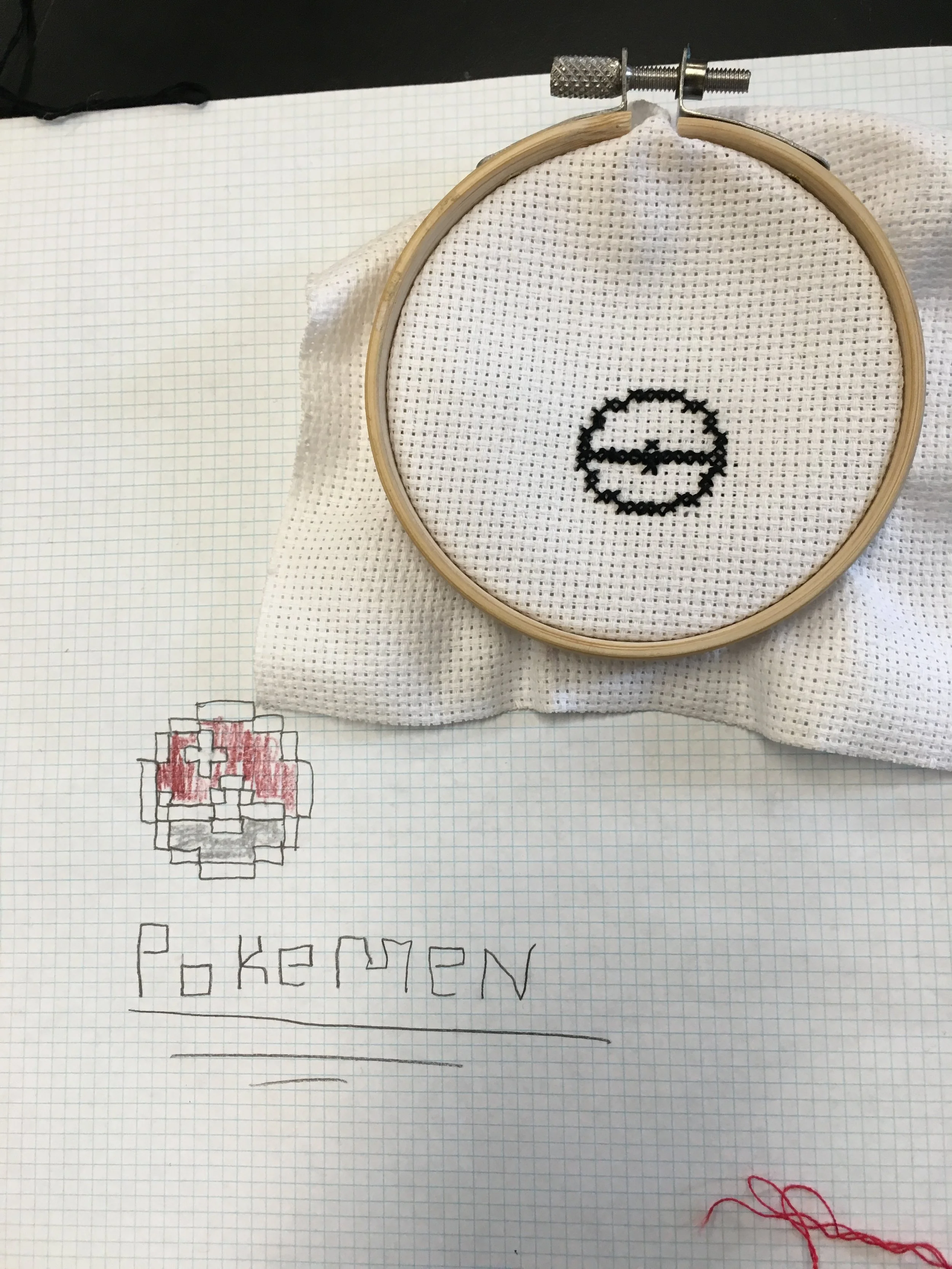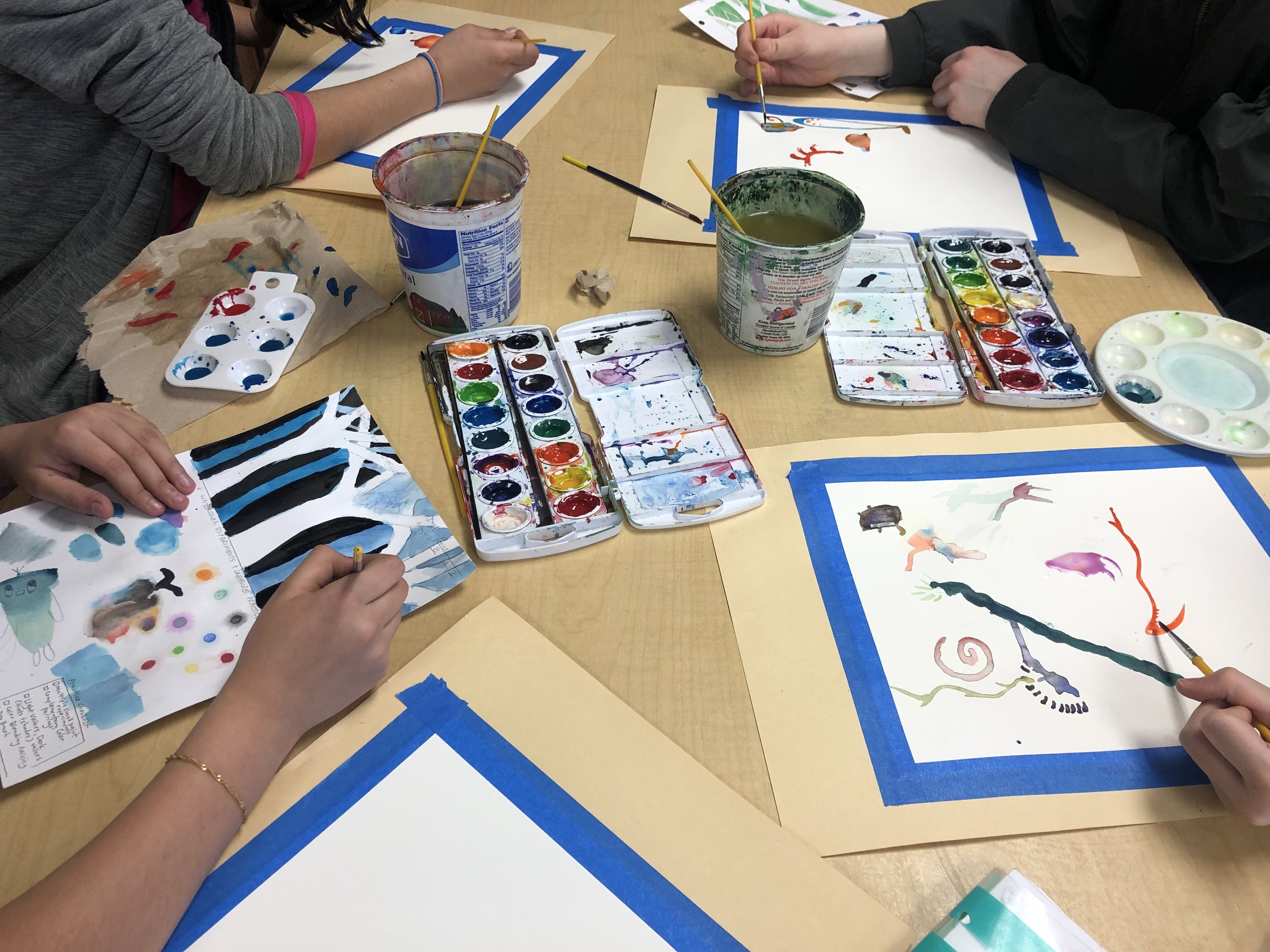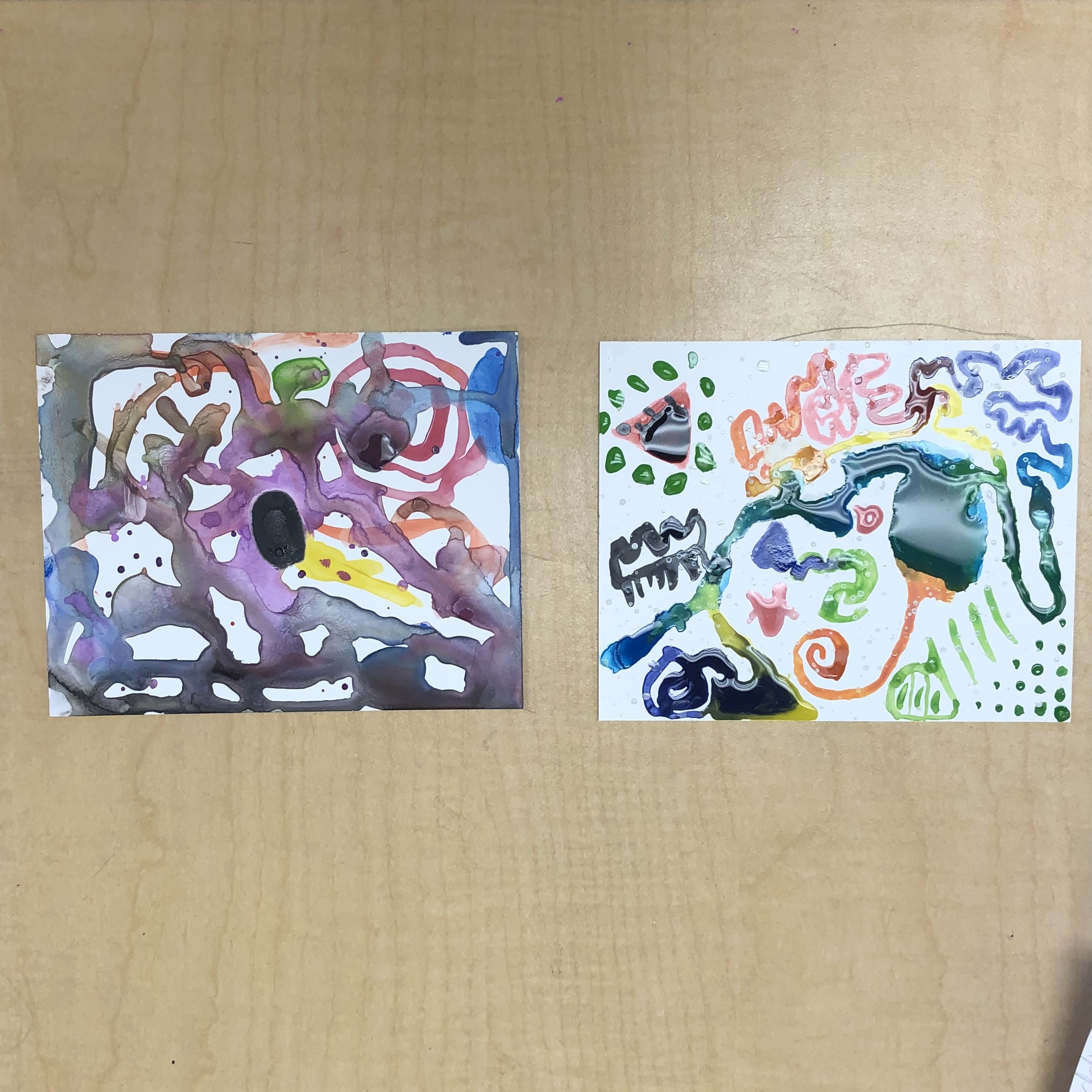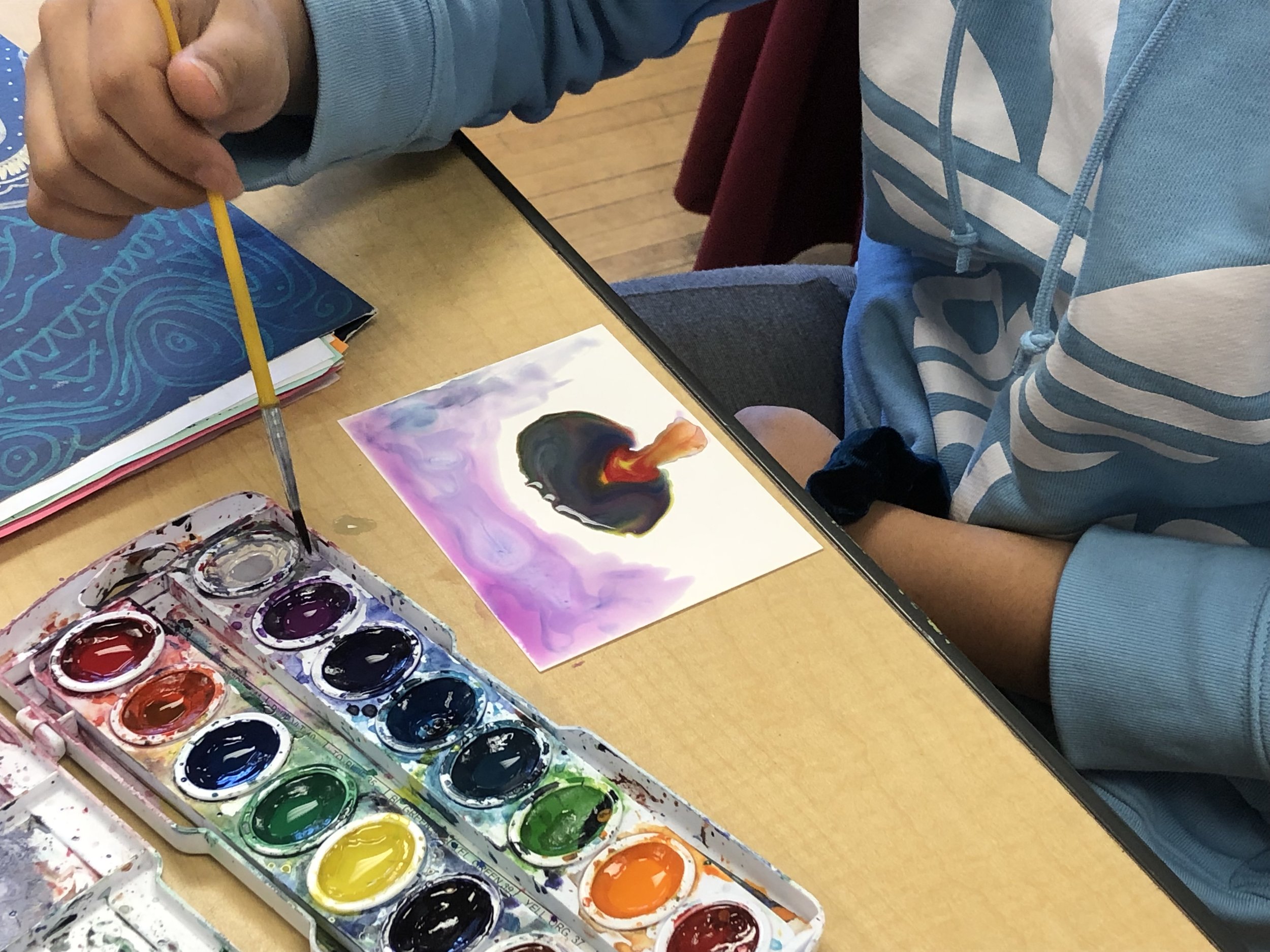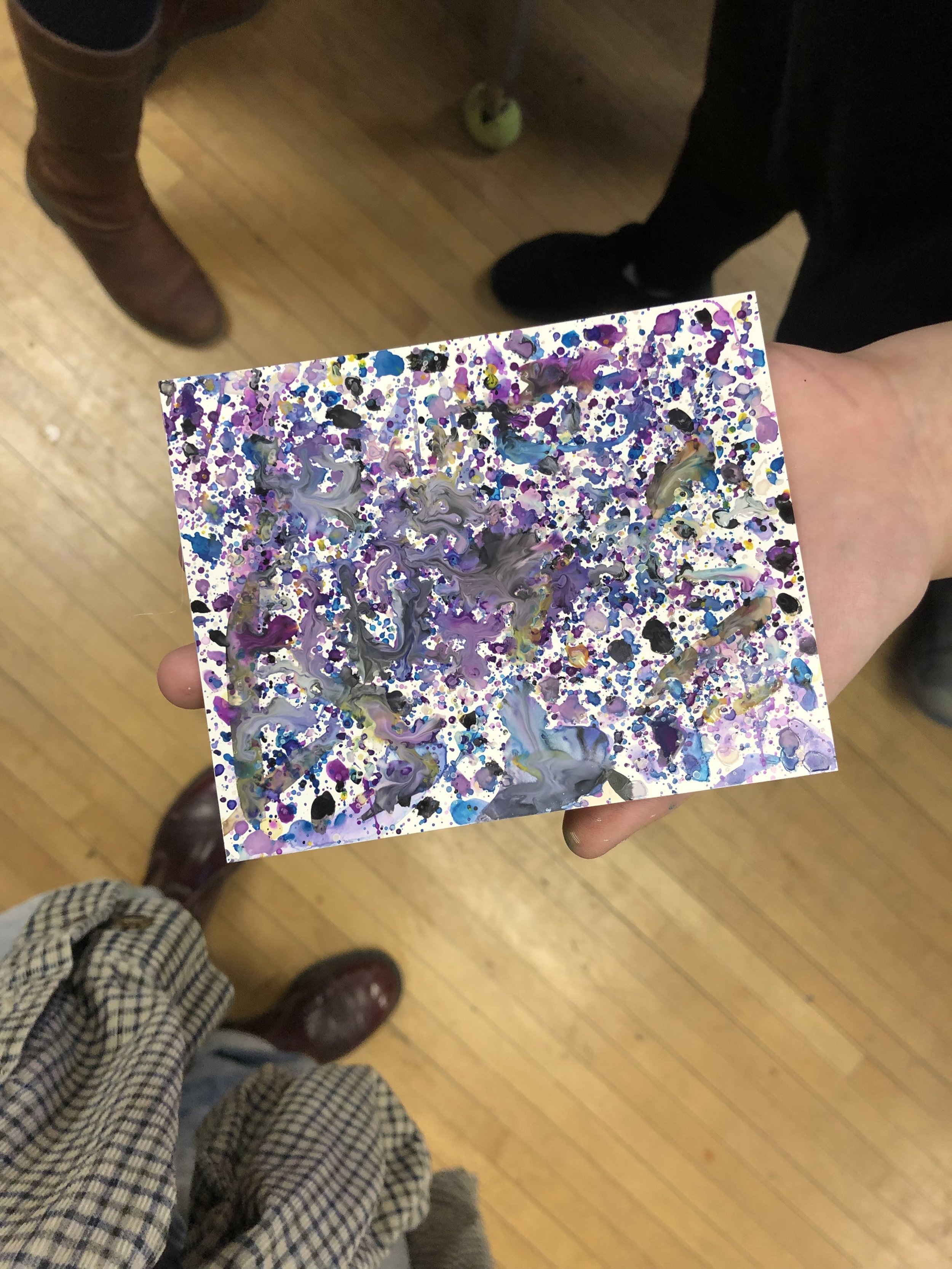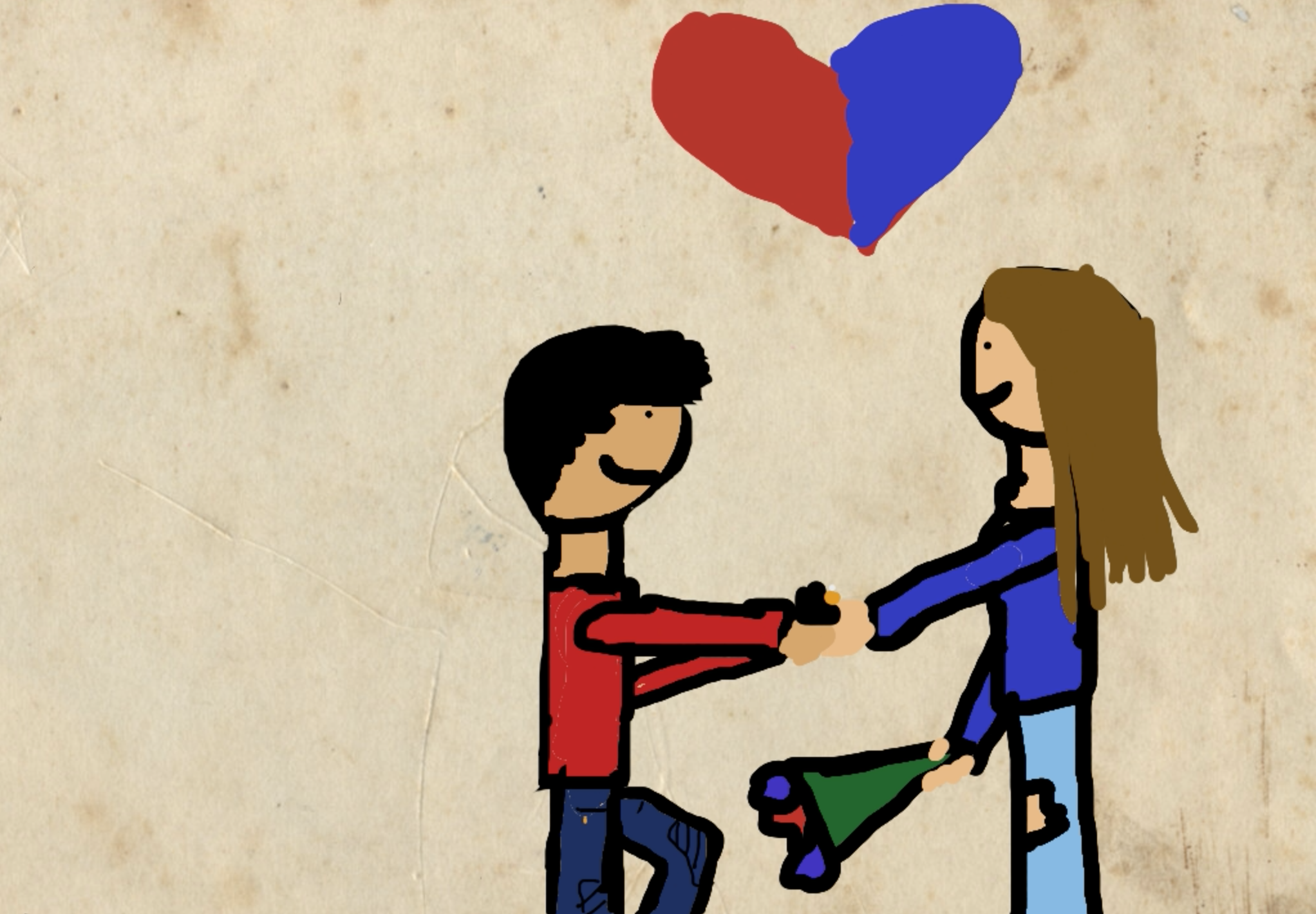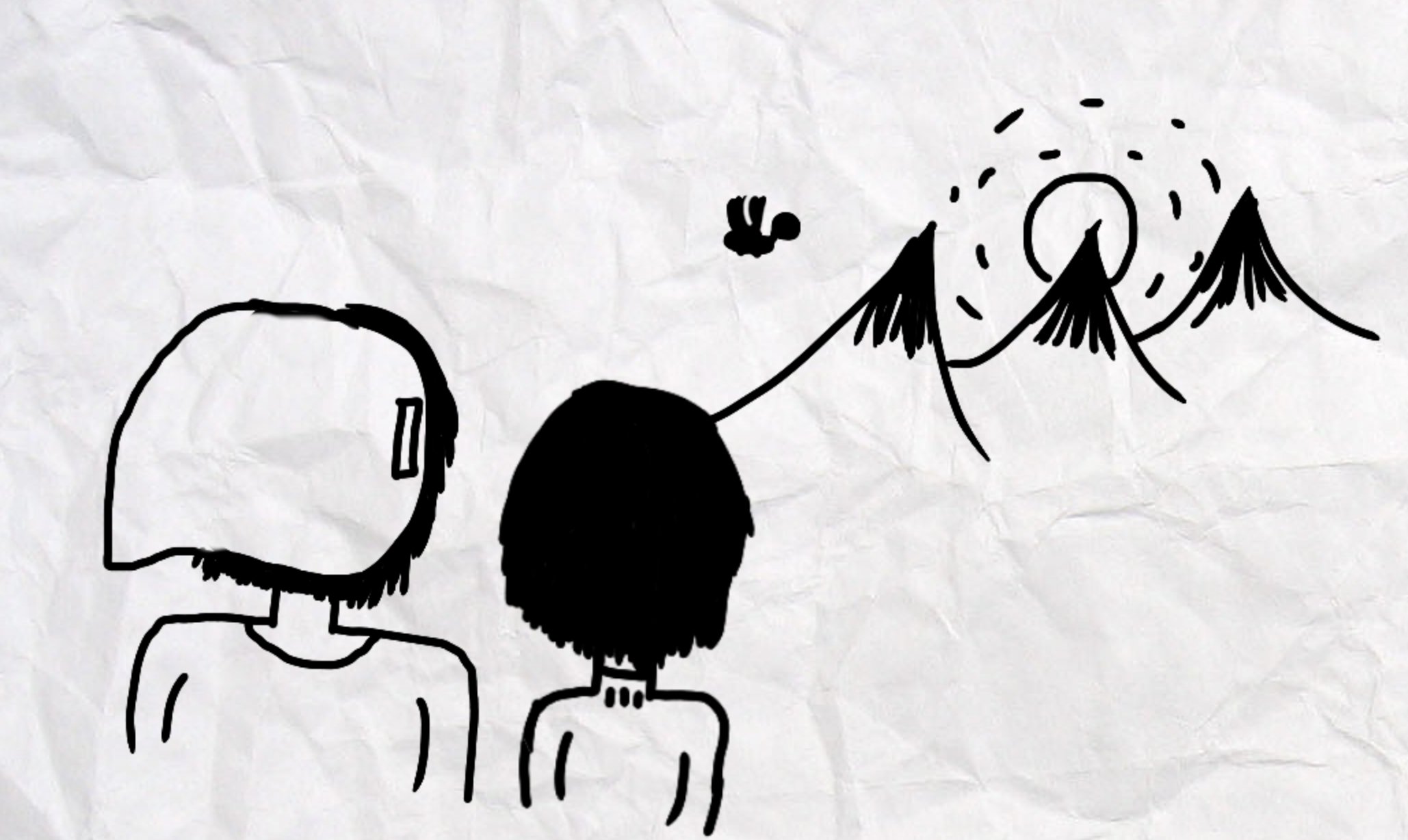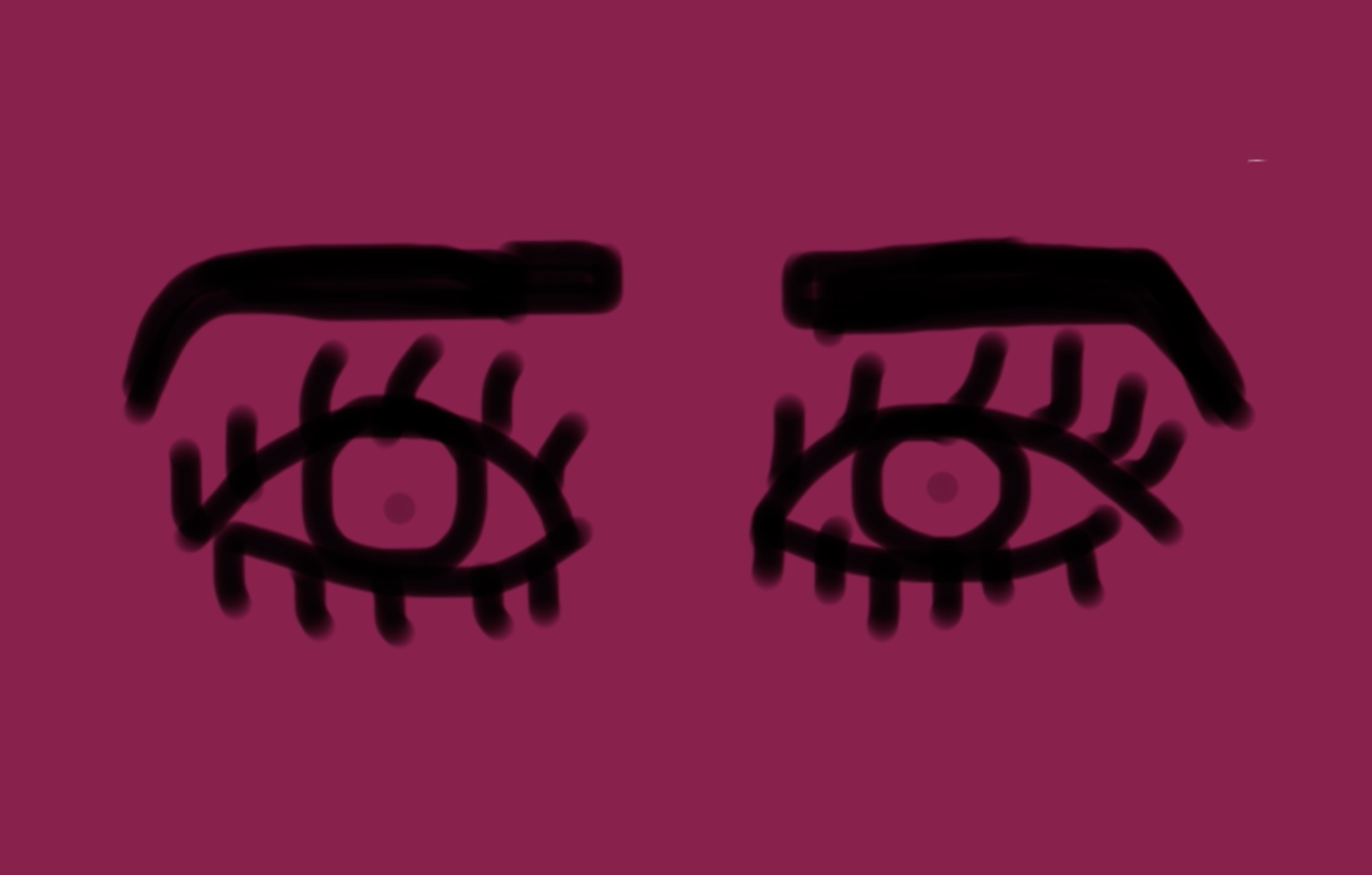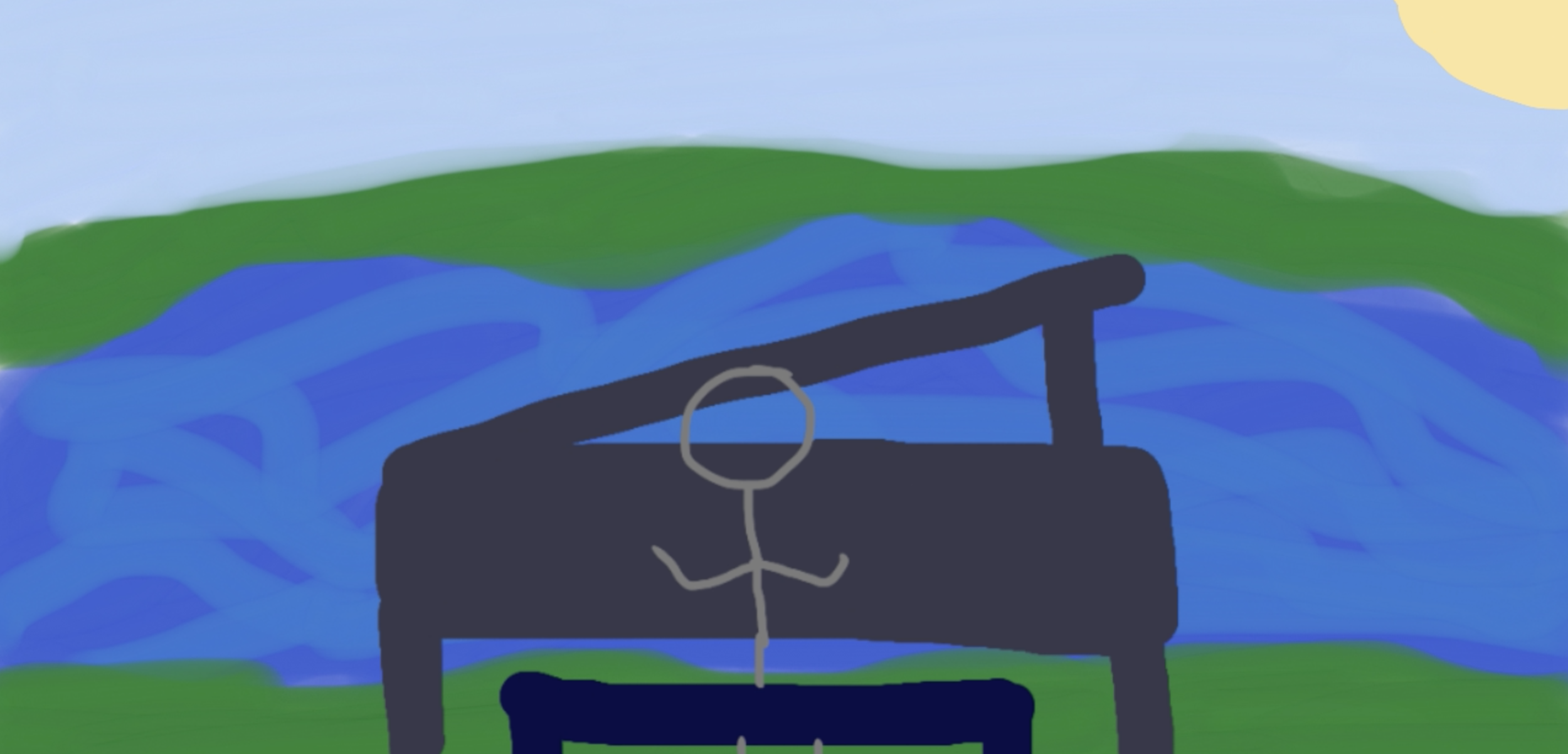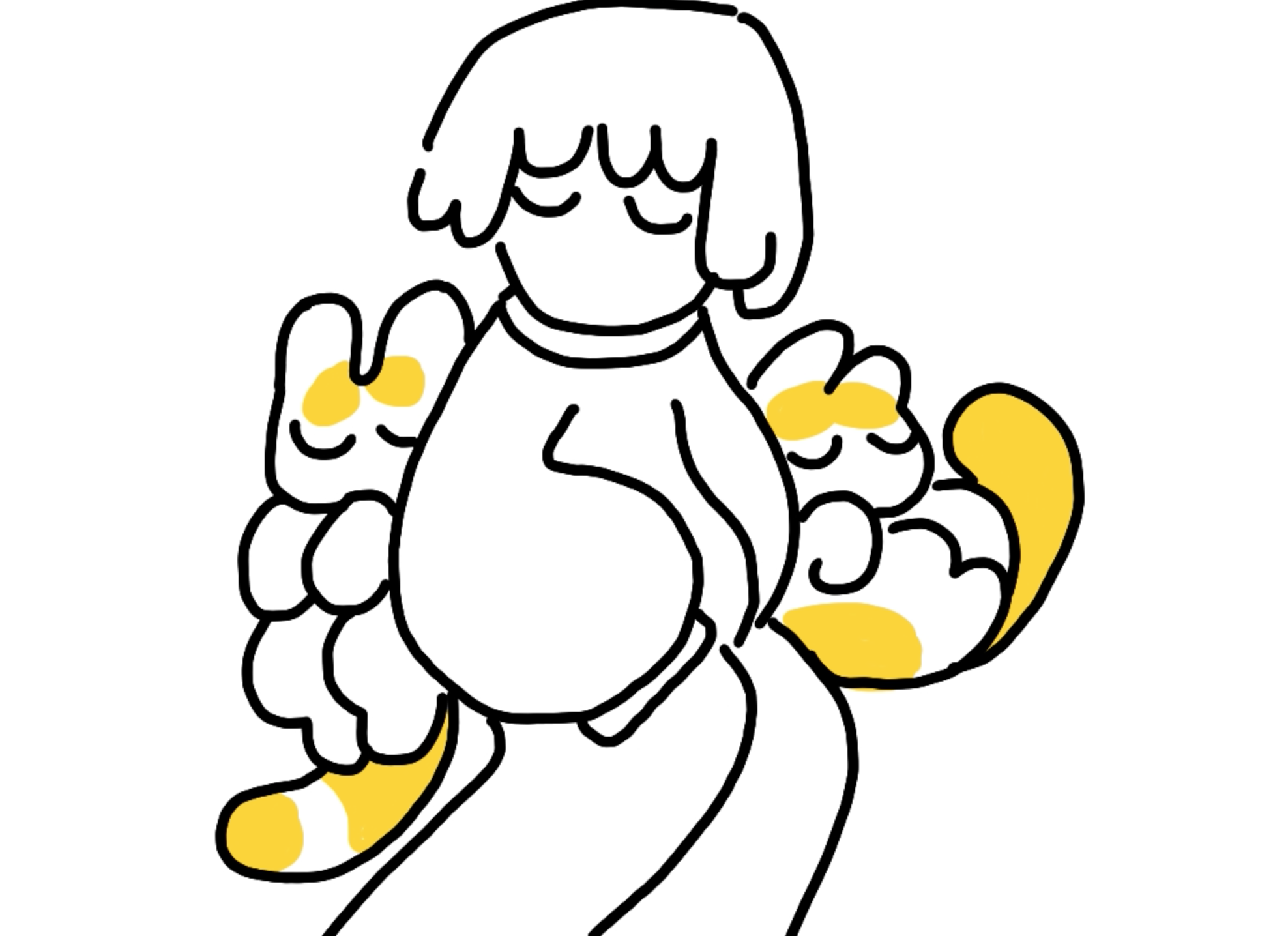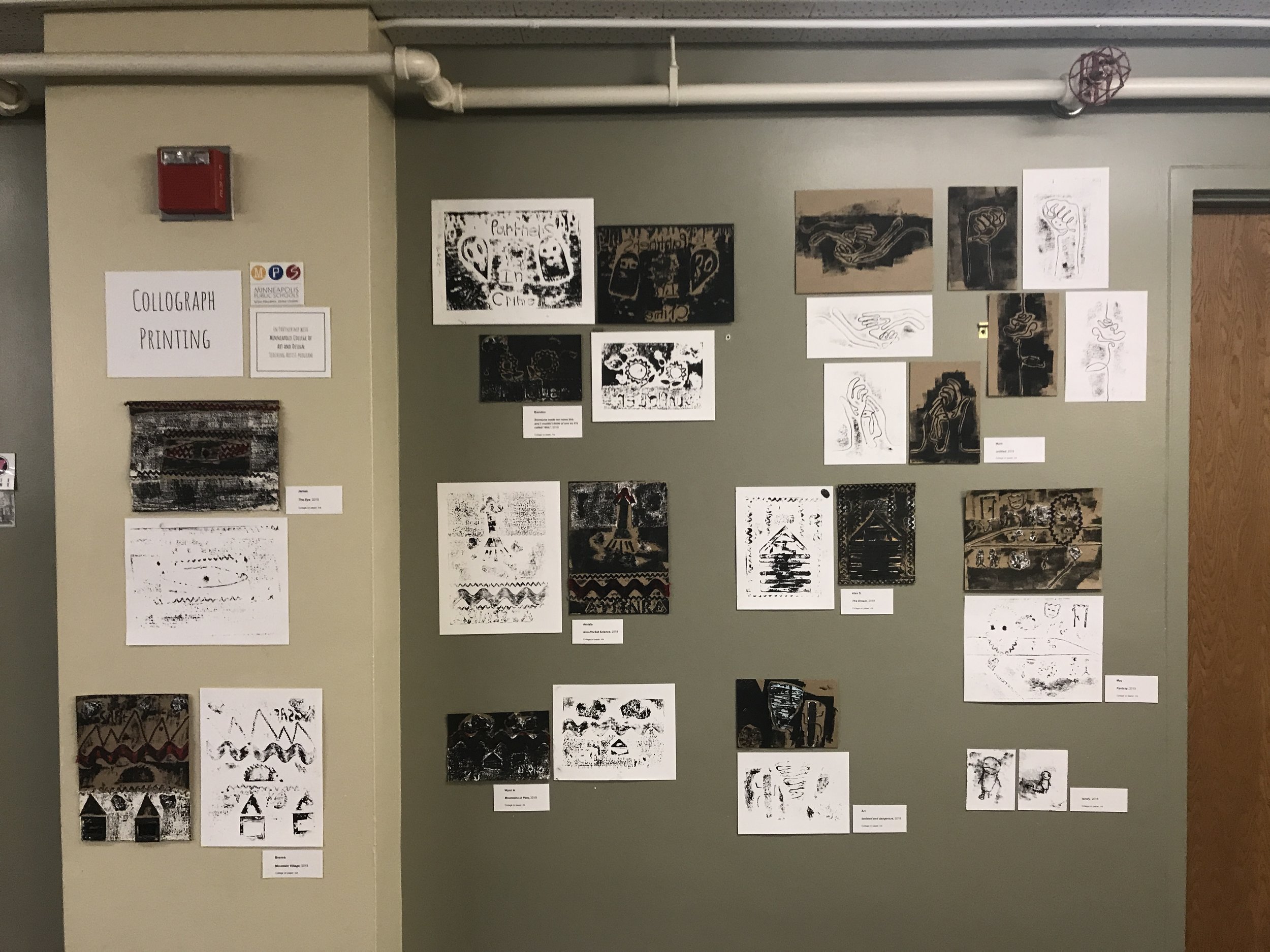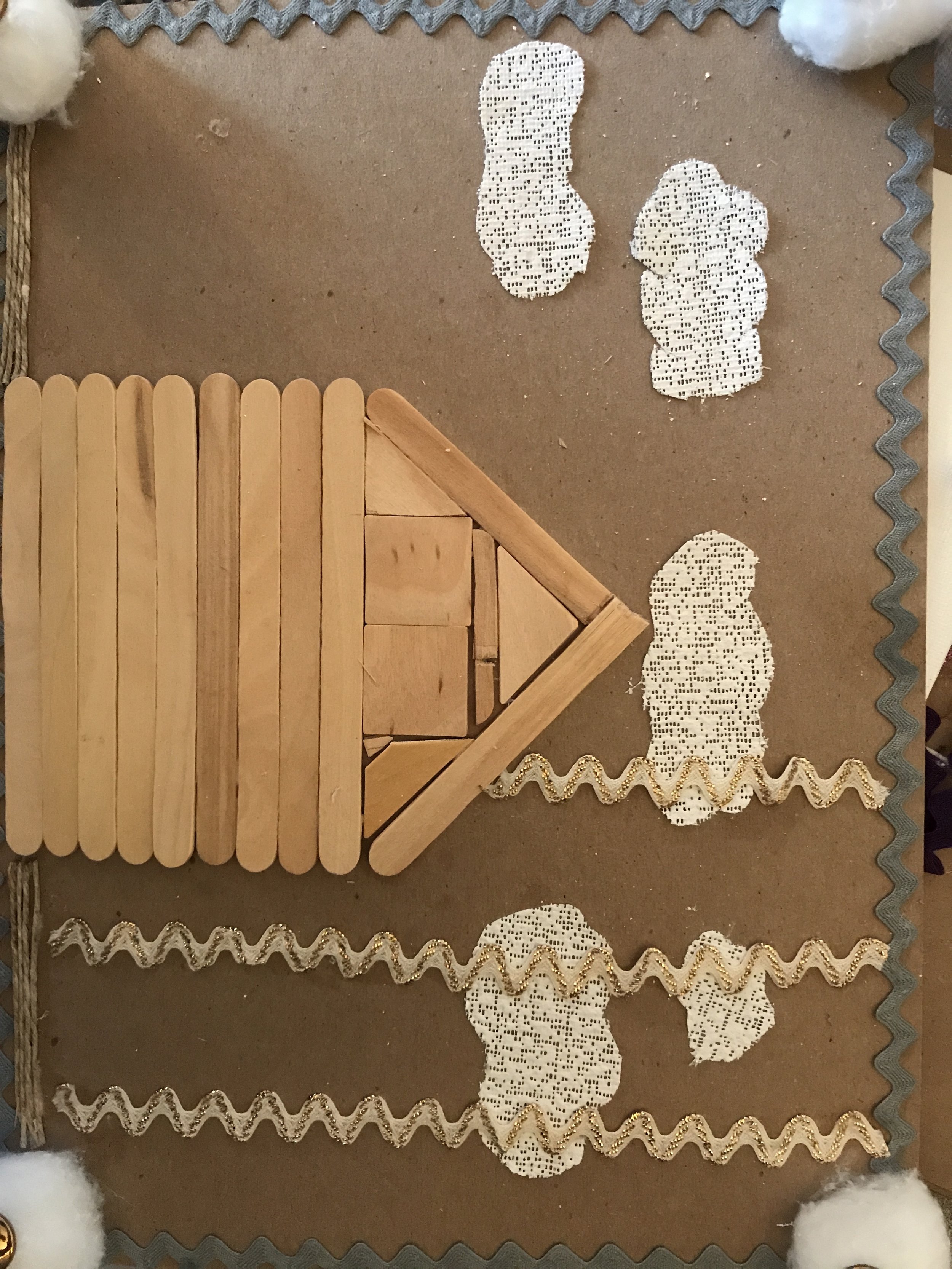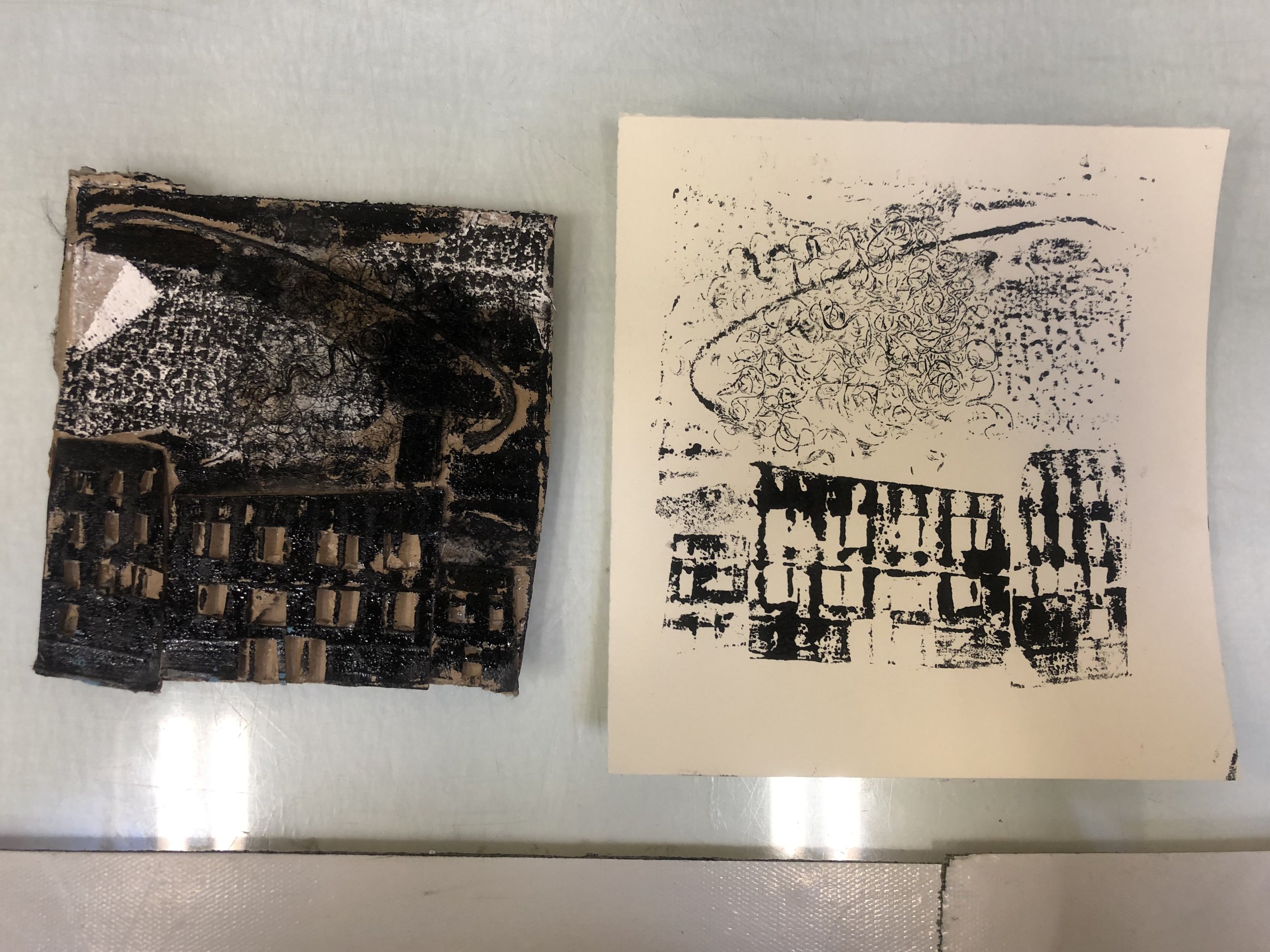15x20 Pech Kucha
Grade Level or Age of Participant: Jrs. And Srs. High School
School, Teacher and Classroom: Perpich Center for Arts Education, Kathryn D’Elia
MCAD Teaching Artist: Emma Konrad
Number of Students: 15
VISUAL ARTS CONTENT OR STANDARDS
9.3.1.5.3
Justify artistic intent, including how audience and occasion influence presentation choices.
CURRICULAR LINK / STANDARDS (if in a classroom only)
AP guidelines on writing requirements for the portfolio submission:
For each work, state the following in writing:
§ Idea(s) visually evident (100 characters maximum, including spaces)
§ Materials used (100 characters maximum, including spaces)
§ Processes used (100 characters maximum, including spaces)
OVERVIEW OF PROJECT
Students will be creating a presentation, similar to a Pecha Kucha, in effort to urge them to get comfortable talking about their work in preparation for submitting their AP statements. Students will be shown an example and then will be helped in creating their own presentations.
“BIG IDEAS”/ ESSENTIAL QUESTION(S)
How can artists clearly and effectively communicate the concepts and ideas present within their work? How does documentation effect the impact of the work being presented? How can artists talk about and introduce themselves?
STUDENT OUTCOME OBJECTIVES
Students will:
1. Learn how to condense and communicate the ideas in their work
2. Learn about proper use of documentation
3. Create a presentation that clearly and concisely sums up the ideas within their concentrations
PRIOR KNOWLEDGE
Students have been preparing their portfolios for AP and each have developed pieces and ideas for that. They will use this prior experience to inform their presentations
LESSON PREPARATION TIMELINE
Feb 28th- Meeting with Lynda
March 12th- Teaching Observation
EXAMPLES OF ARTWORK
My hope is to show a video of an artist presenting their PKs and additionally show the teaching artists. This is to show the range in which this tool can be used.
ADDITIONAL RESOURCES
ASSESSMENT
The first day is used to introduce the assignment and help build the students presentations.
The second day is going to be used to present their work. I am hoping to be able to have a conversation after the first day about how they felt the presentation process went. While this is going to be valuable for assessing my teaching, this is primarily going to serve the purpose of talking about overcoming obstacles when talking about their work.
MATERIALS
Computer and access to Ppt, Keynote or Google Slides
LEARNING ACTIVITIES AND TIMING
1. Introduction of project idea- What is a Pecha Kucha, where did they originate, What is our purpose for doing them? 10 minutes
2. Presentation- 10 minutes
-Artist examples
-Teaching Artist PechaKucha
3. Project Review- What did you notice? What questions do you have? 5 minutes
4. Project creation- 45 minutes
-Individual meeting time
5. Project Recap and Dismissal- 10 minutes
6. DAY 2 (One week later)- Presentations and feedback
TEACHING ARTIST REFLECTION
I’m worried about some students feeling hesitant to talk about their work so openly. However, the instructor has expressed that getting the students to talk about their work in this capacity is something she would like the students to address. I feel like the students may be put off by the idea of presenting their work and am hoping that giving my presentation will ease them into the process. I am considering having them just present within their small groups and give each other feedback as that may make them more comfortable.









